Explore metal jewelry techniques, from cut to finishes, to create unique and original custom pieces
Discover the fascinating world of jewelry through a series of techniques that will allow you to create unique and personalized pieces. Explore everything from design to metal jewelry making, using tools and techniques such as cutting, filing, soldering, and finishing. Plus, learn to shape and intertwine wire to create jewelry with organic and elegant shapes. Master the basic knots of macramé and combine them with beads and natural stones for a bohemian touch. With Maike Siegel, Maria Rosua, Fatto, Maria Constanza Bielsa, Vattea, Roxana Pardo, and Fibra Bohemia, you'll learn to merge creativity and technique.
Delve into the art of stone setting to secure and embellish your creations. Experiment with pigments and patinas on metal, achieving unique finishes through combinations of color and texture. Explore jewelry design with recycled beads and fabrics, applying textile manipulation techniques for innovative results. This tour will allow you to develop a personal style, combining traditional methods with experimental techniques. An opportunity for those who wish to innovate in the world of handcrafted jewelry, guided by experts in each technique.
What will you learn in this specialization?


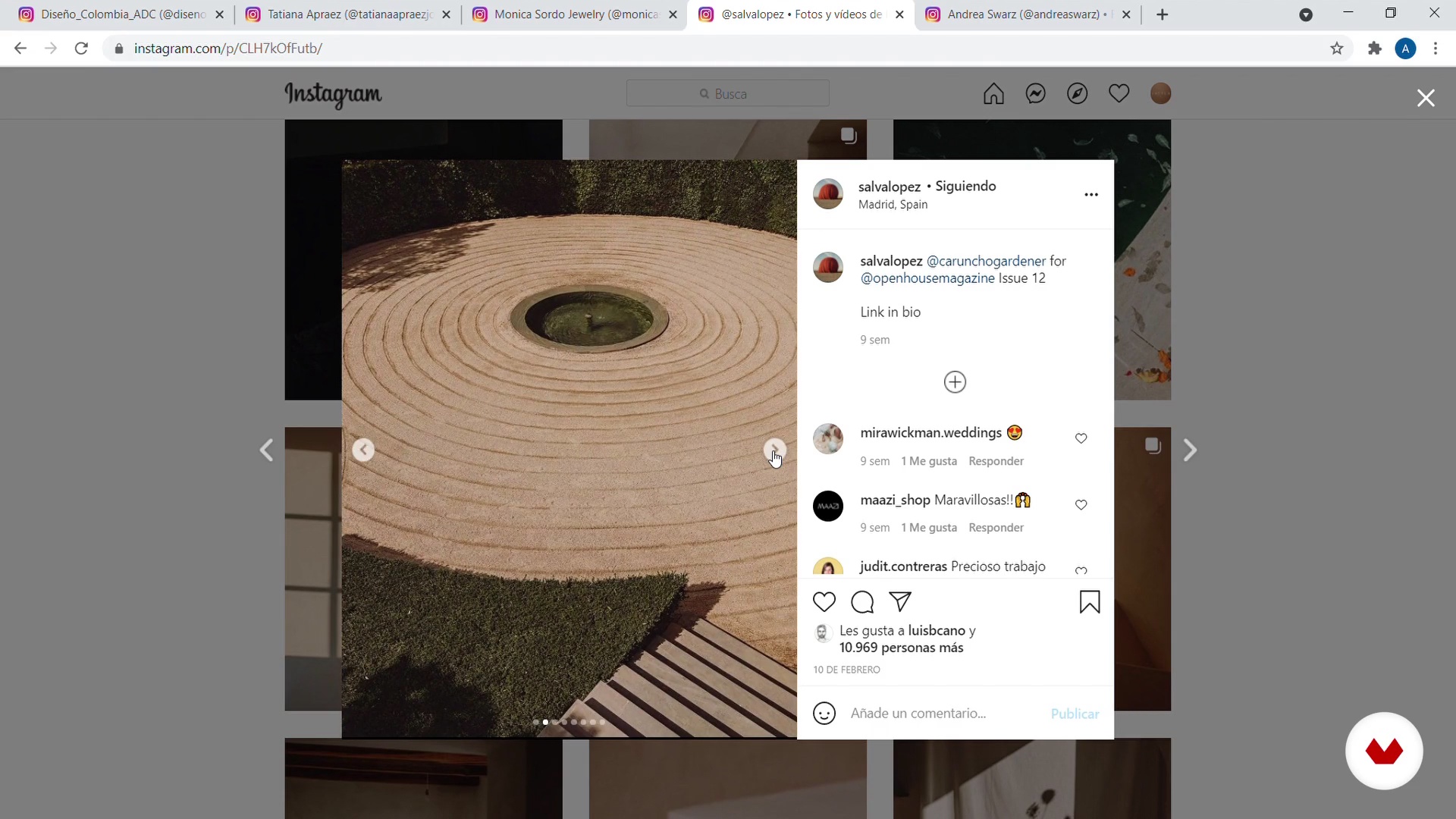
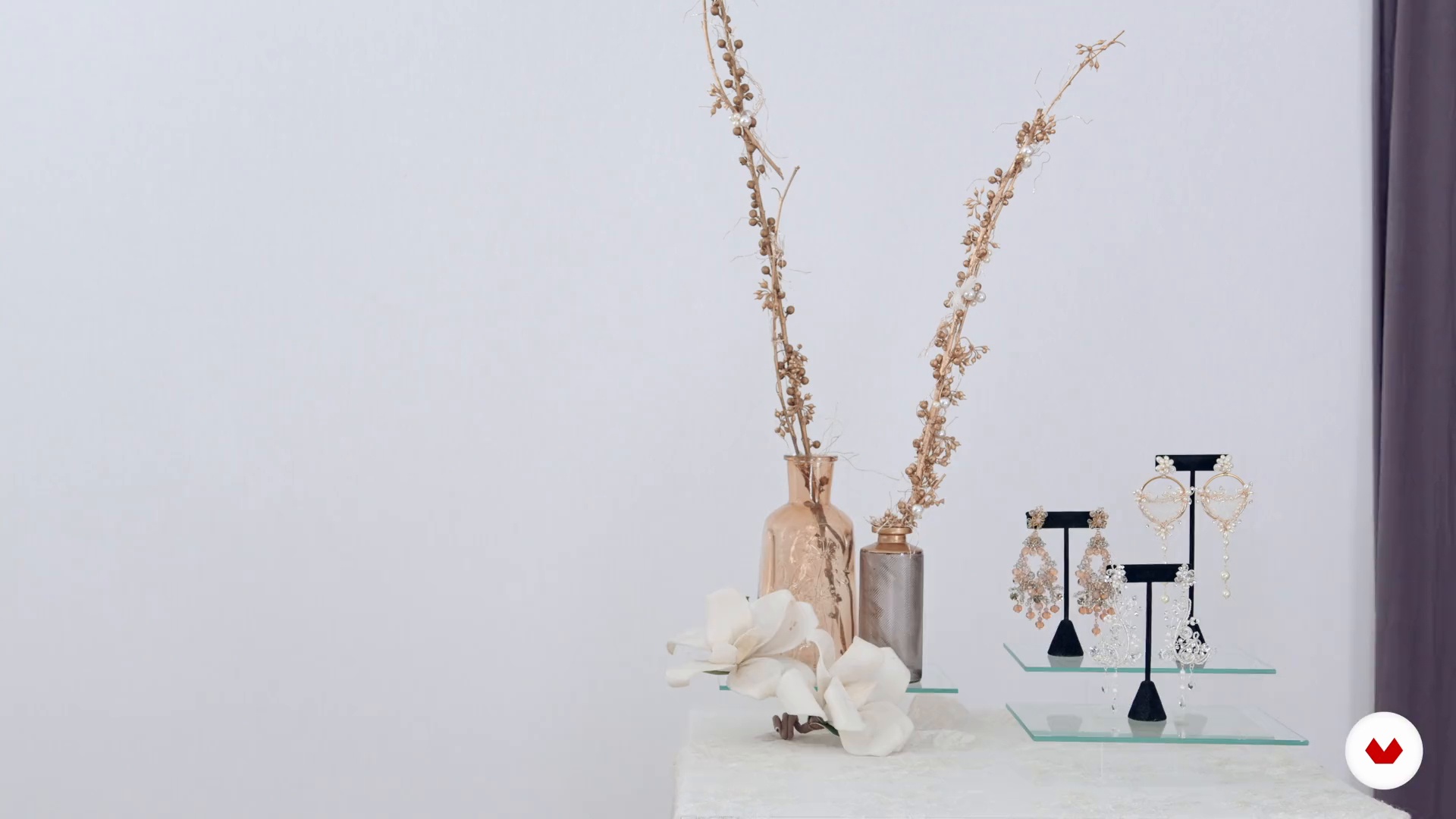
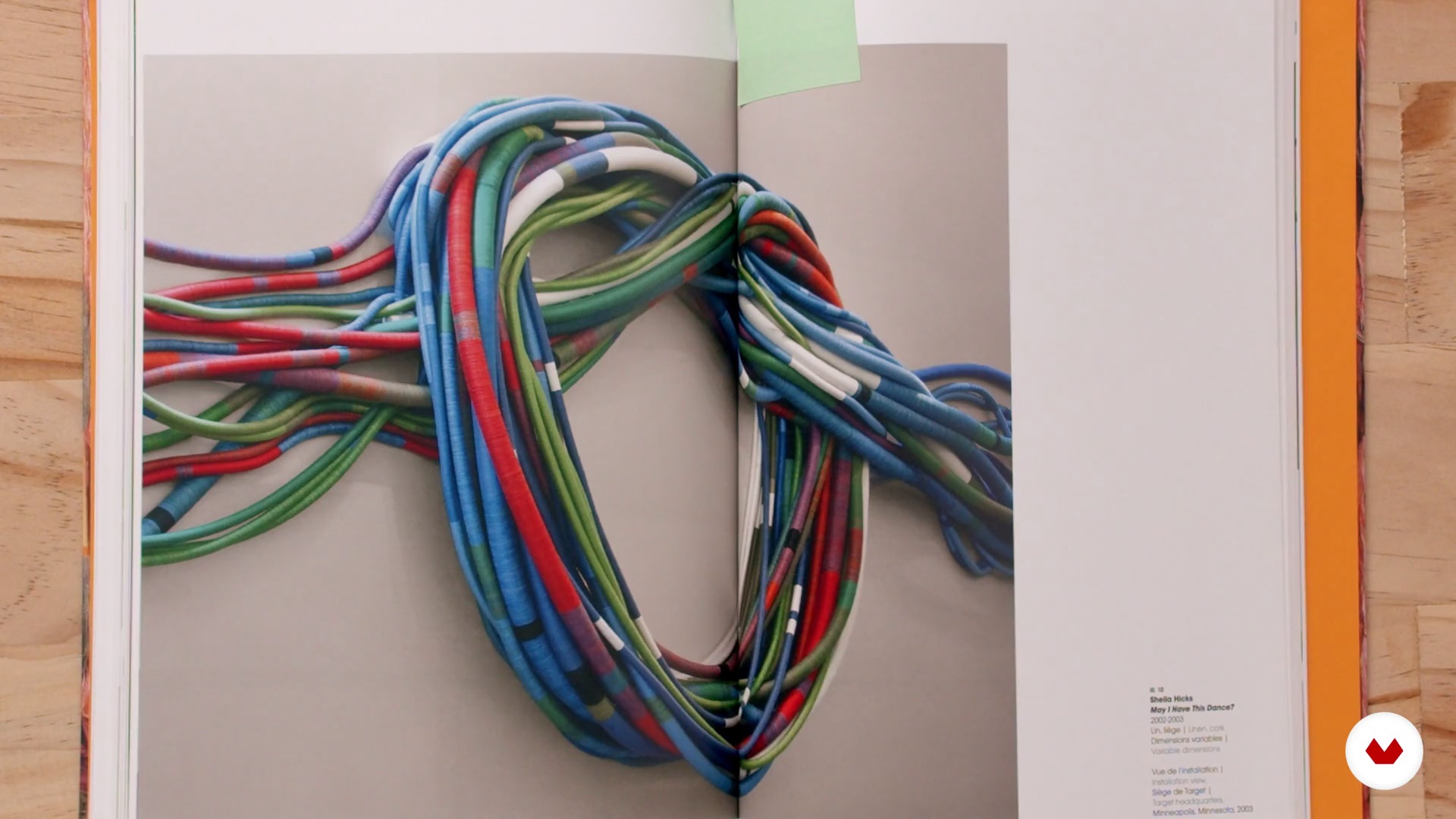
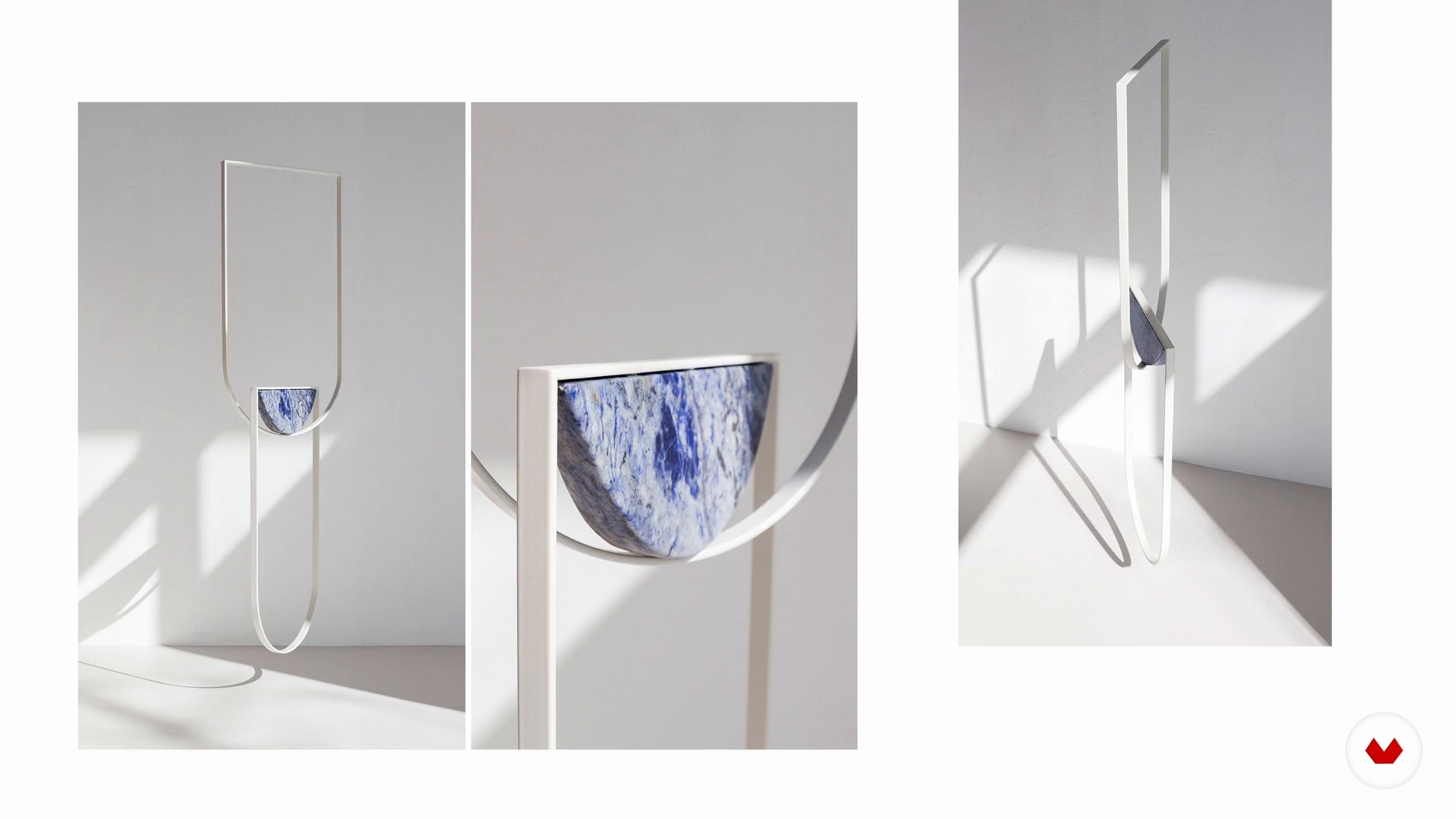
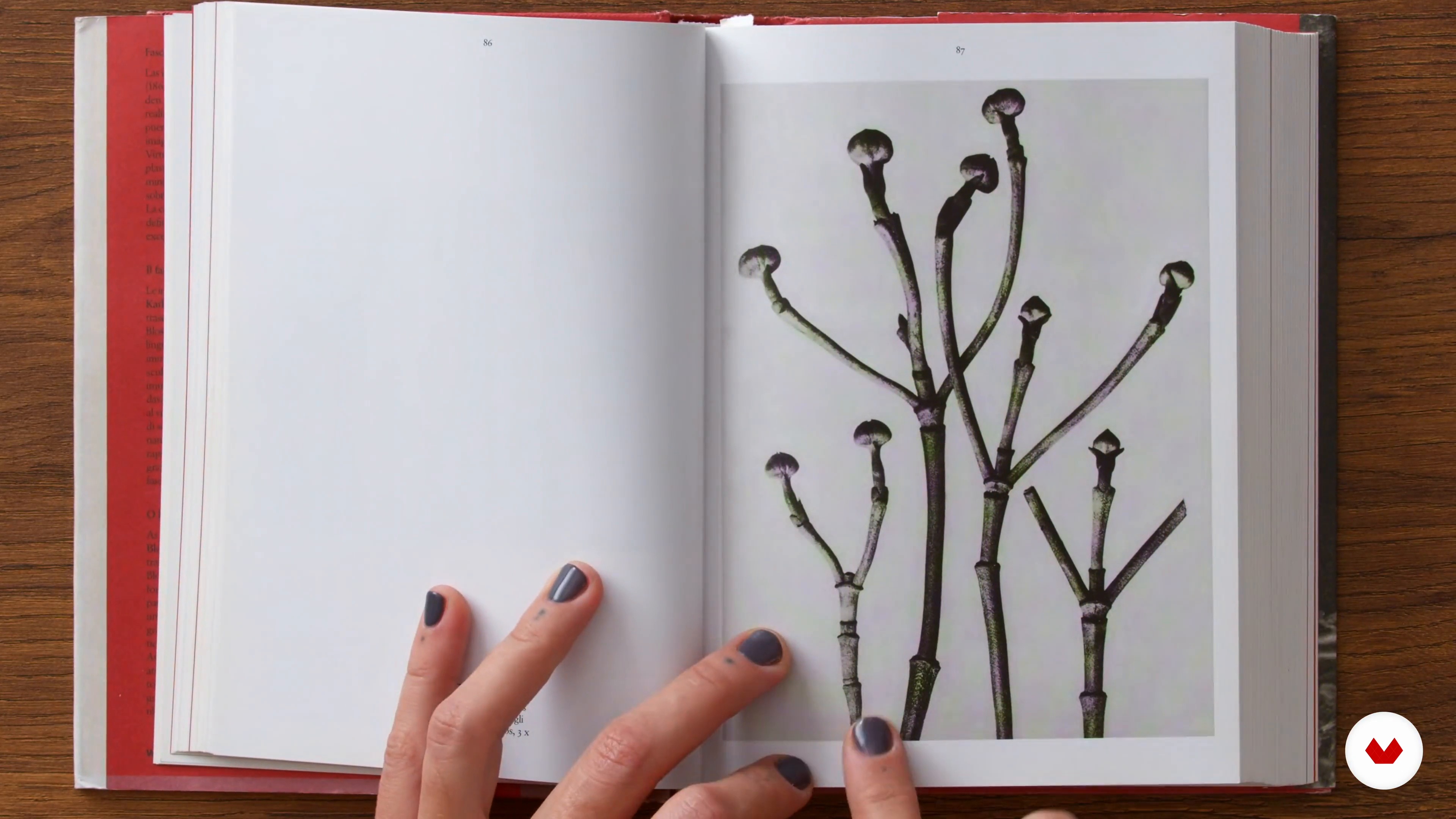

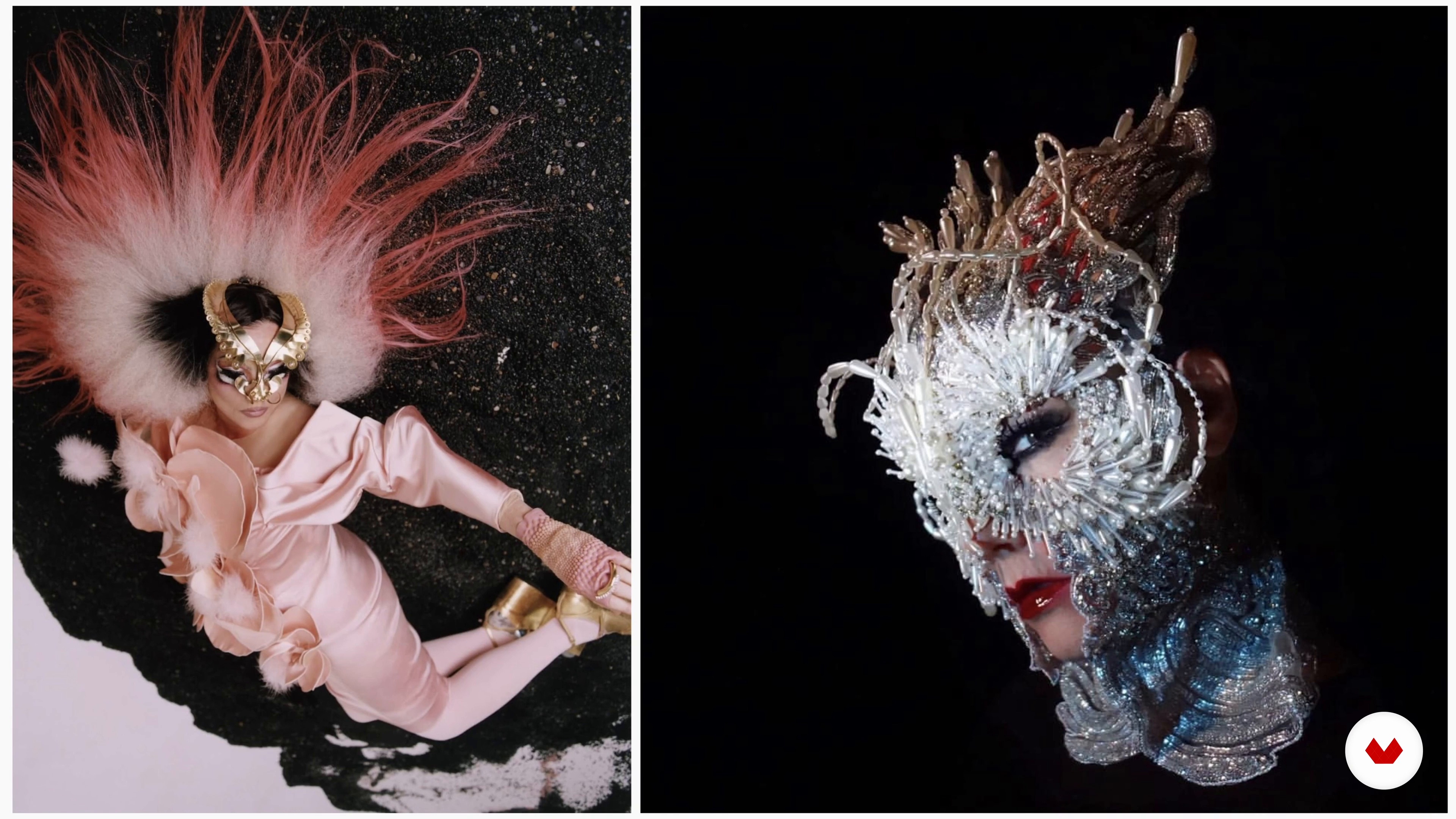


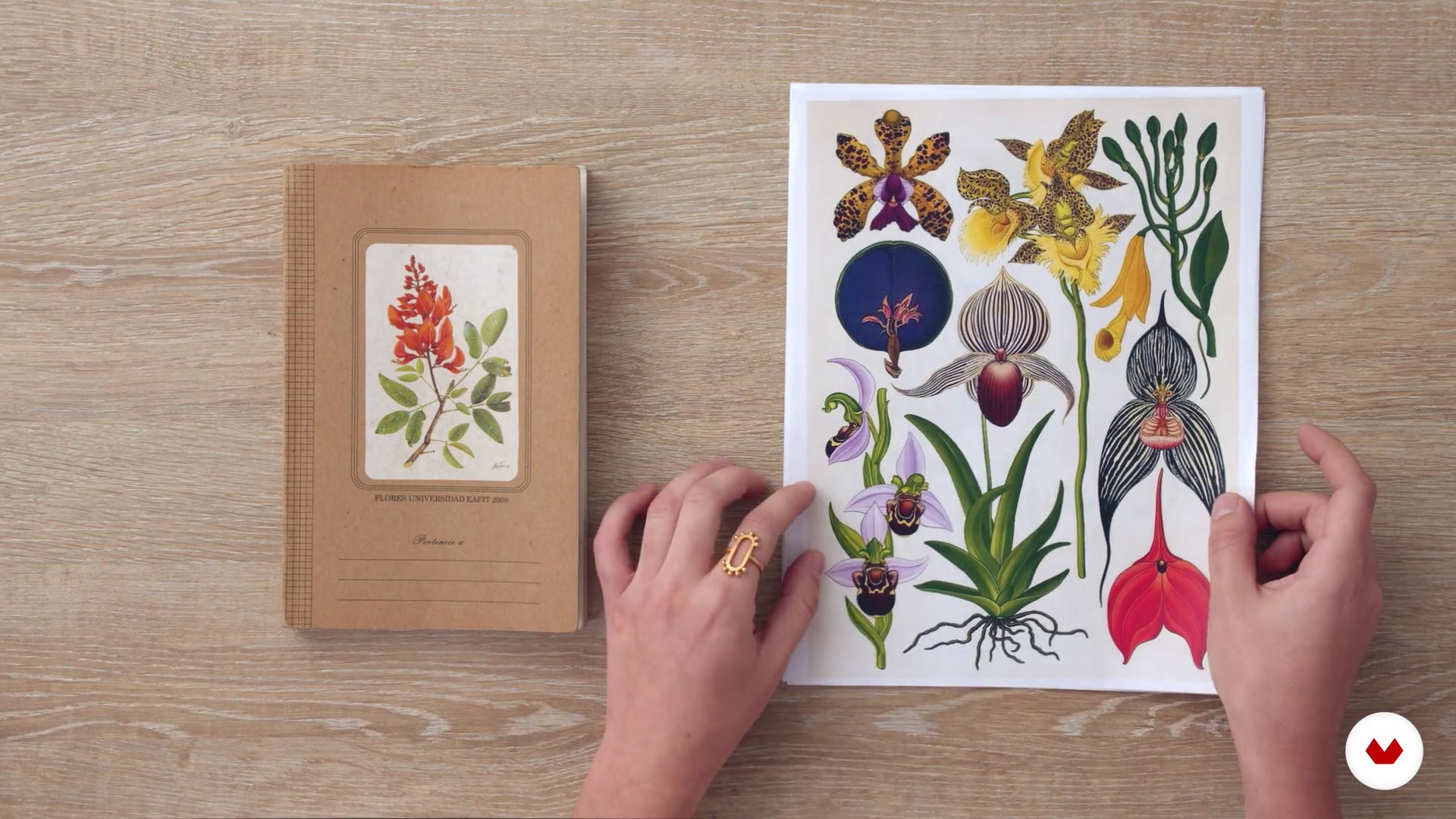
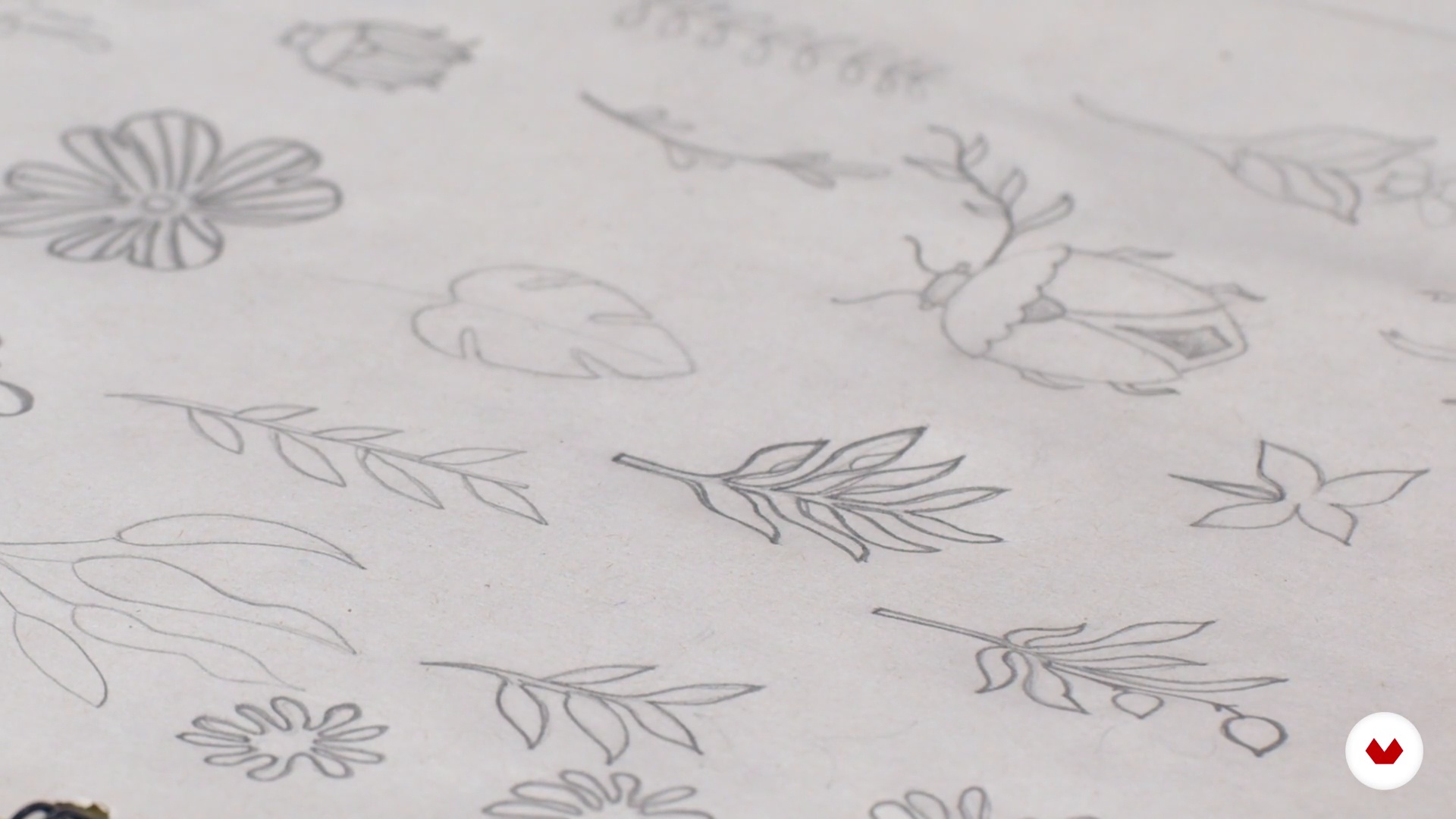

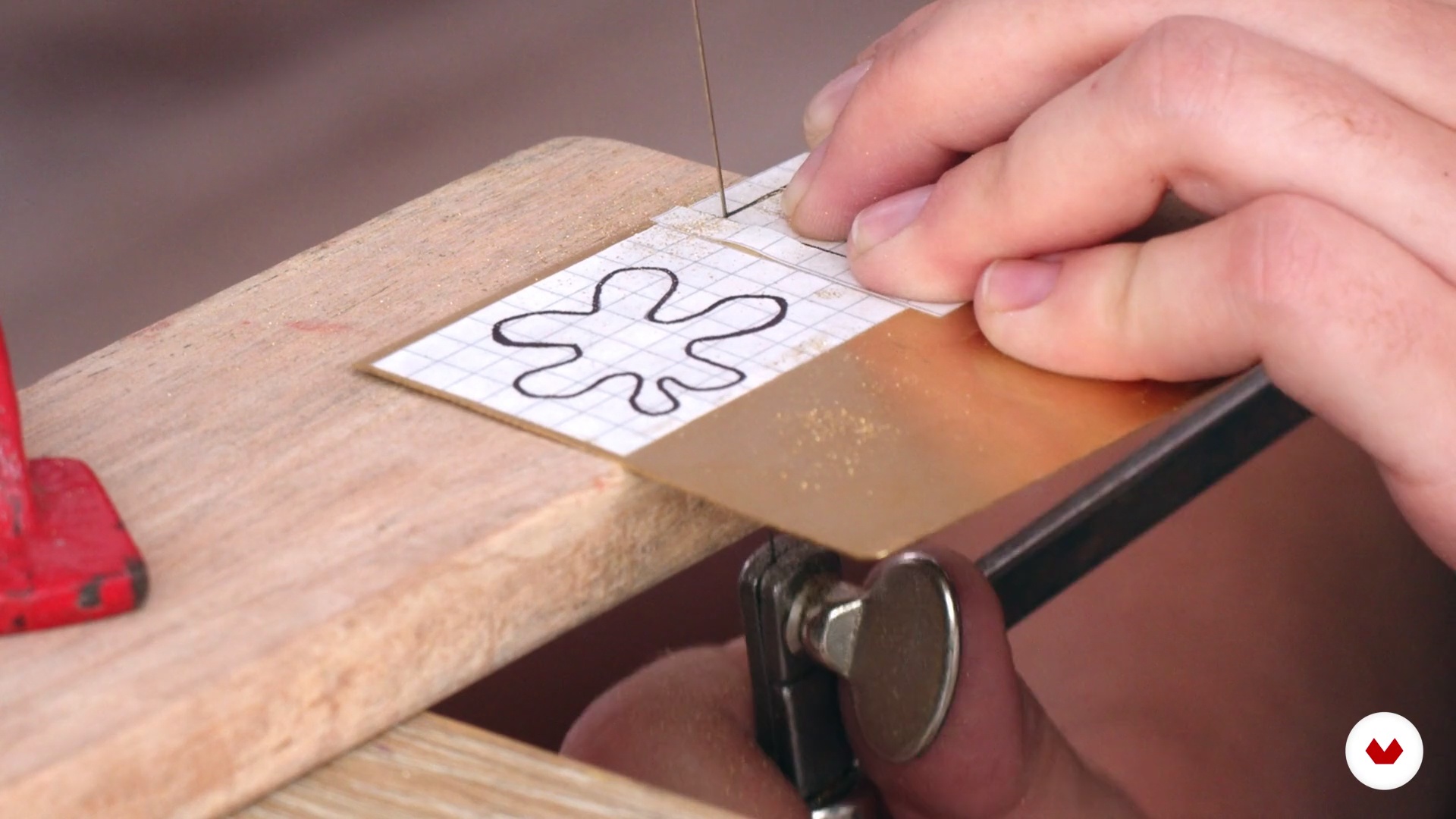


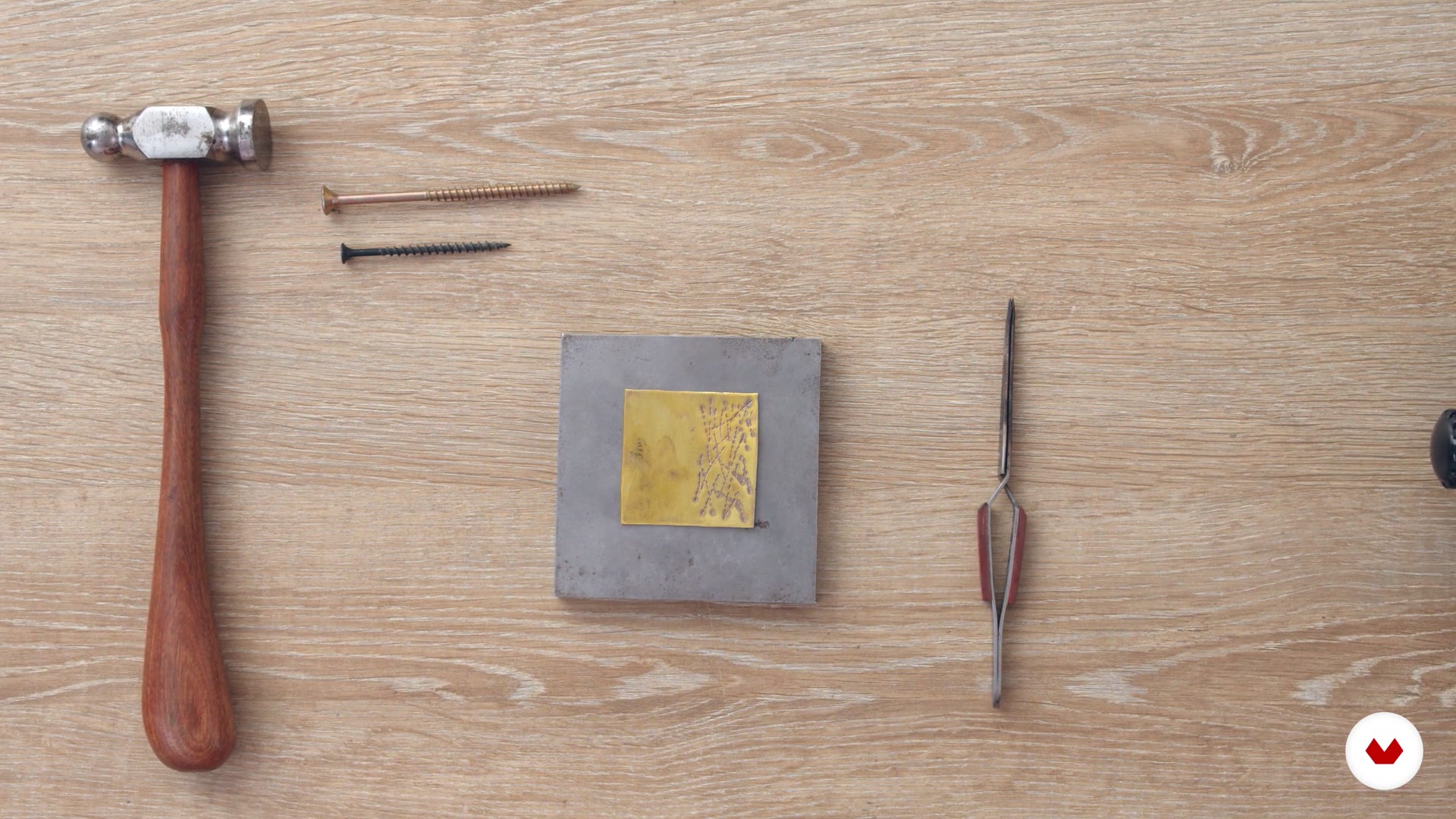

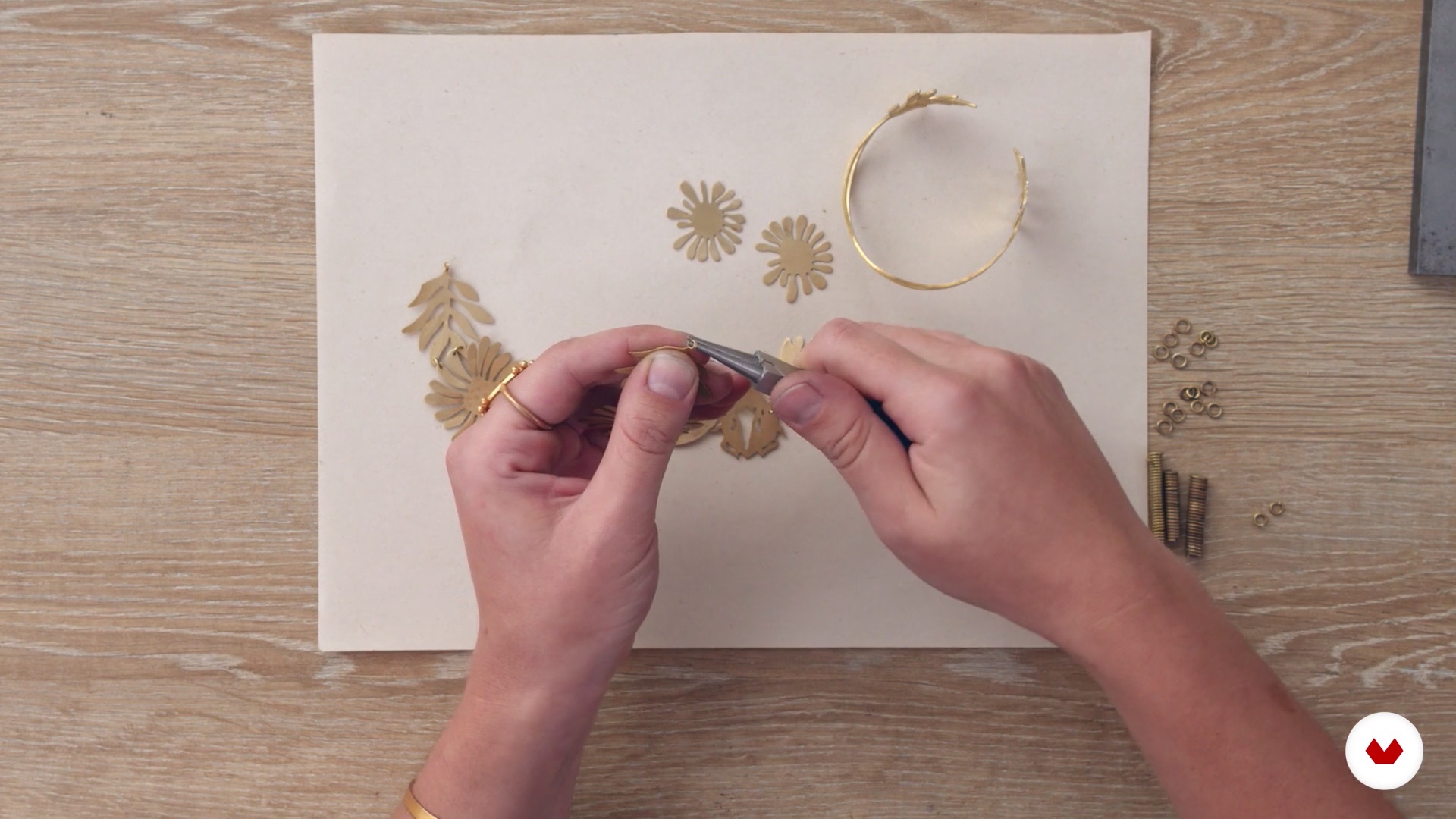
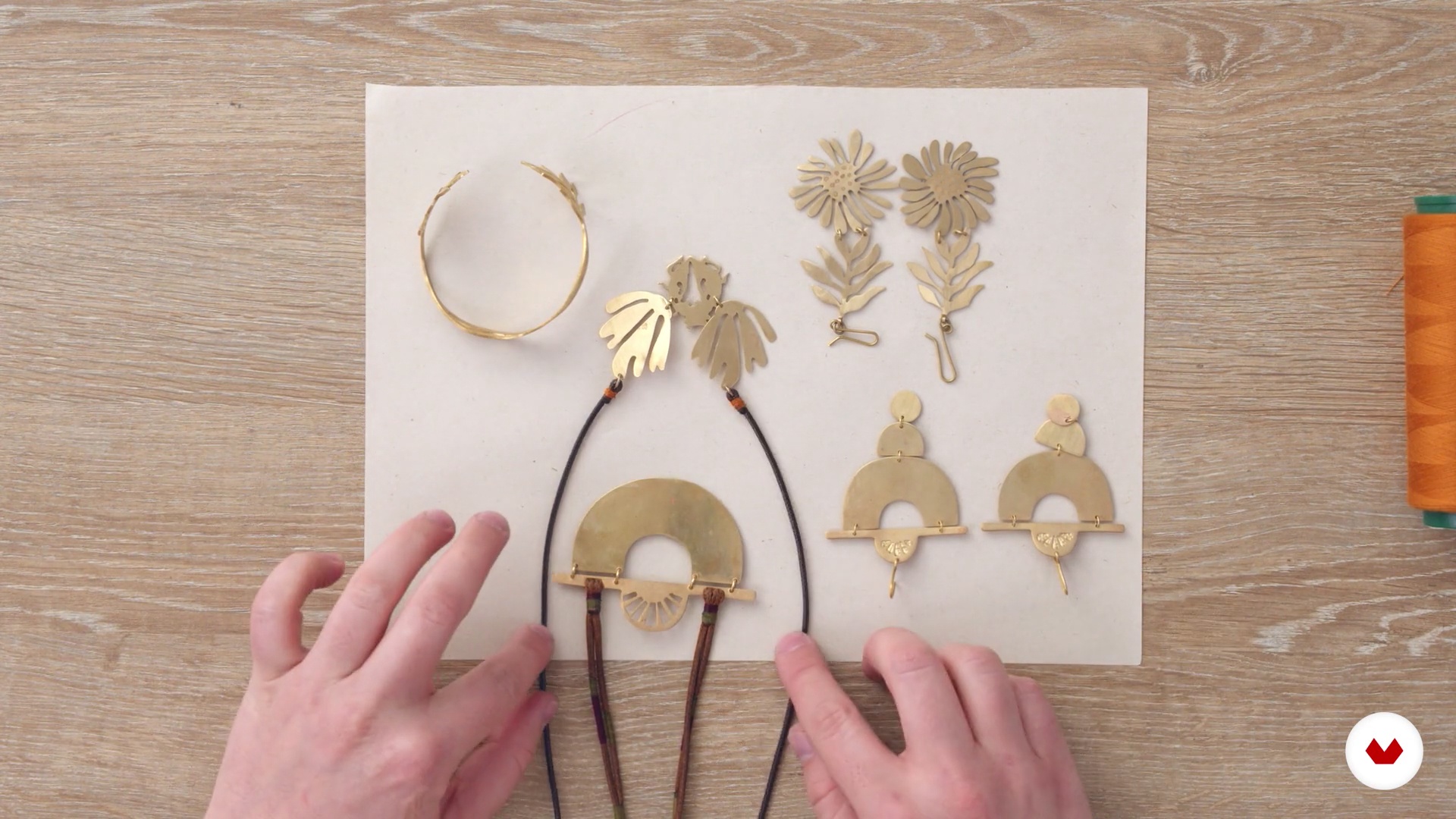


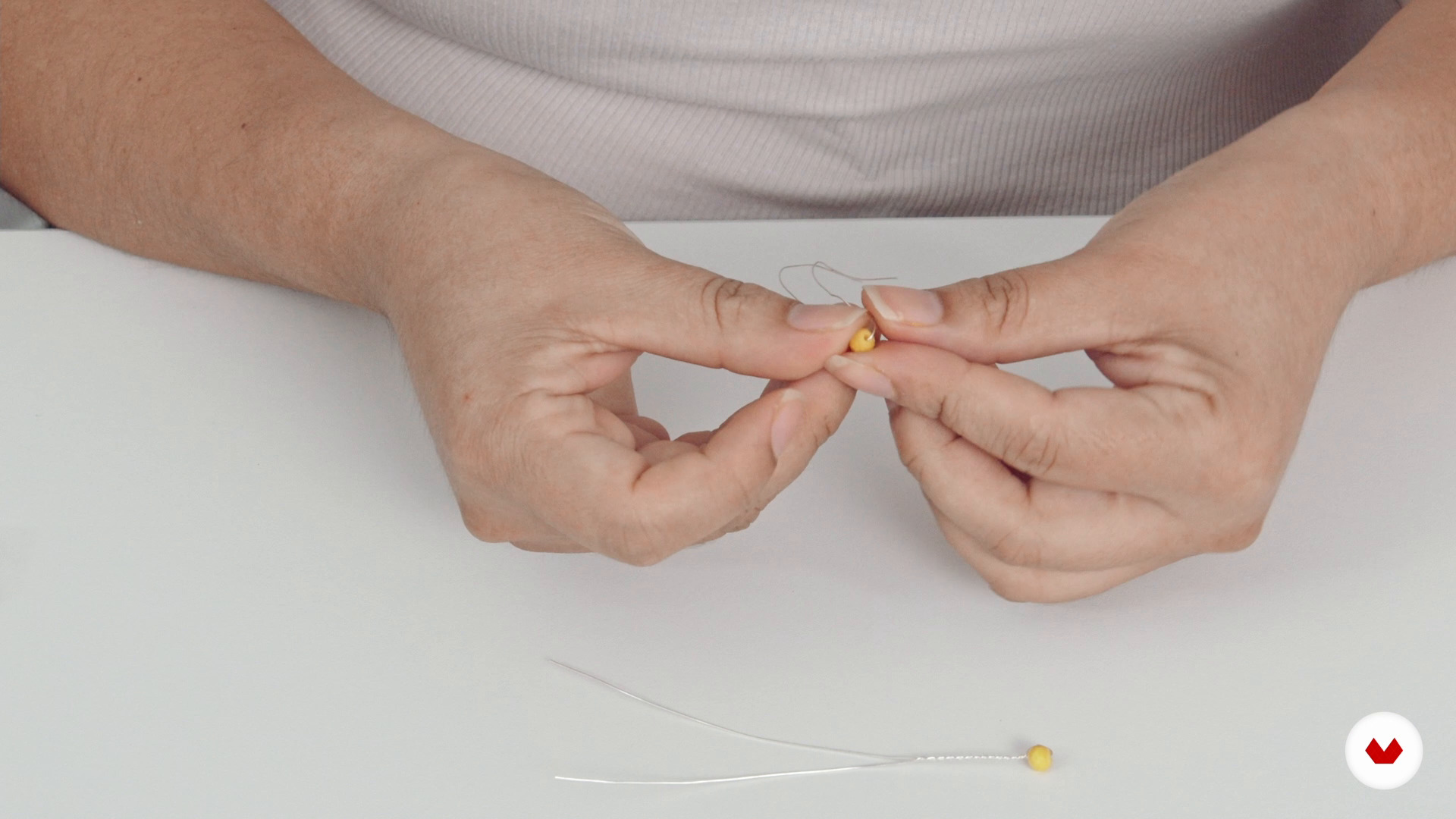
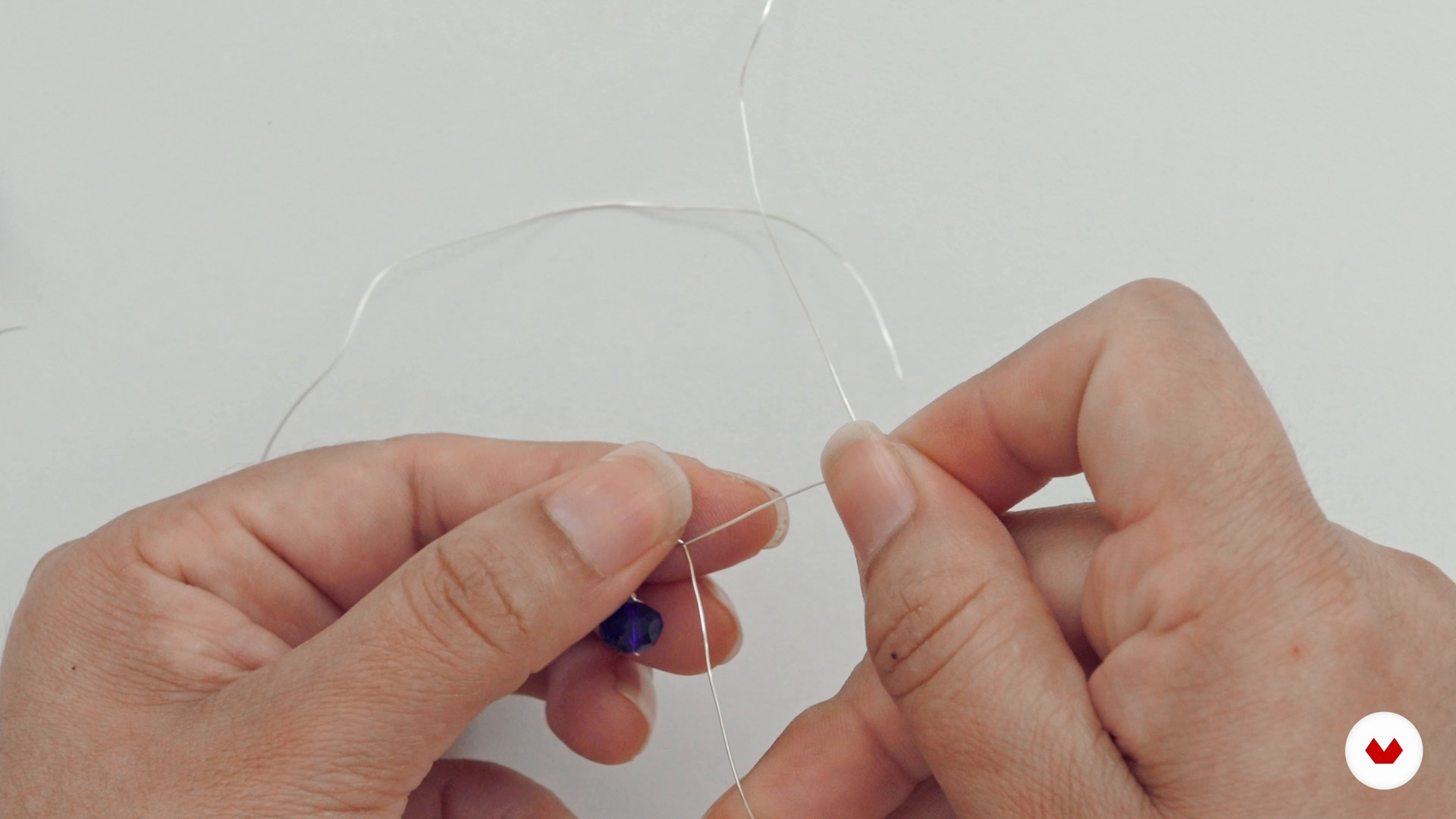
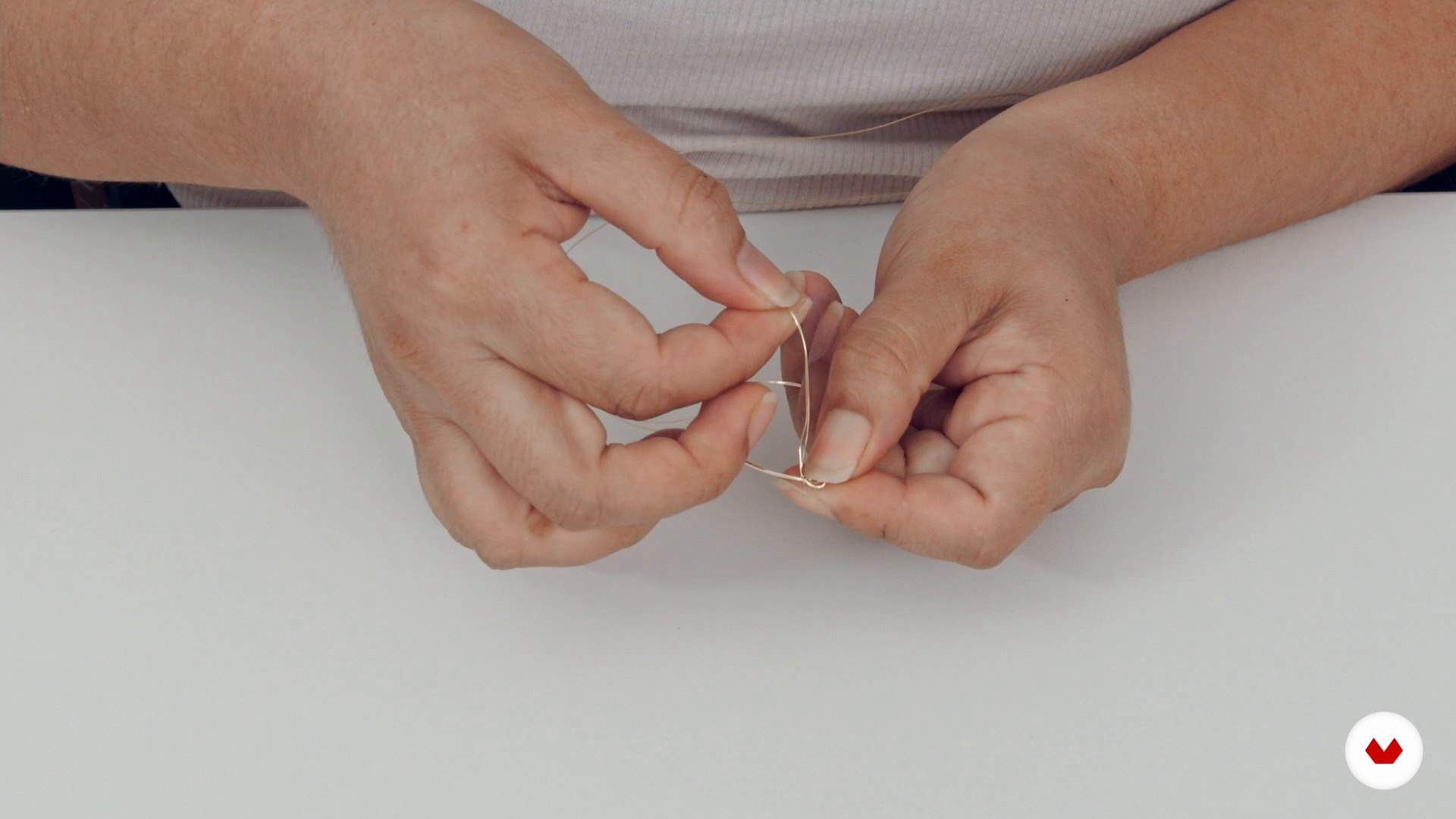
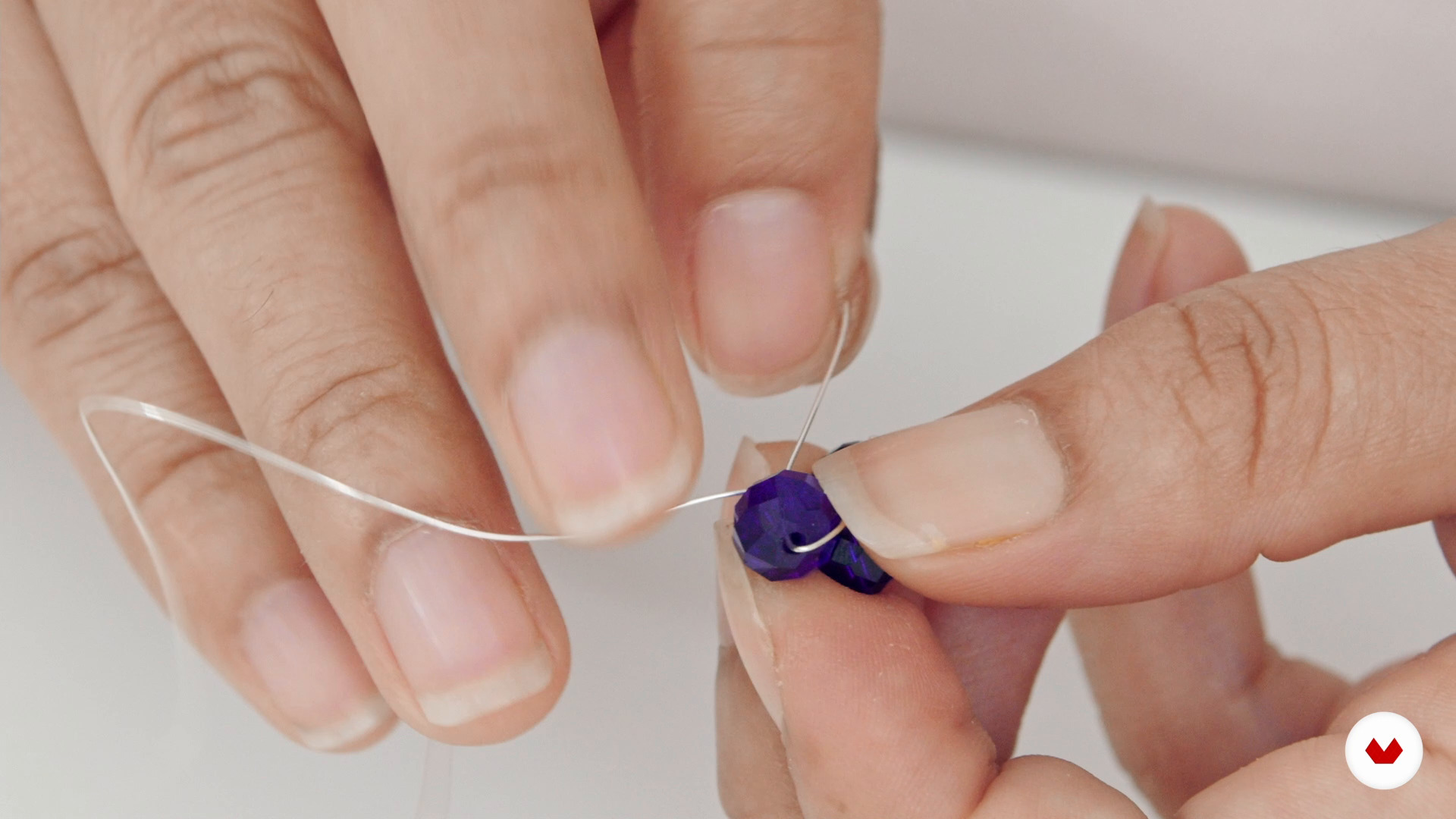
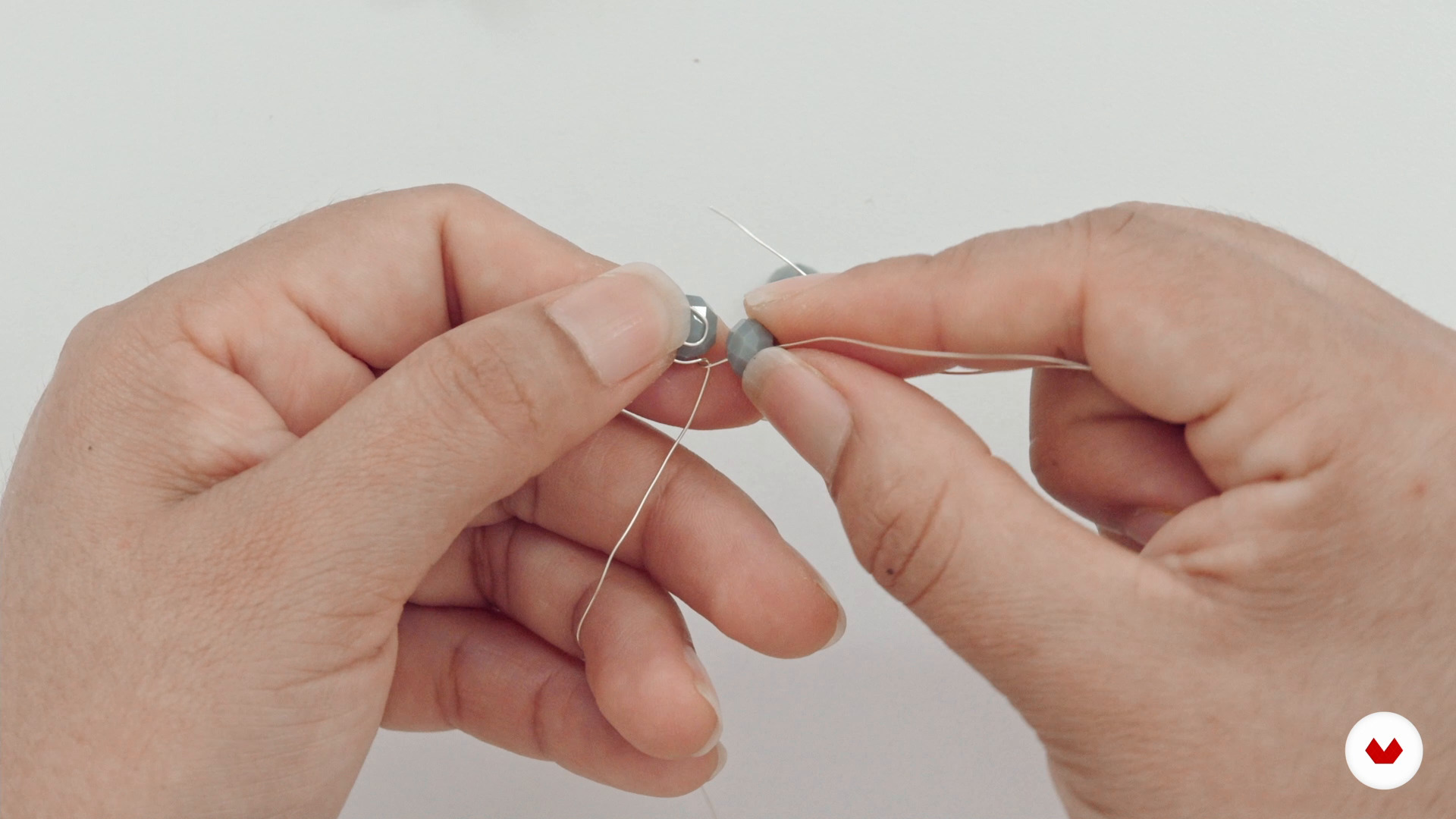

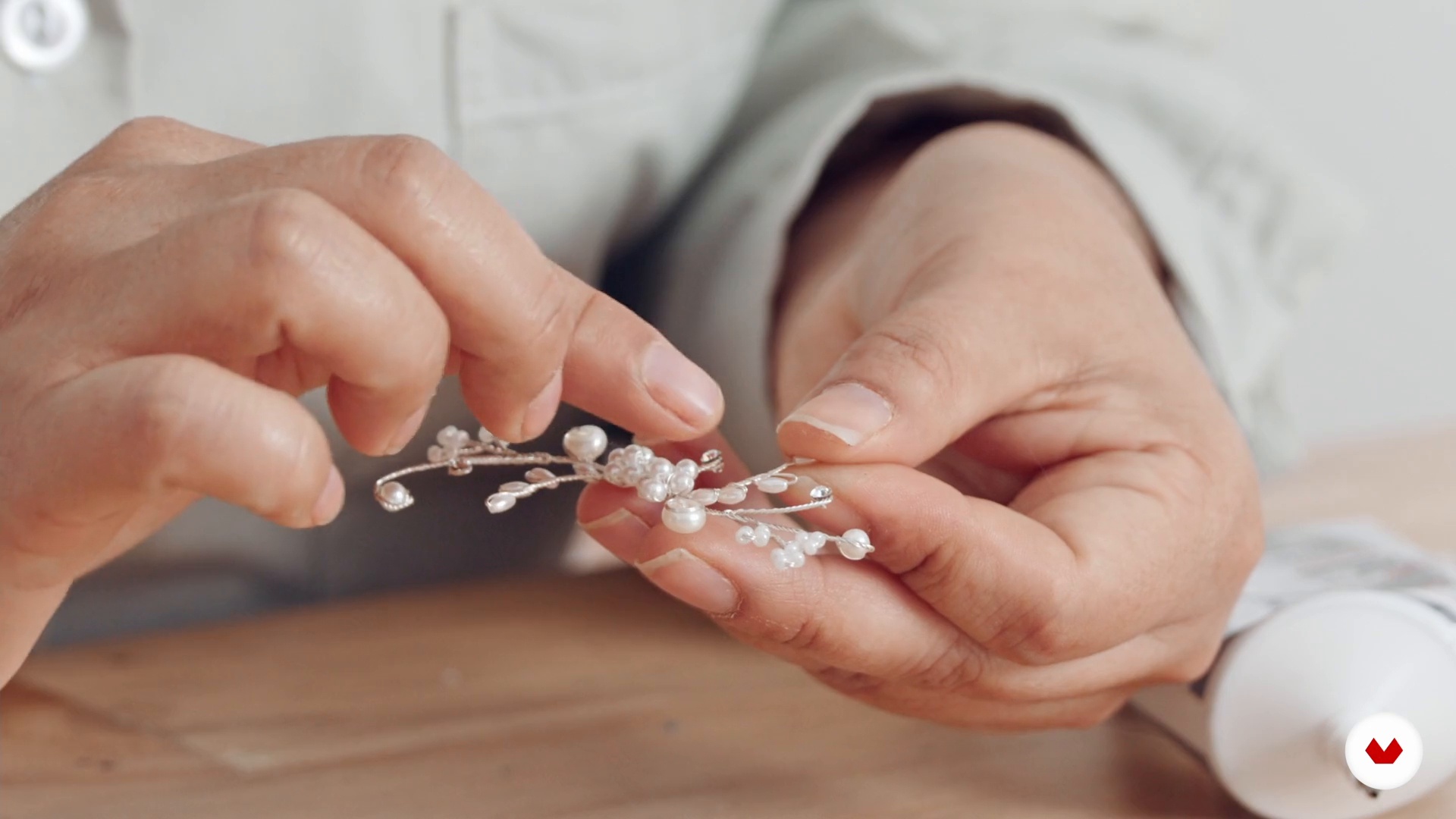
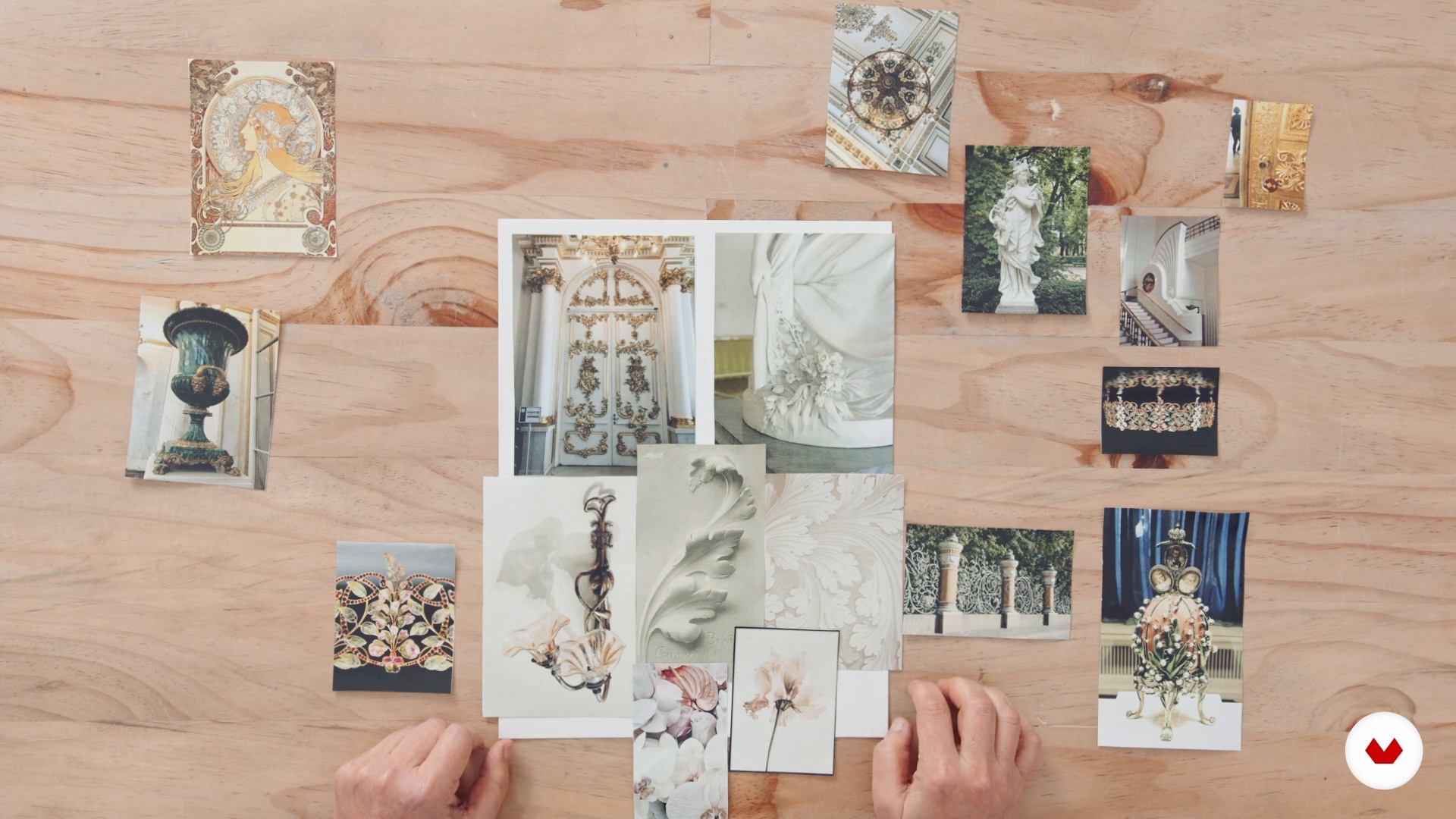
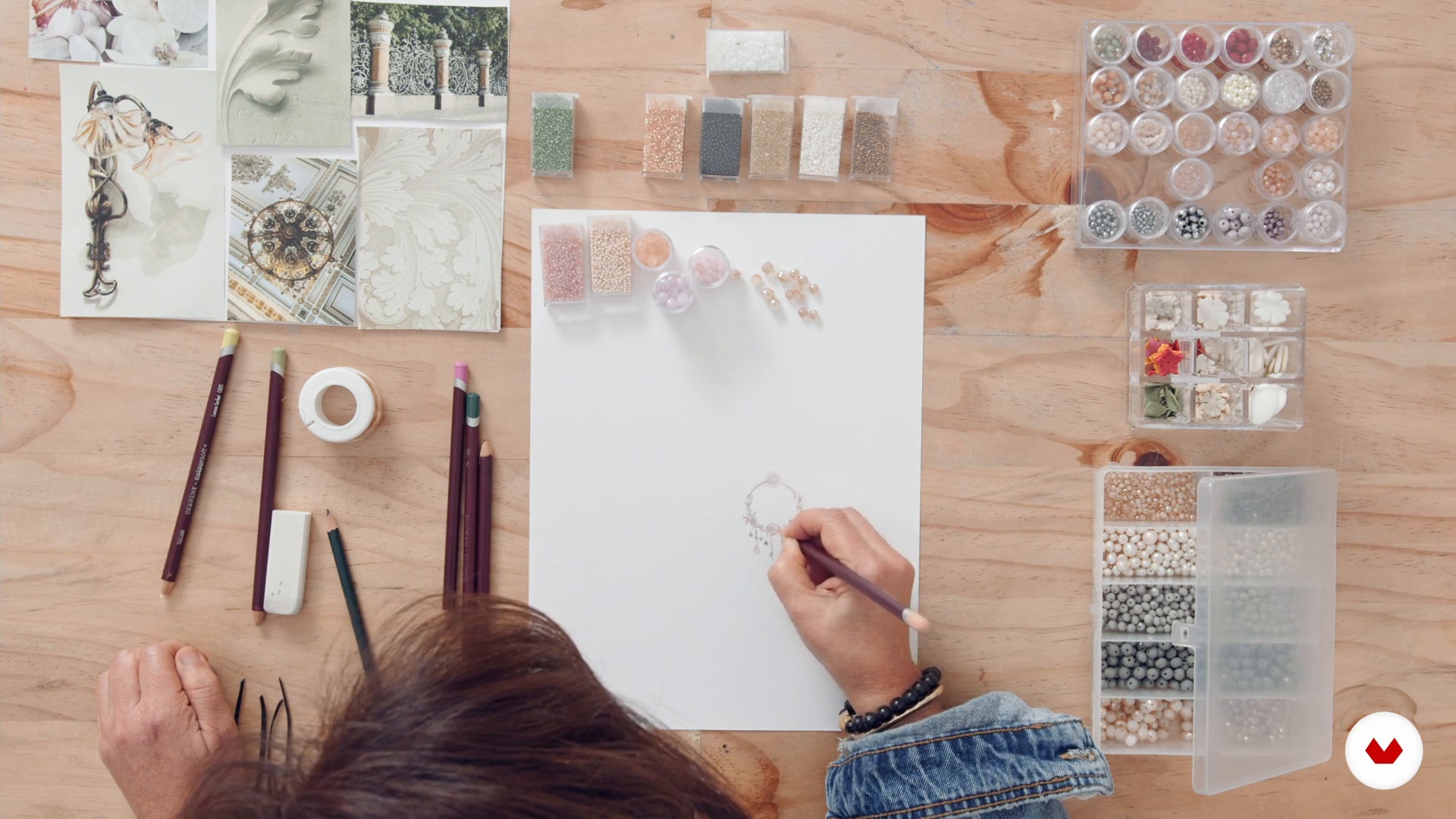
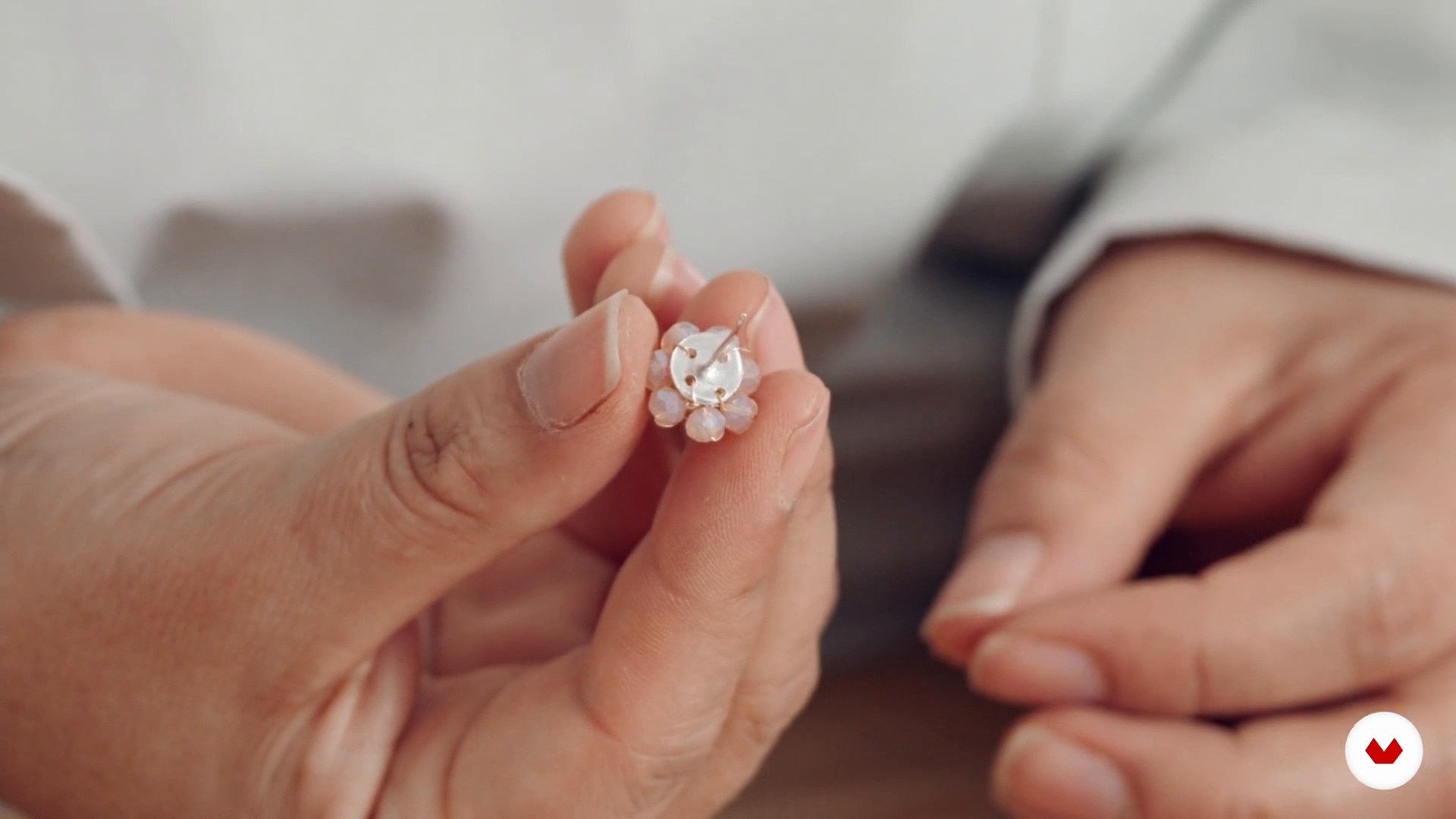

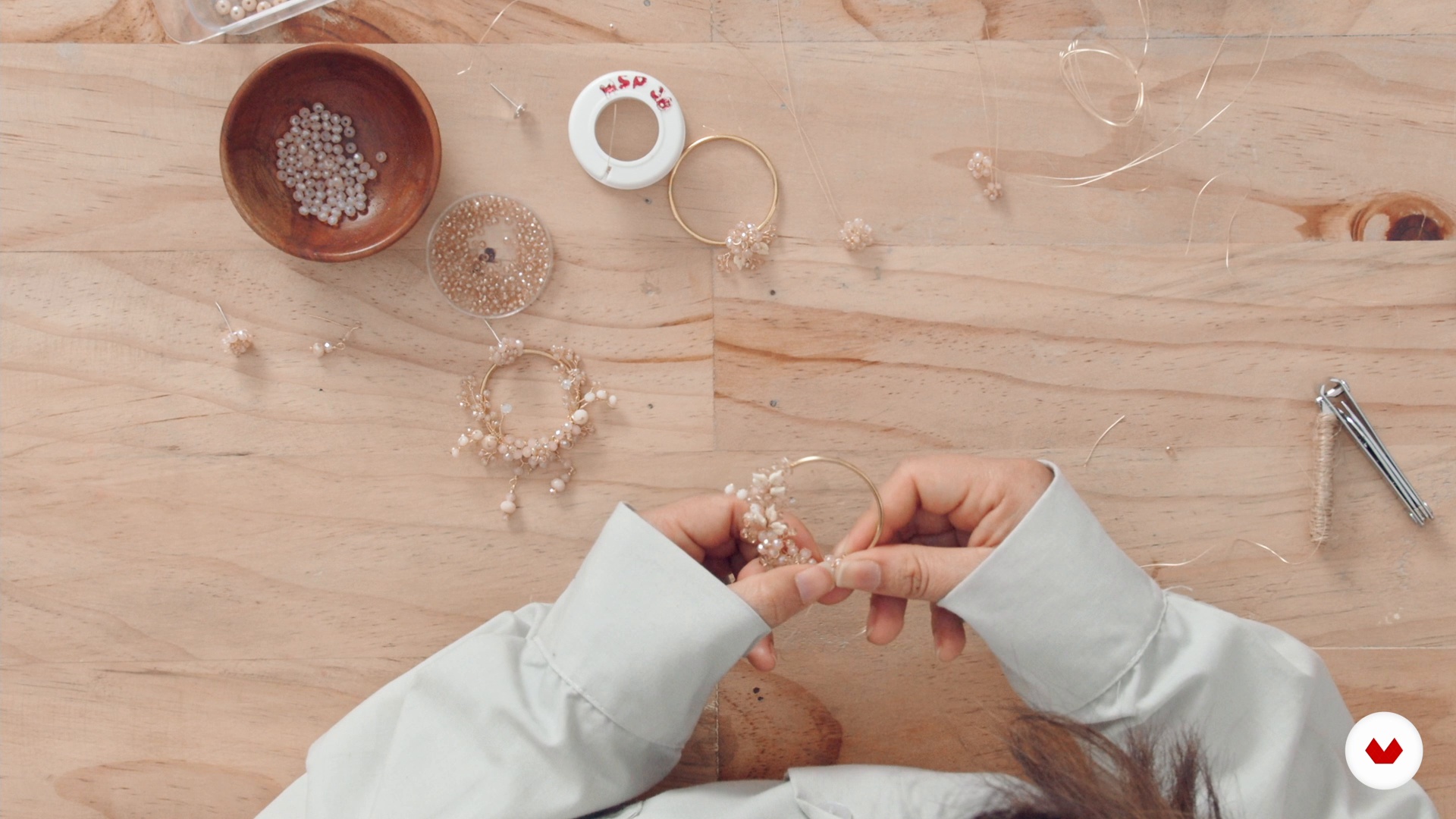
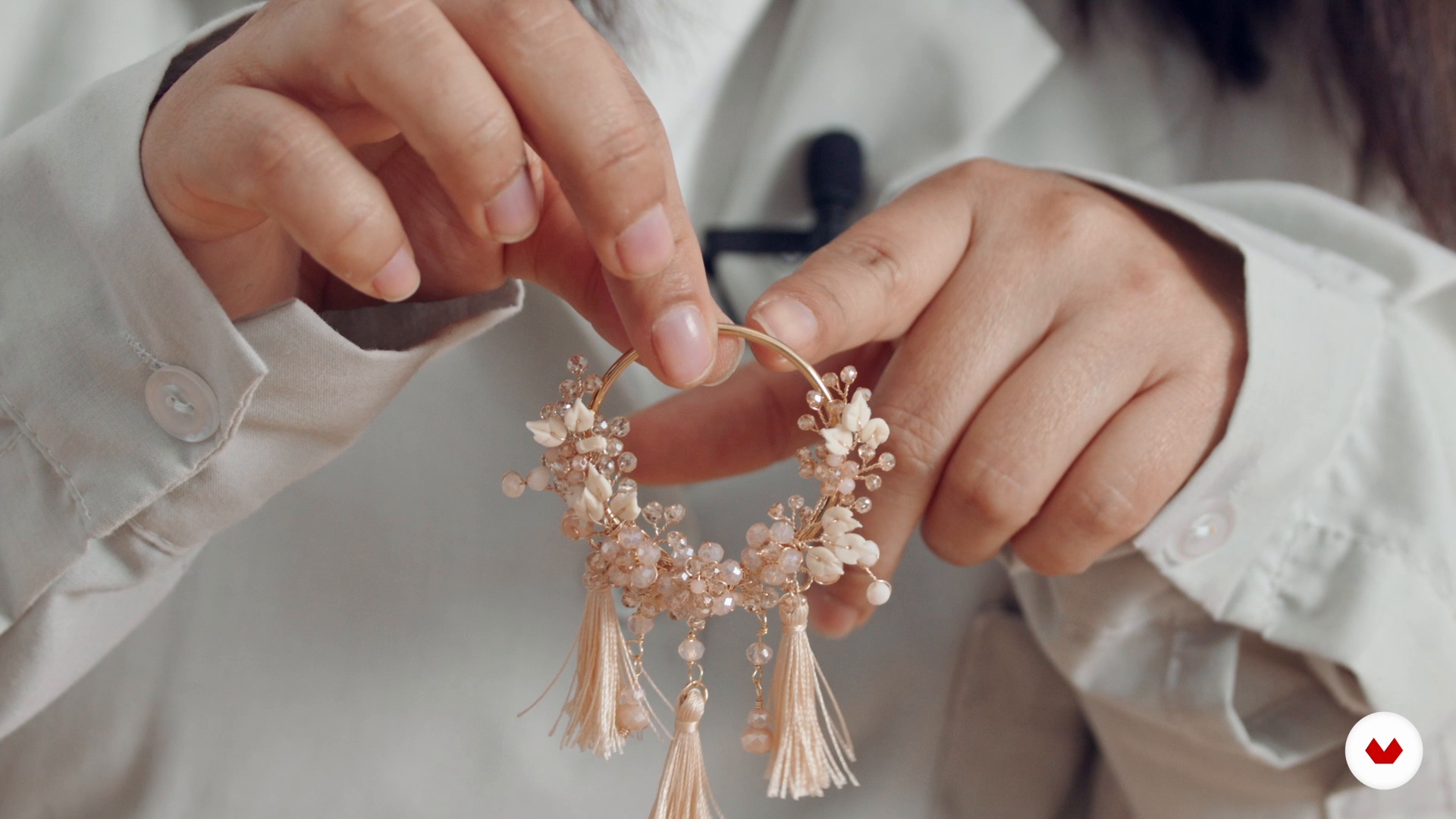
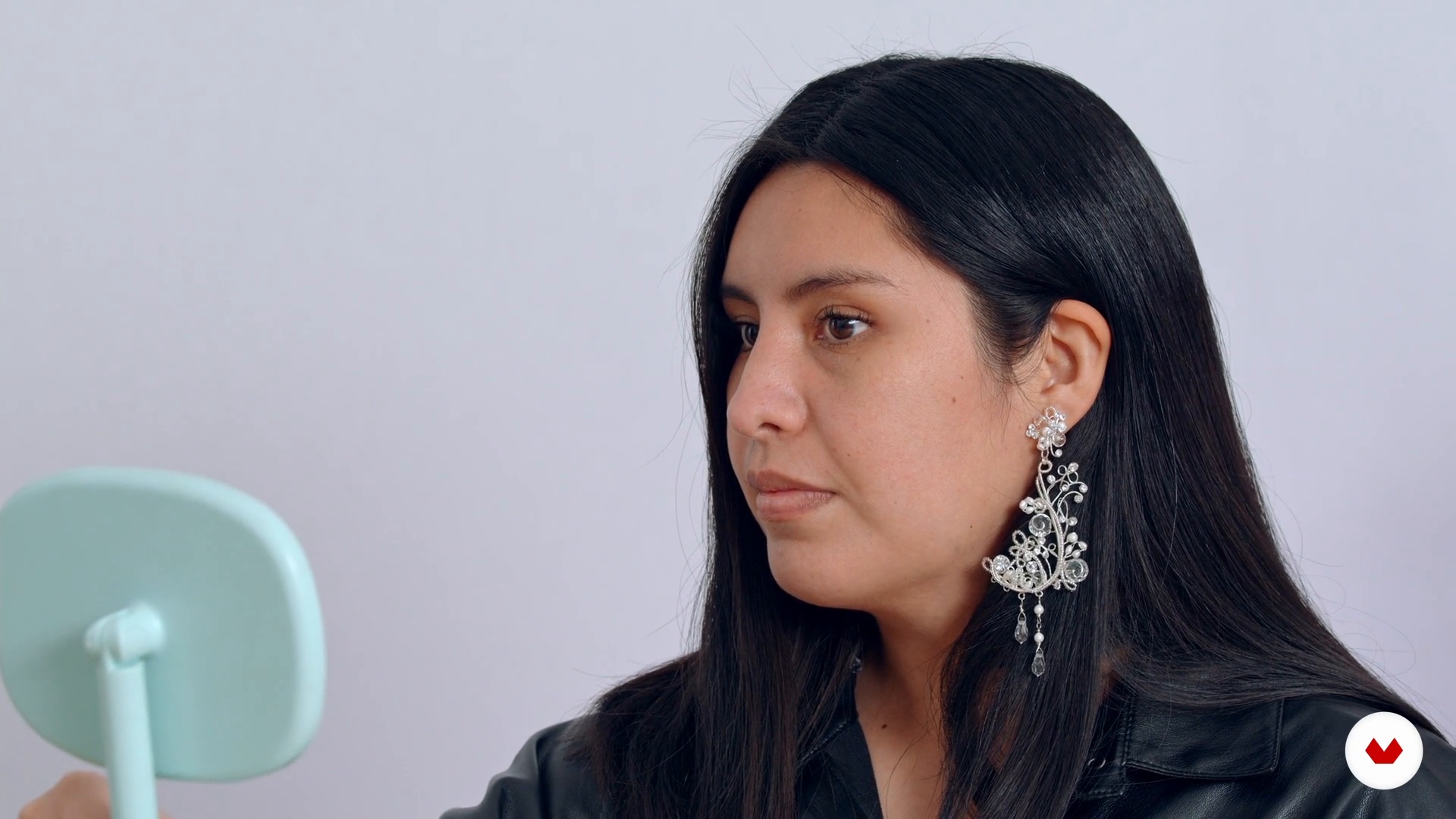
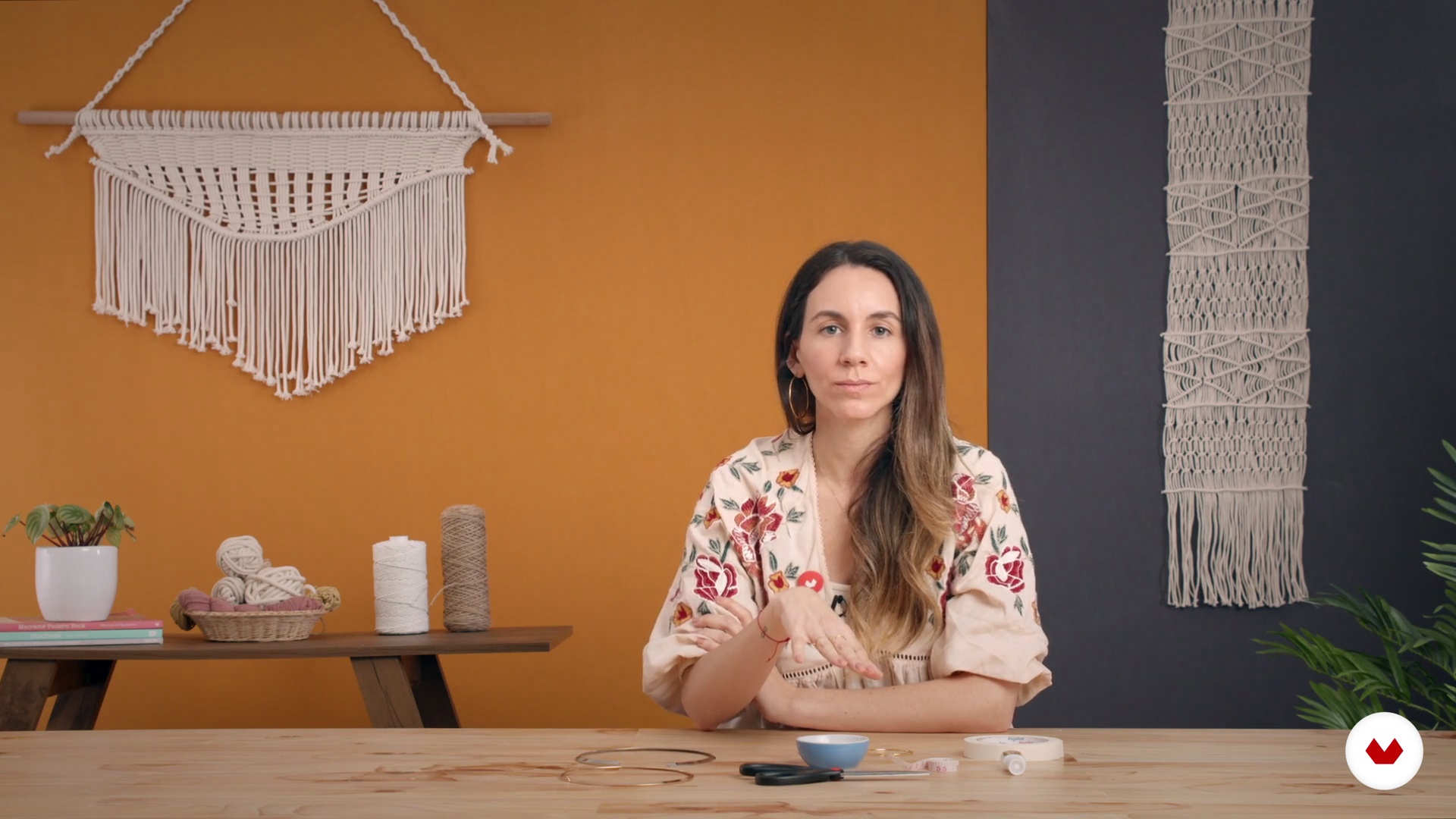

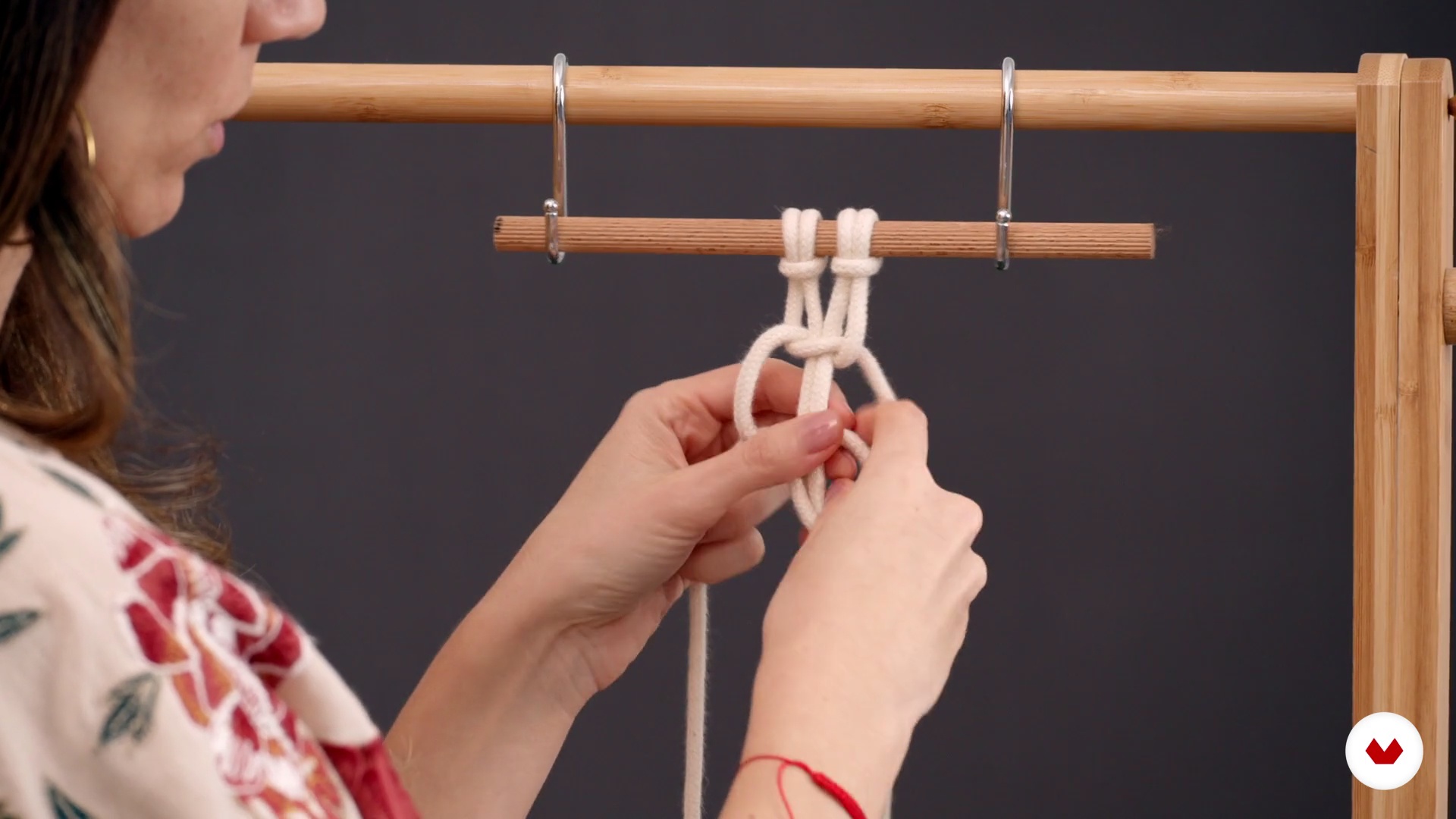

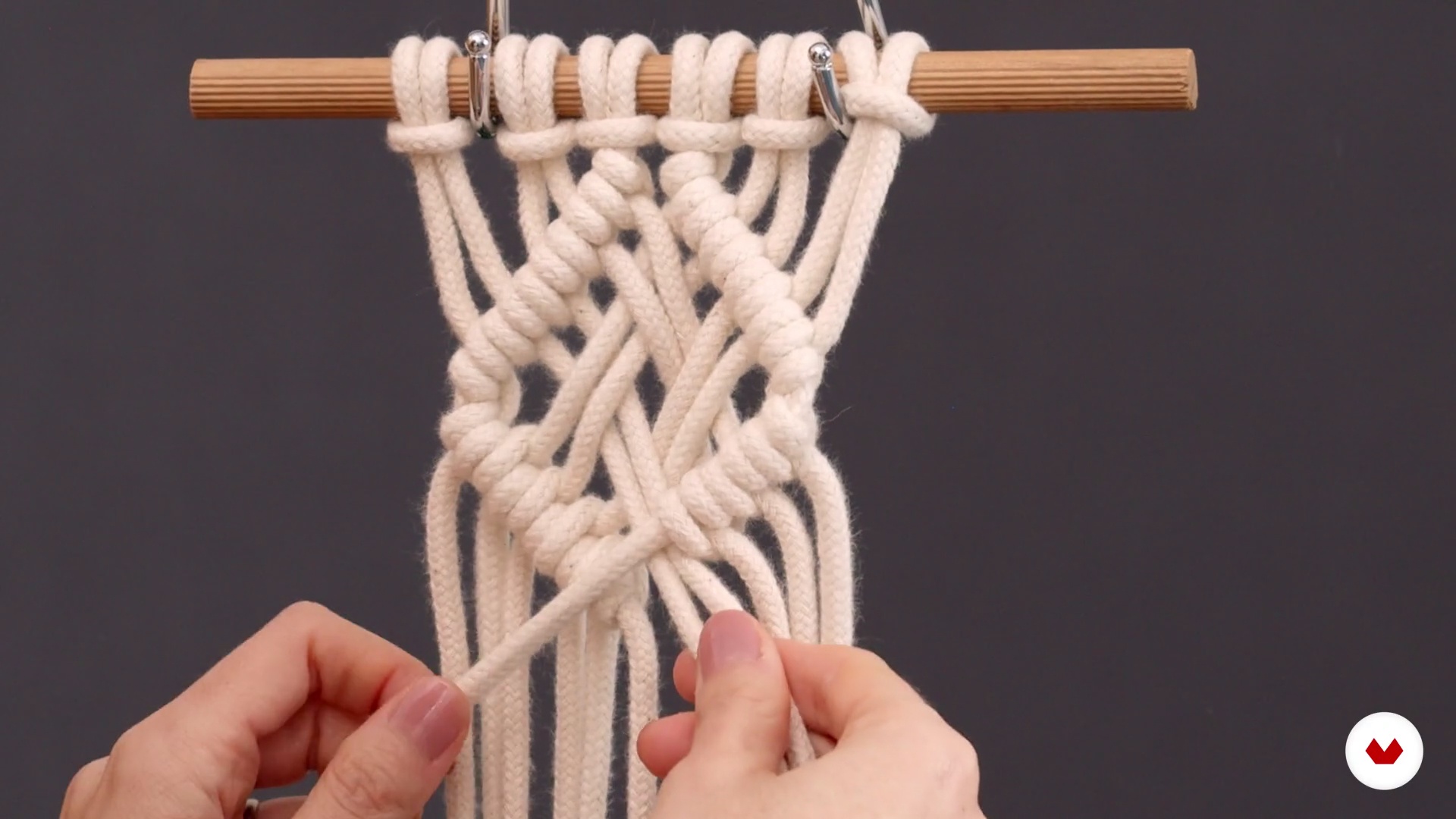

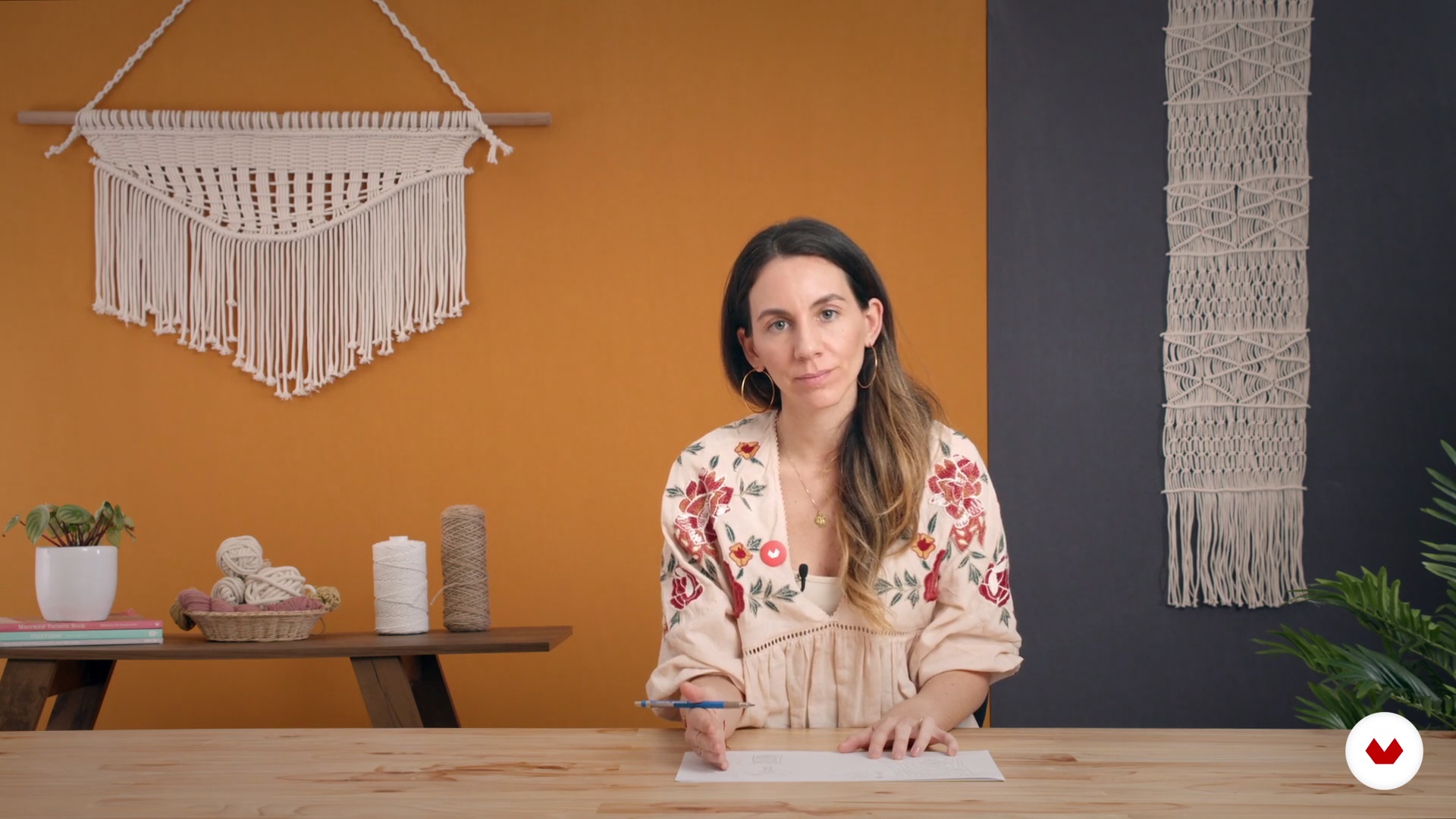
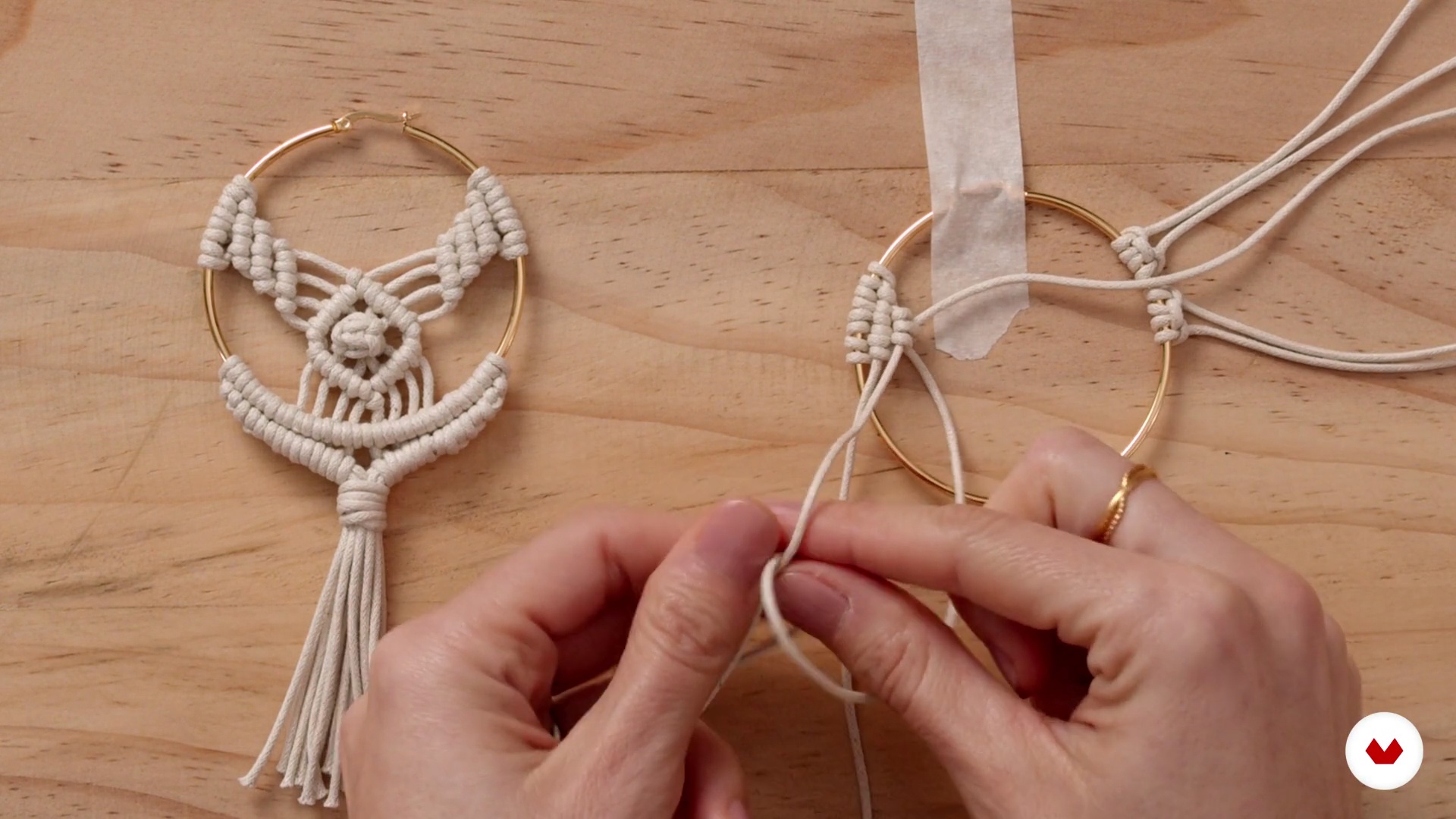

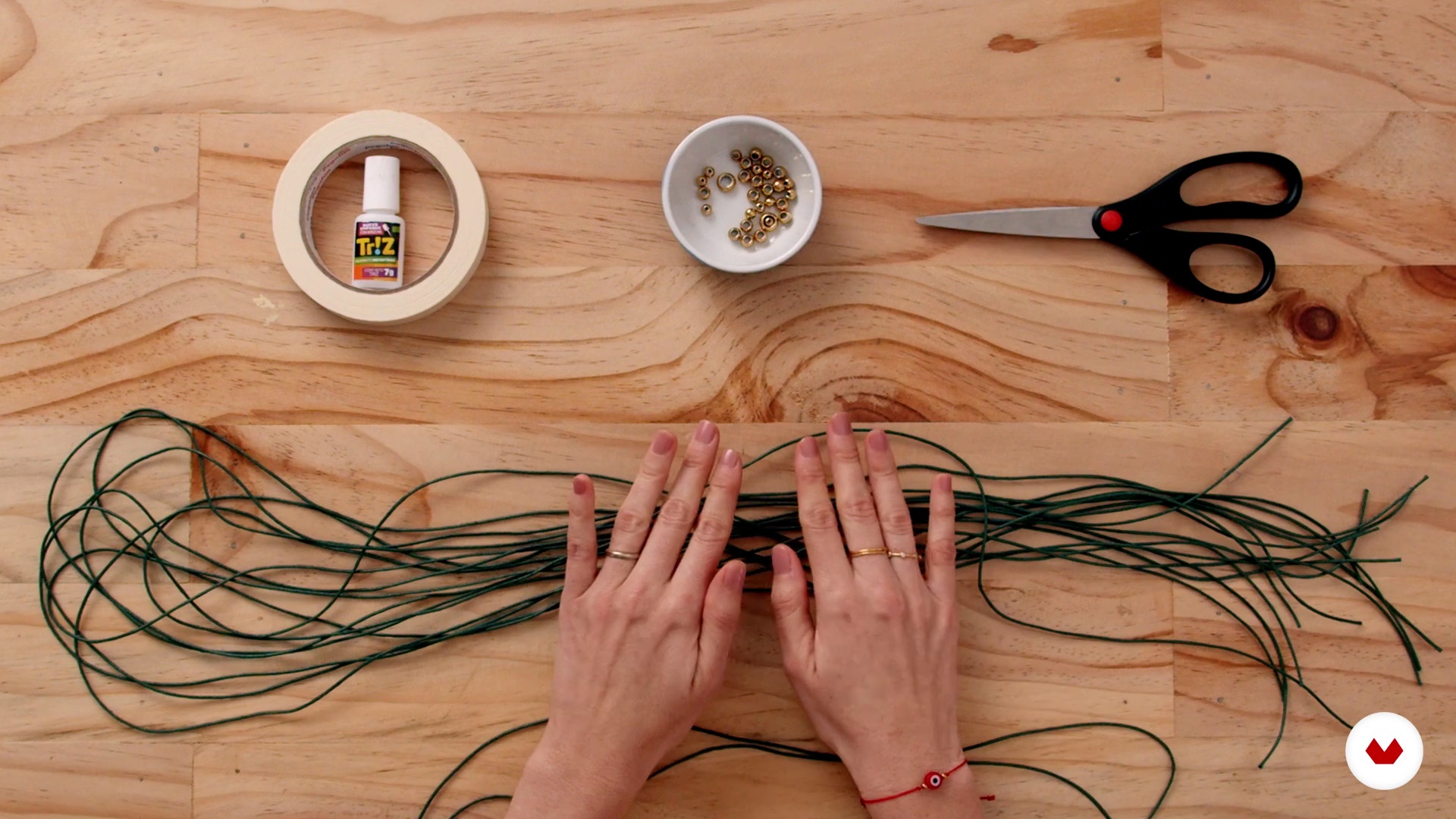


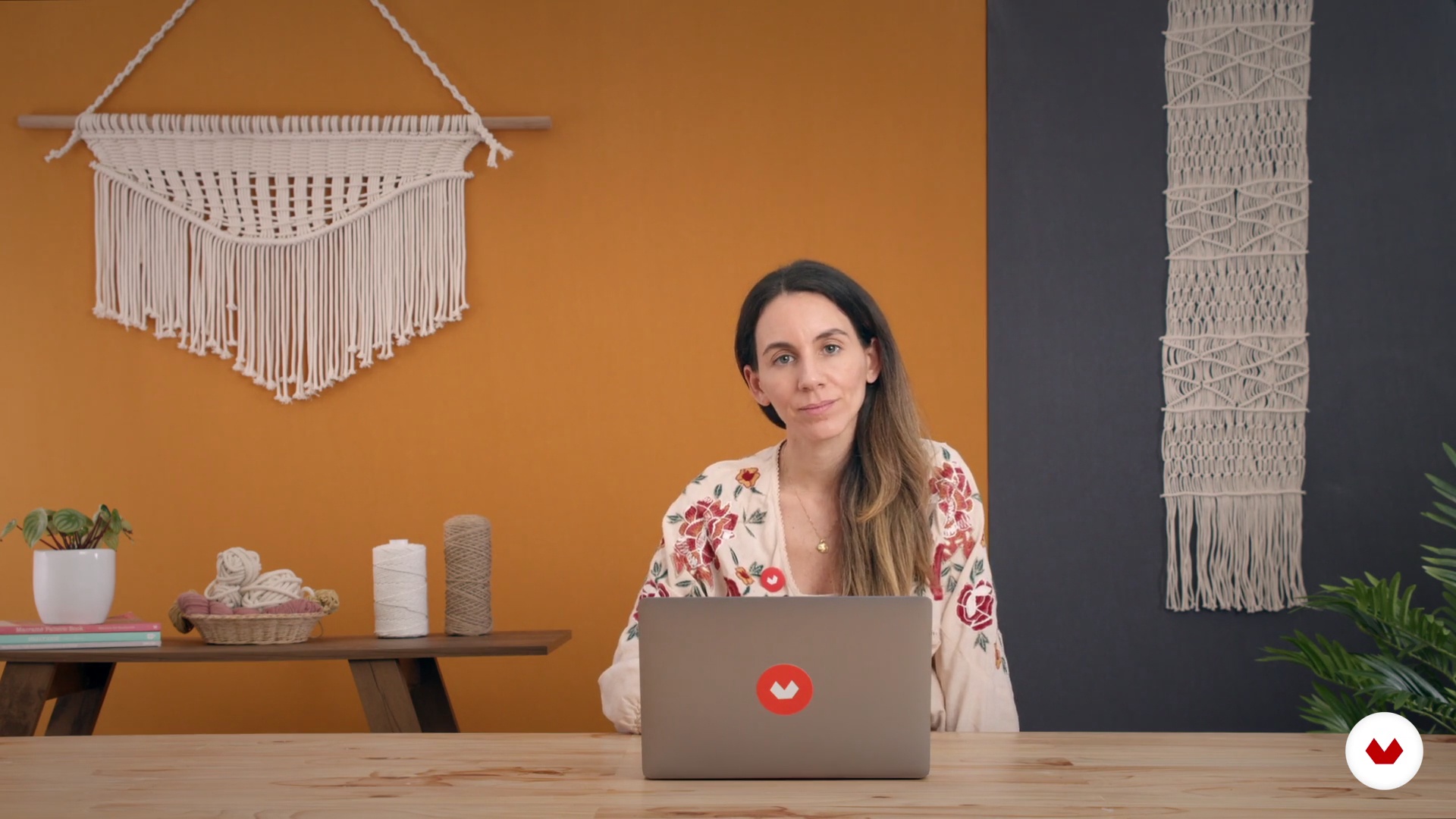



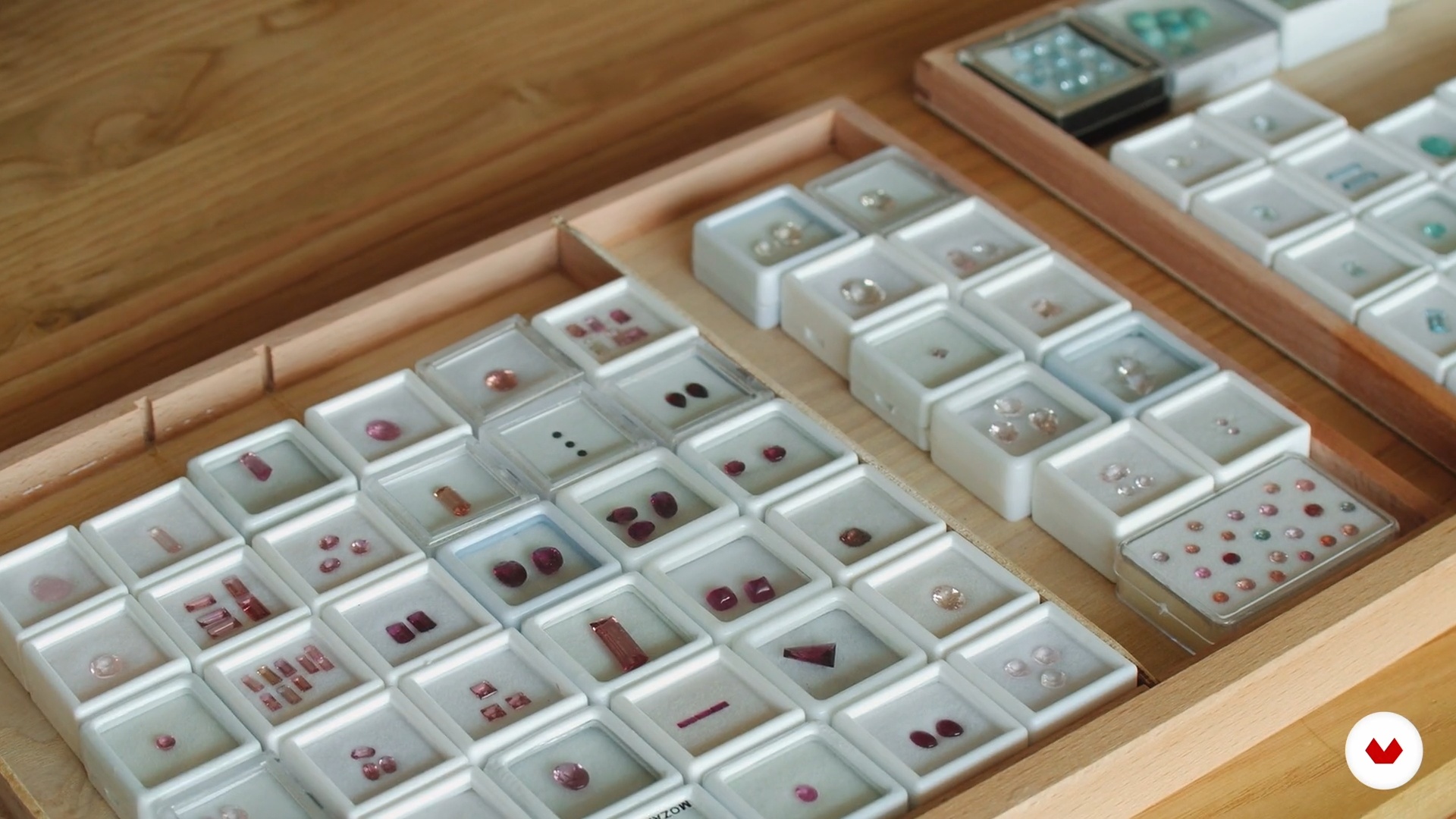
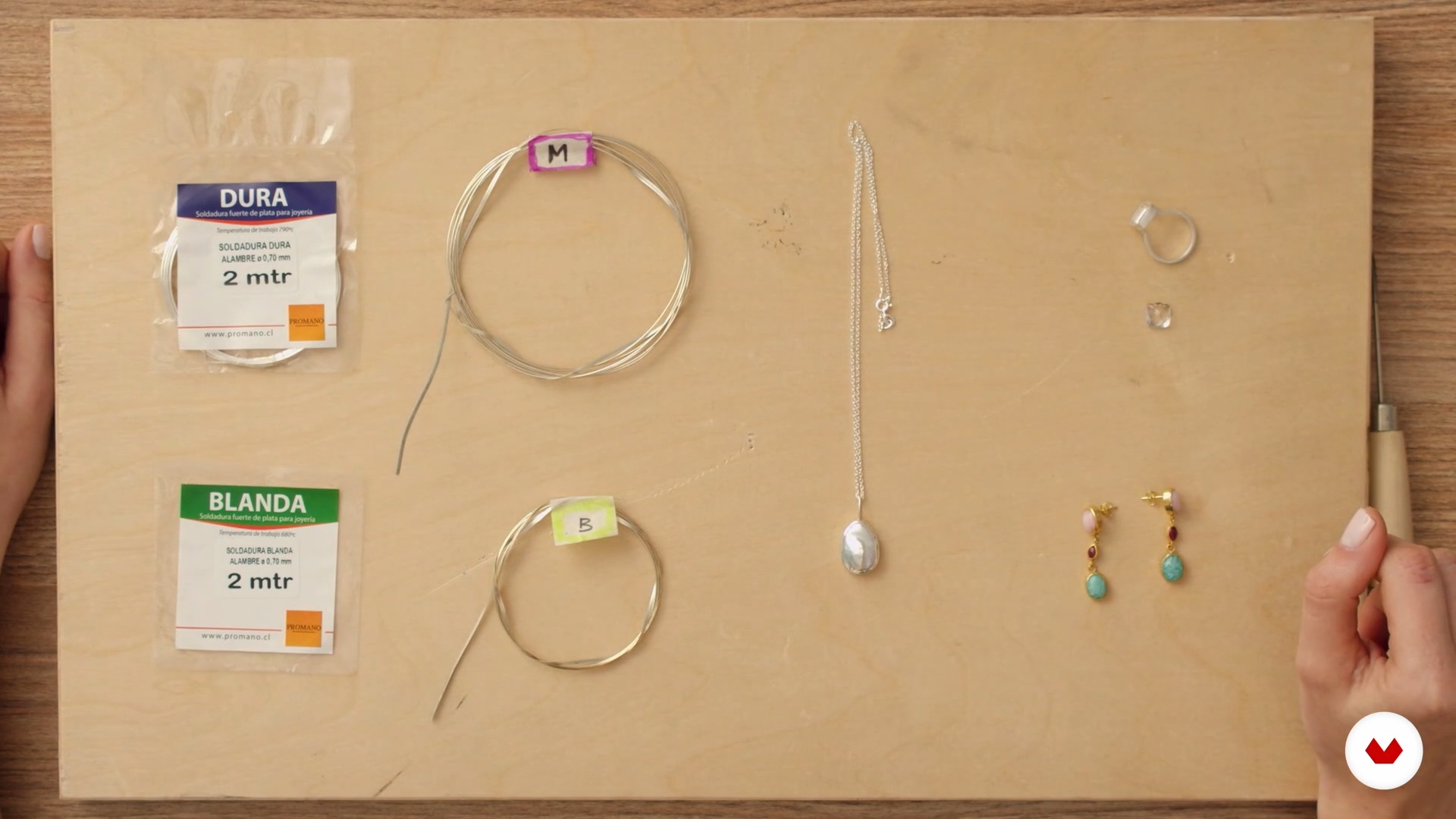

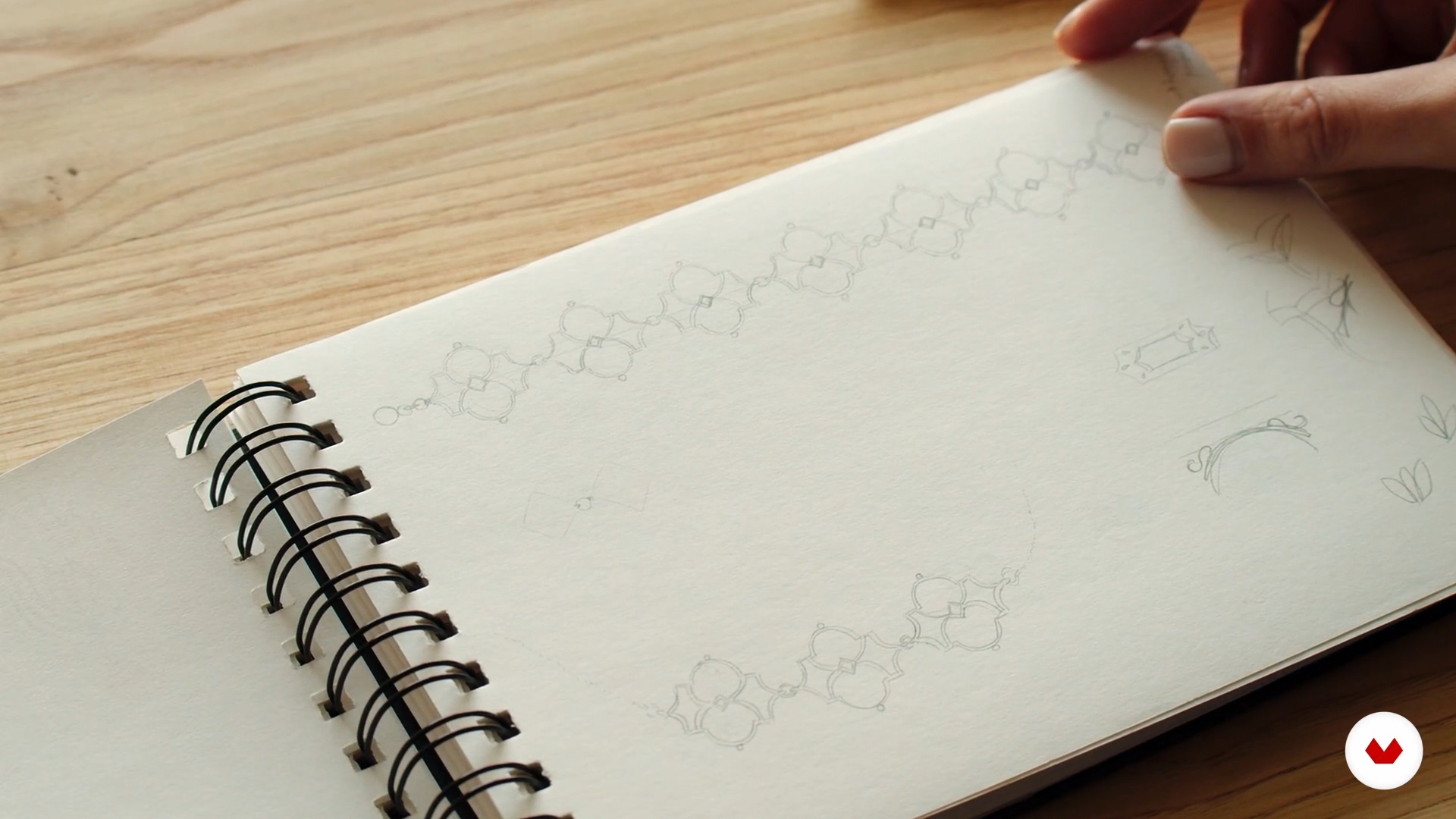
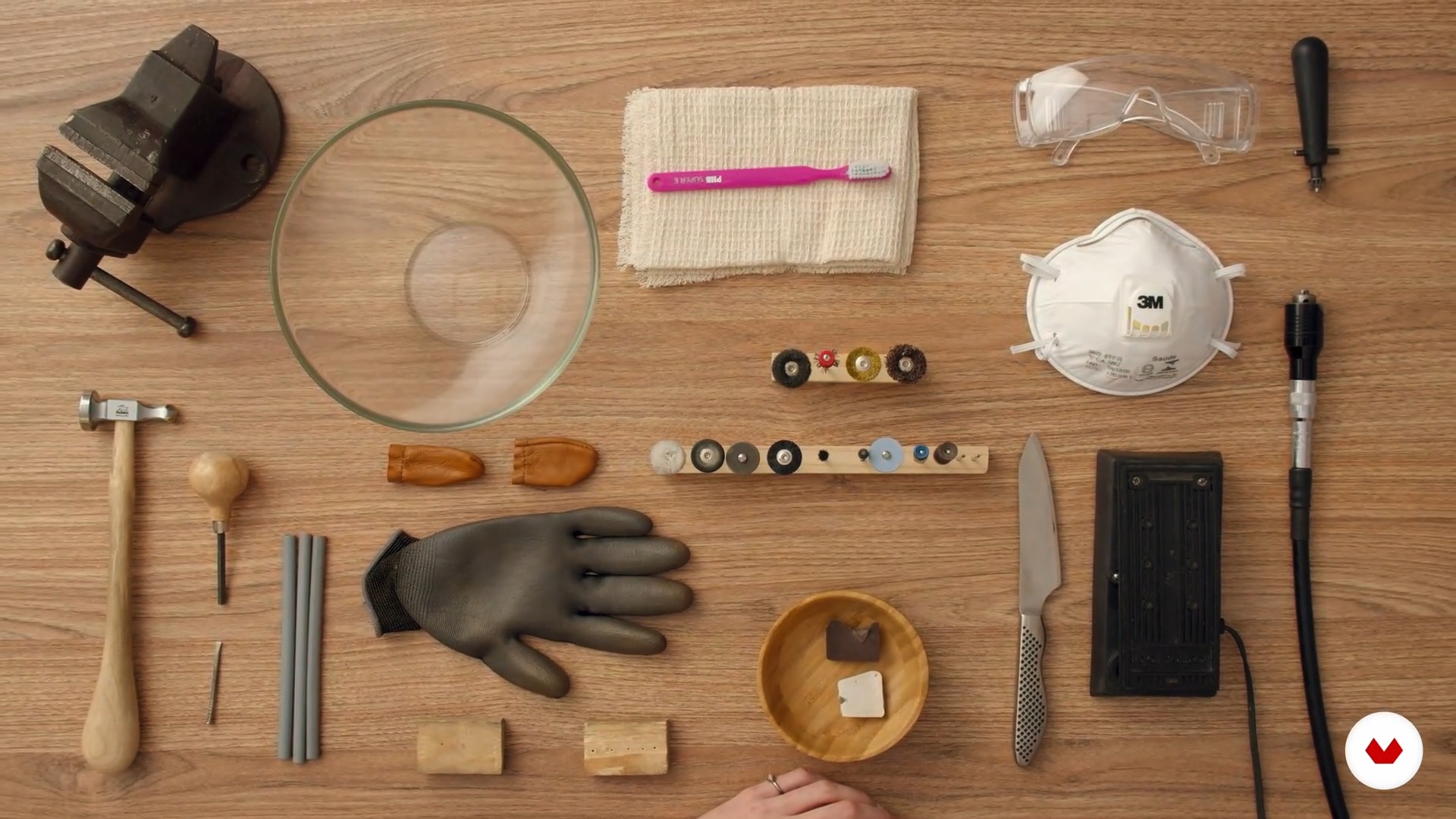


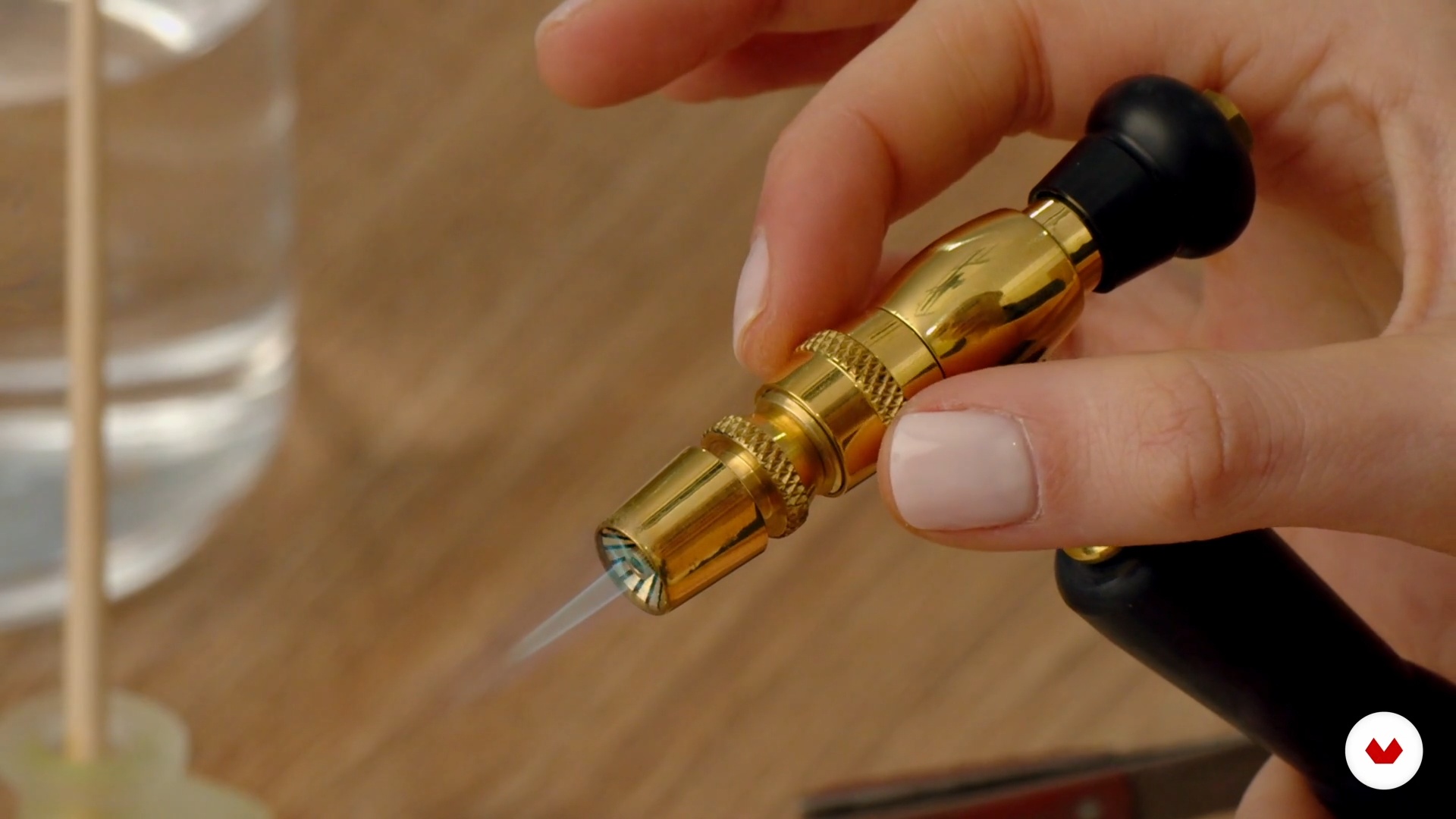
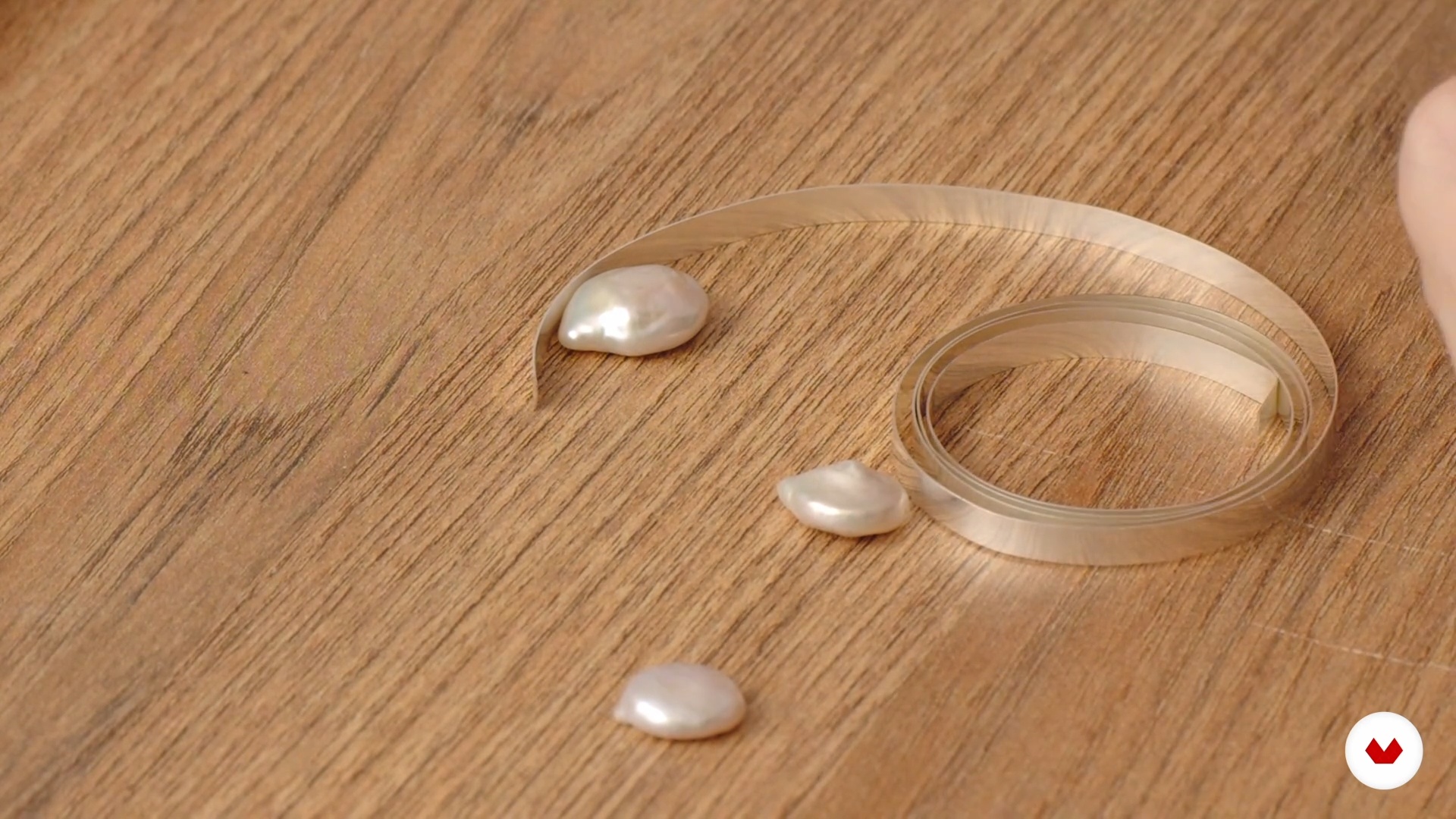
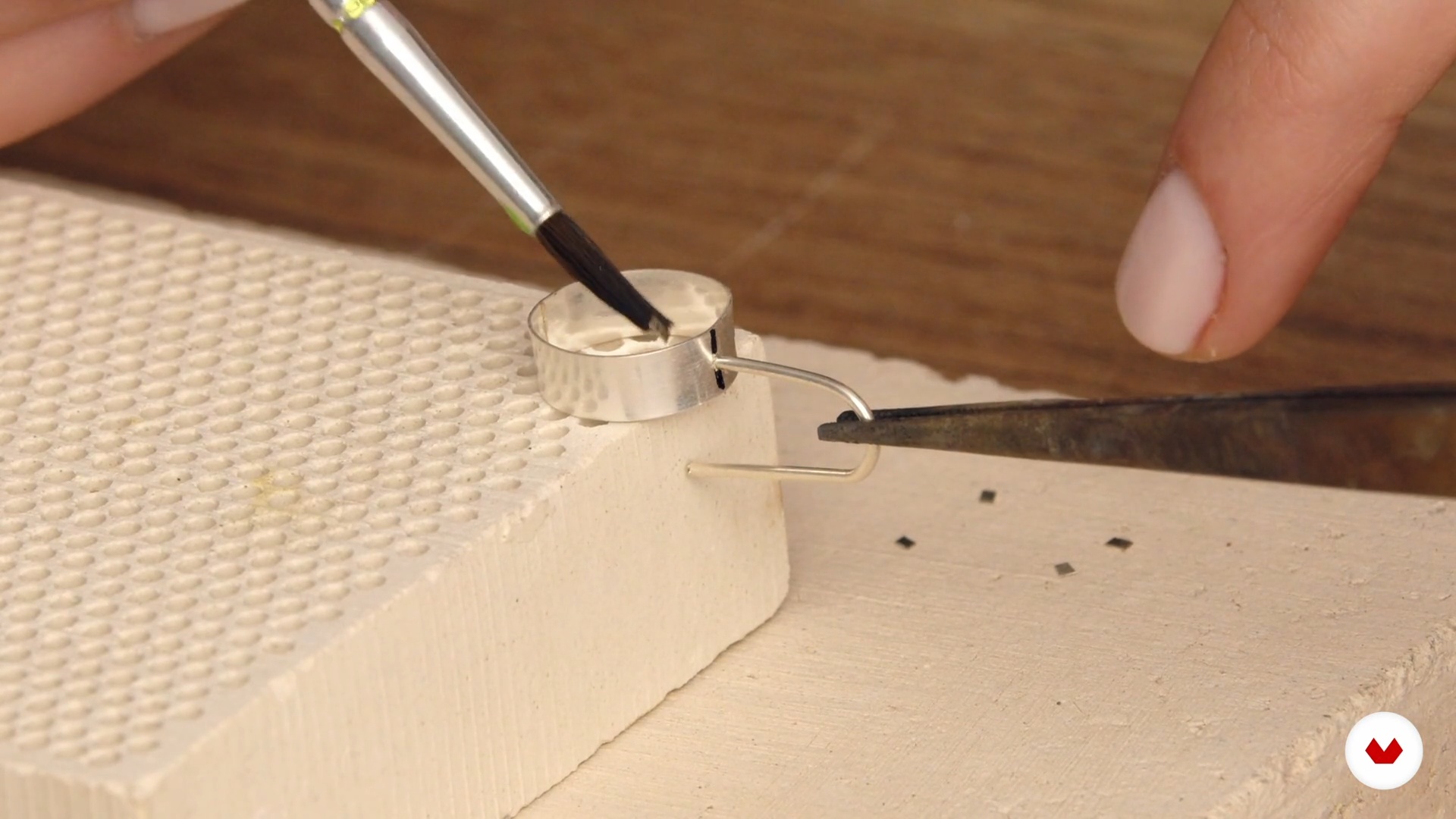
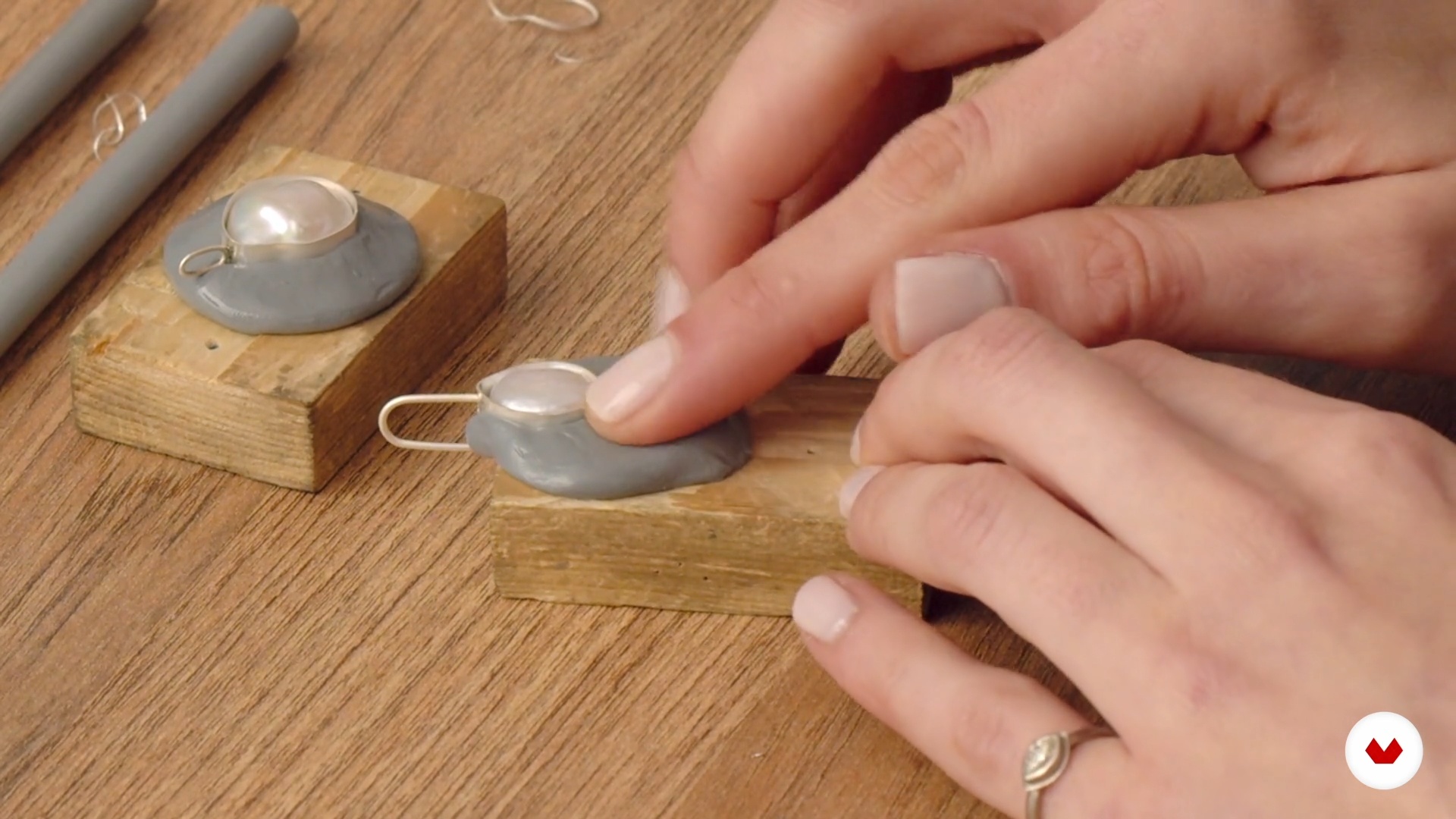


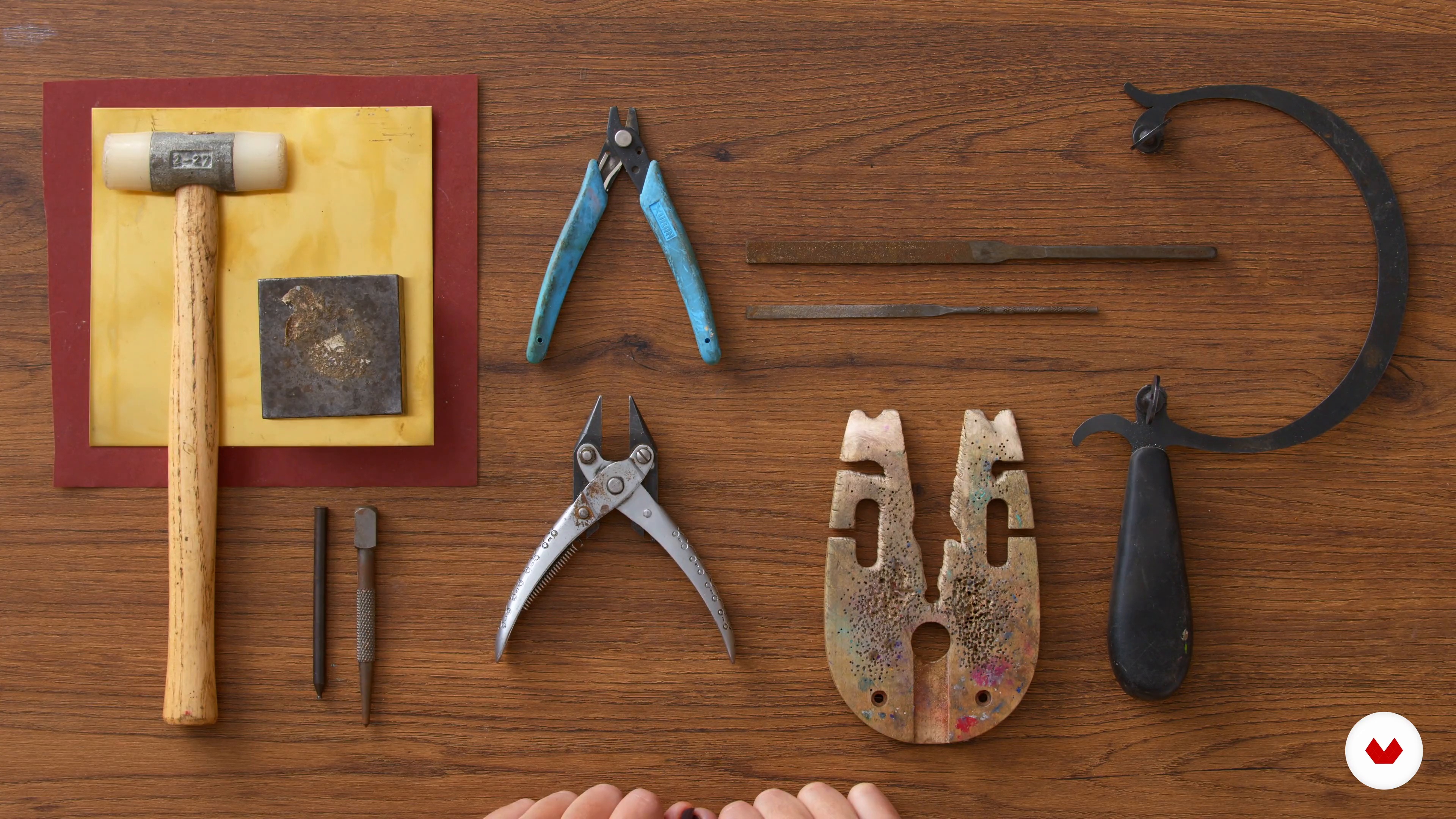


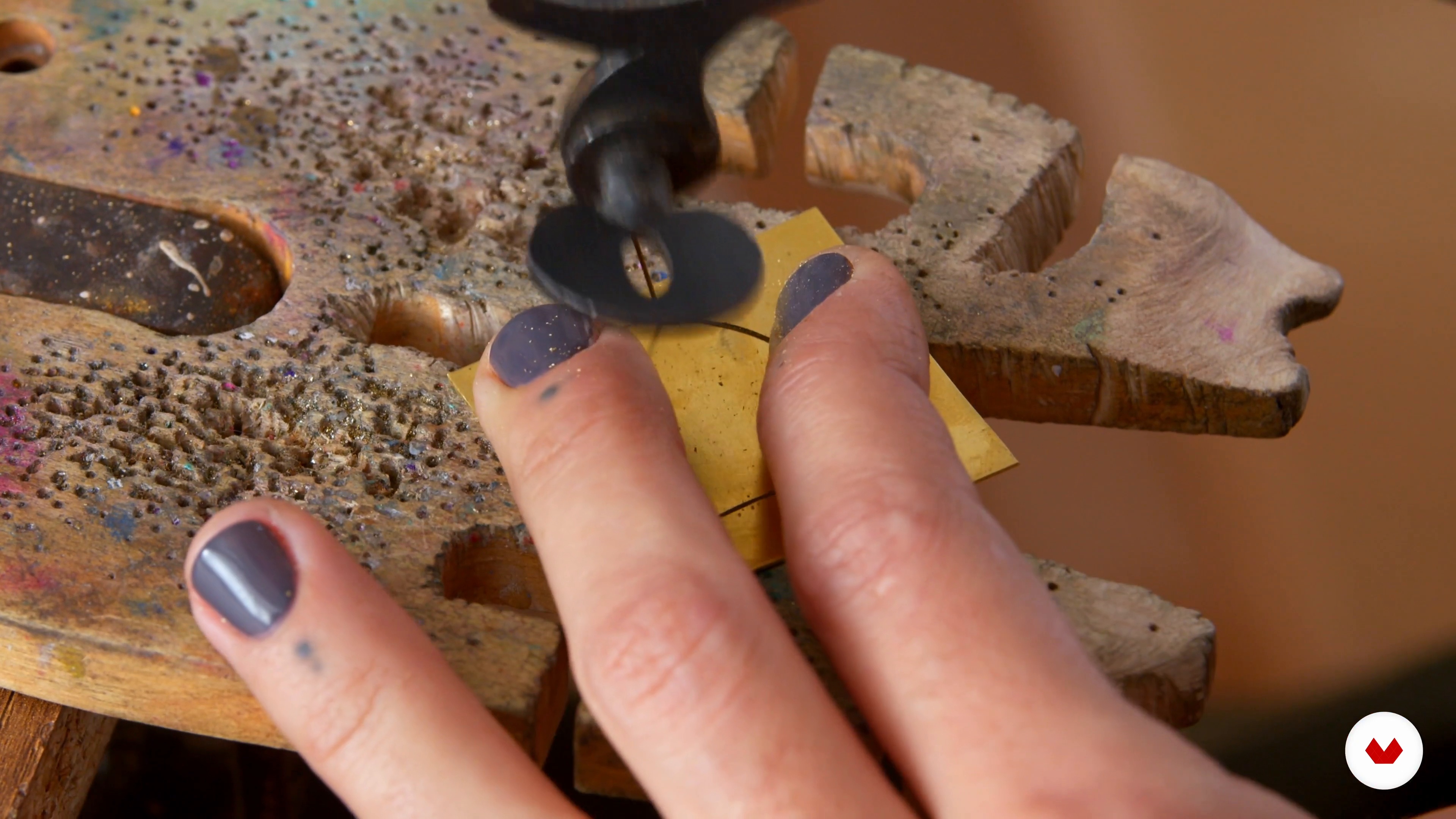
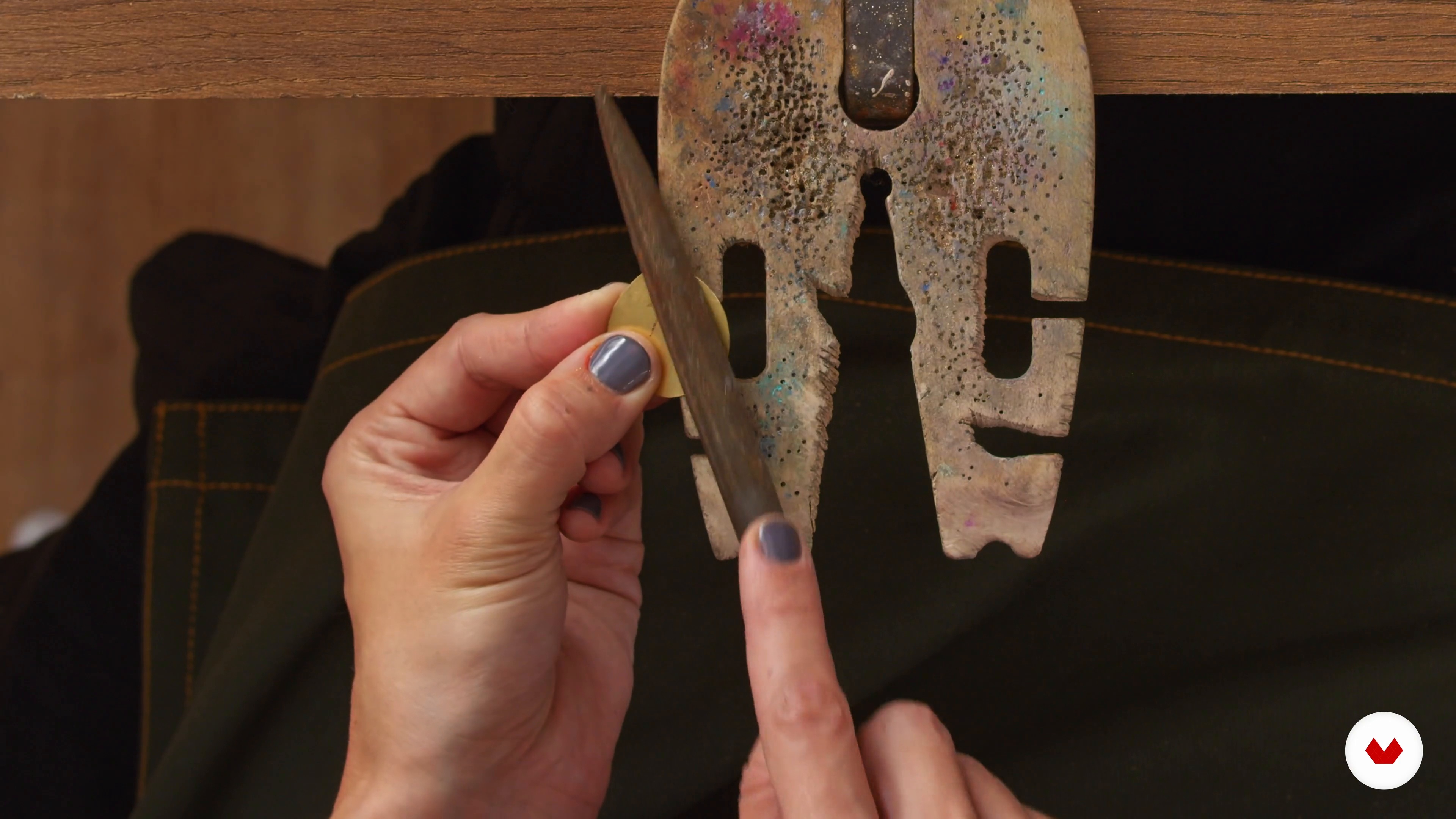
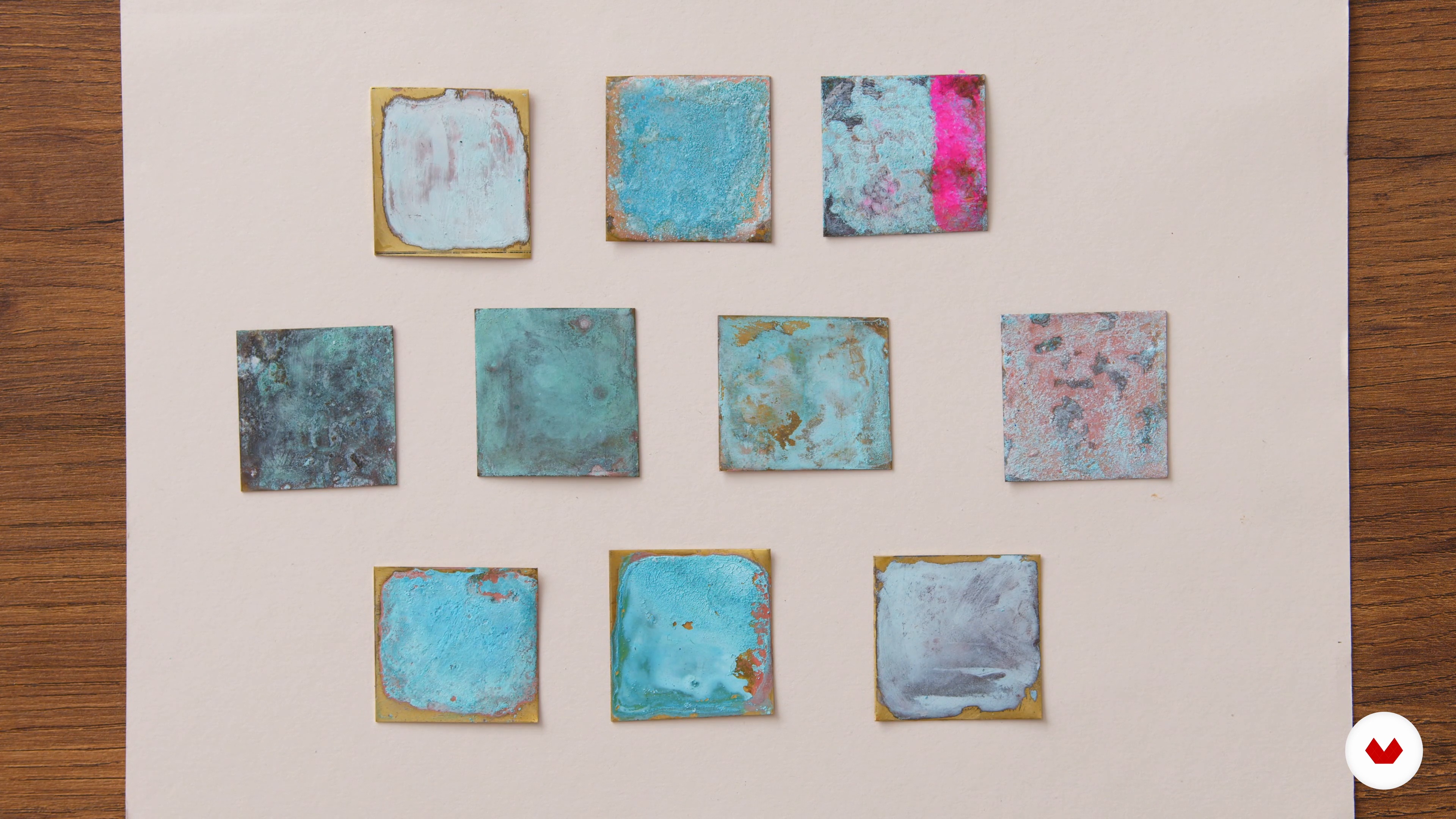
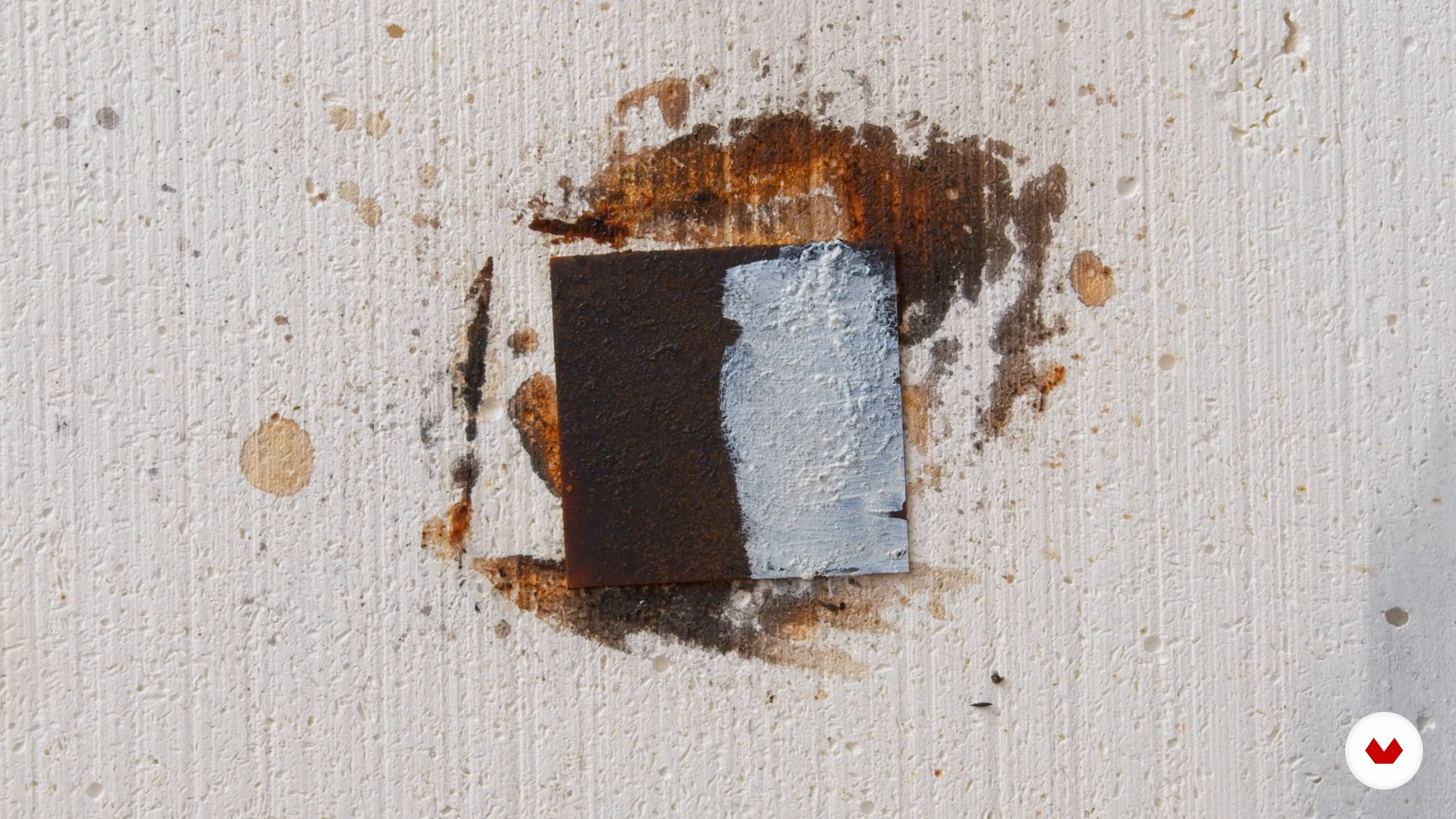


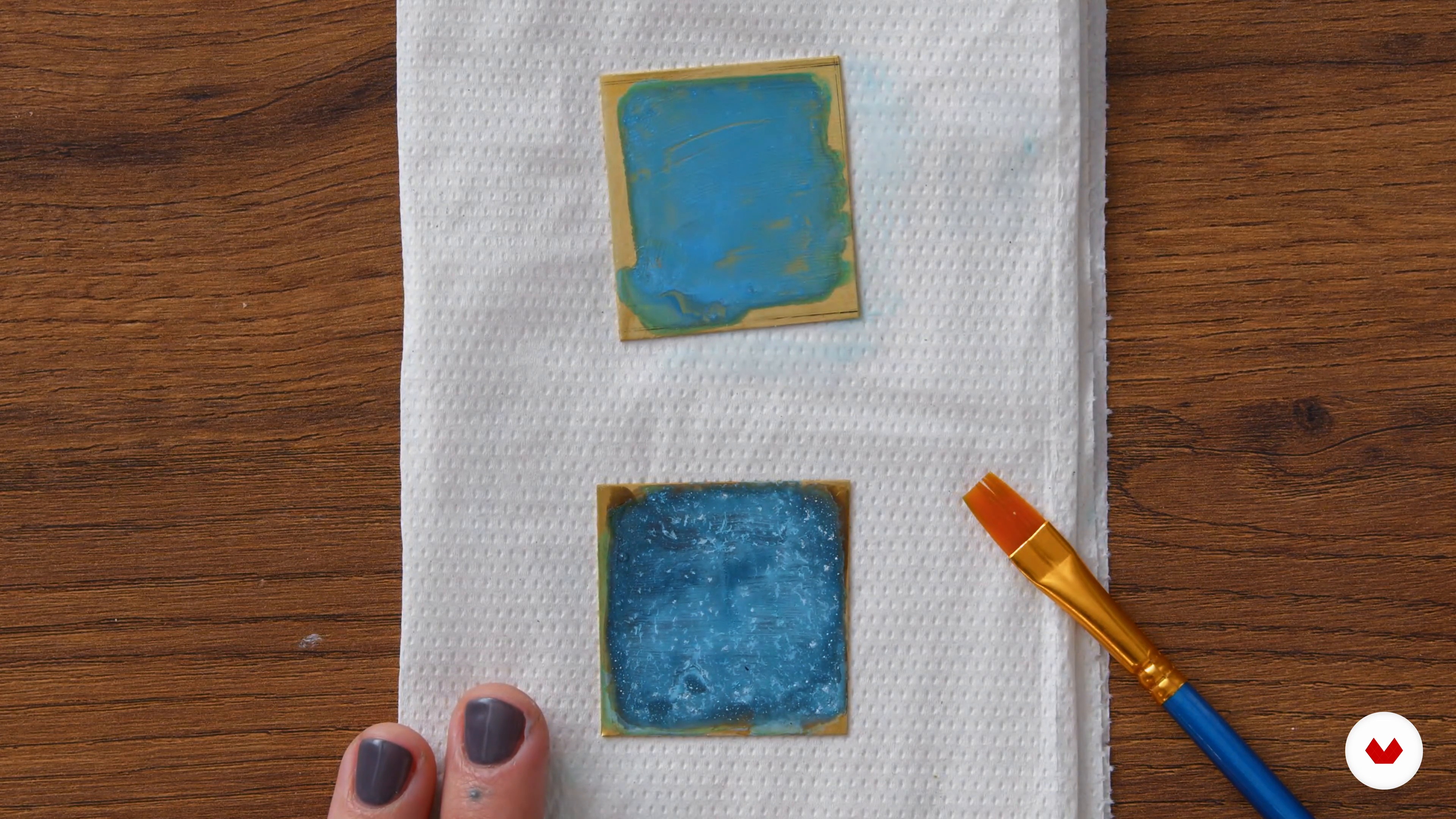

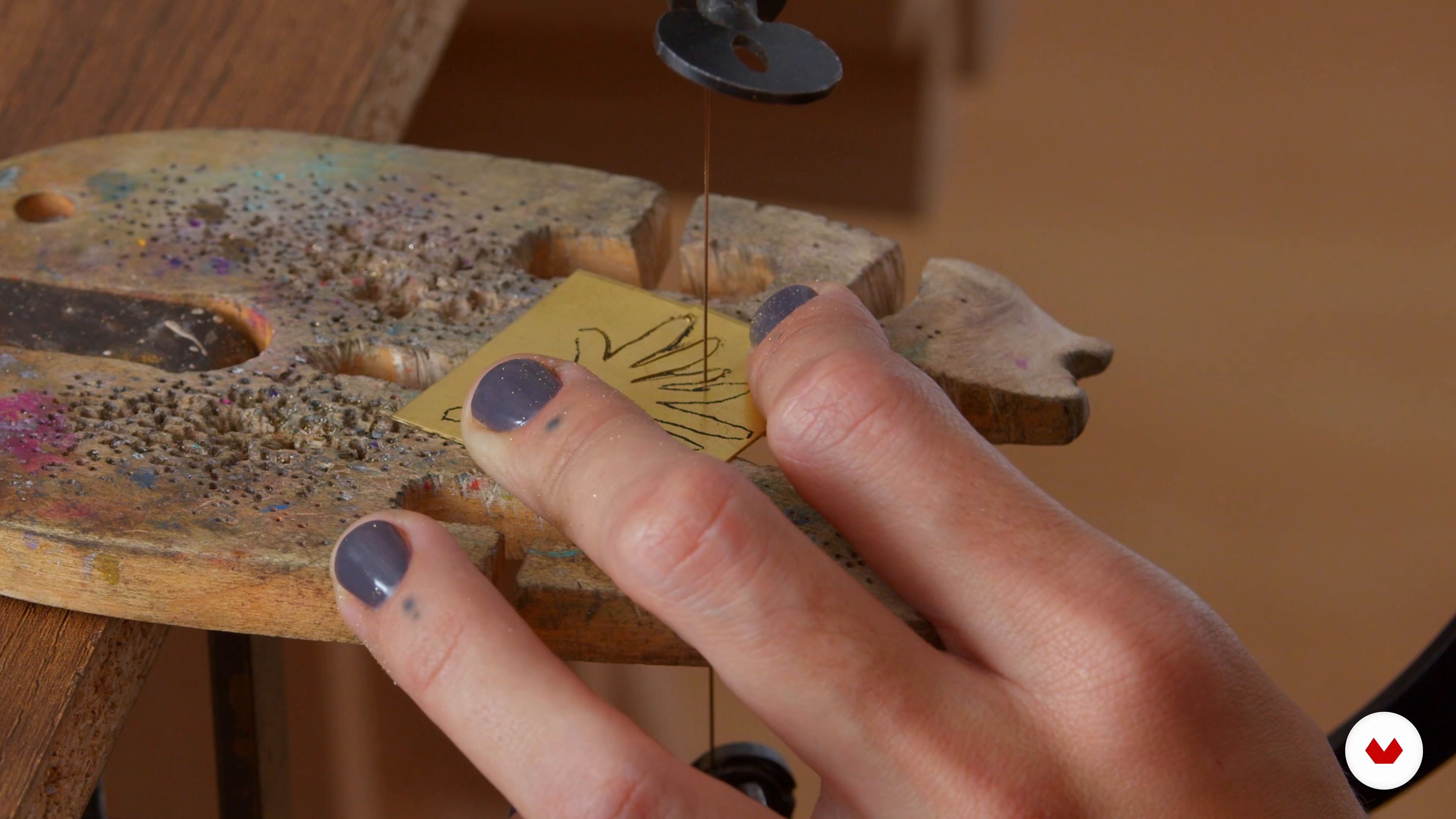
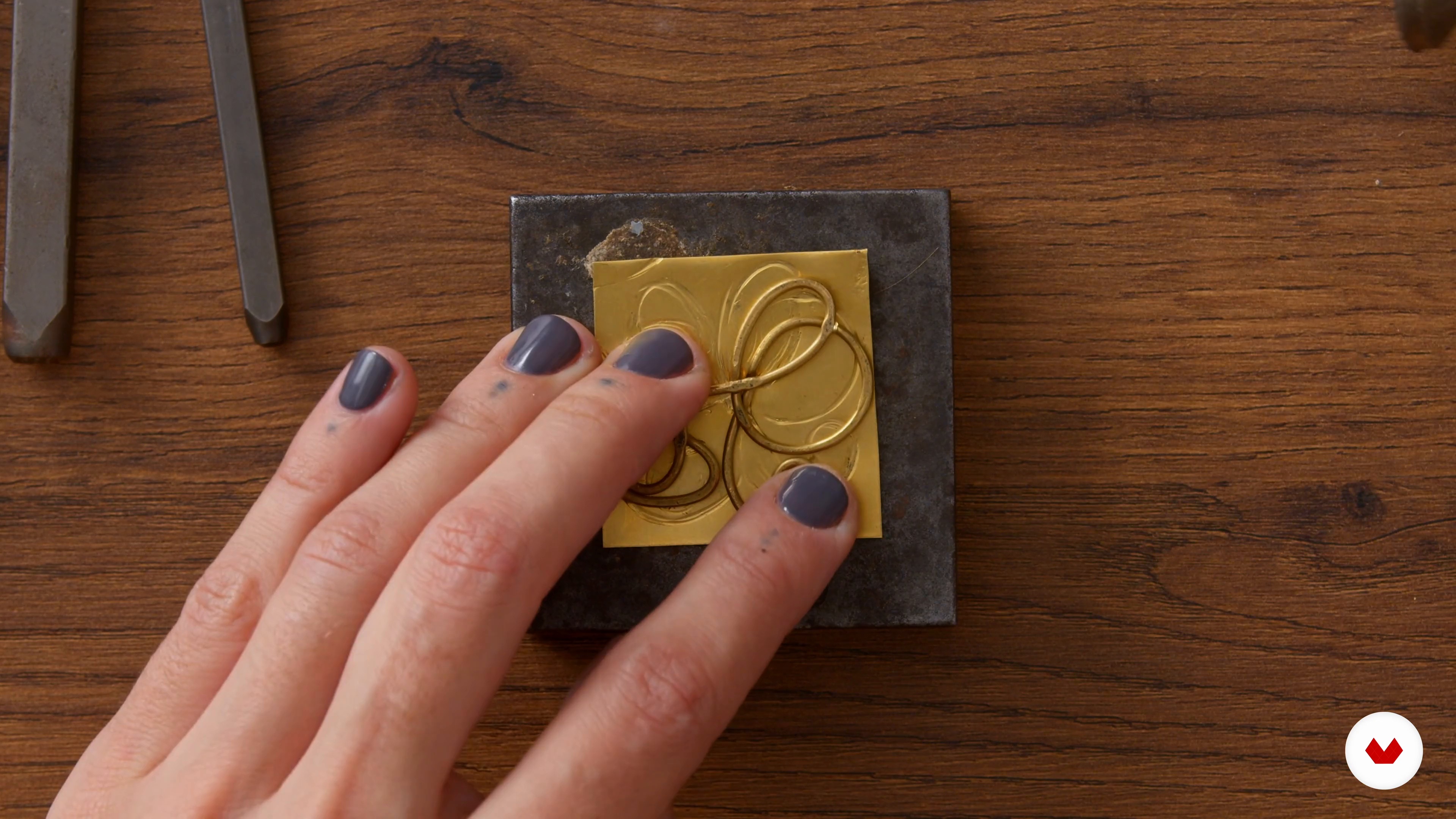
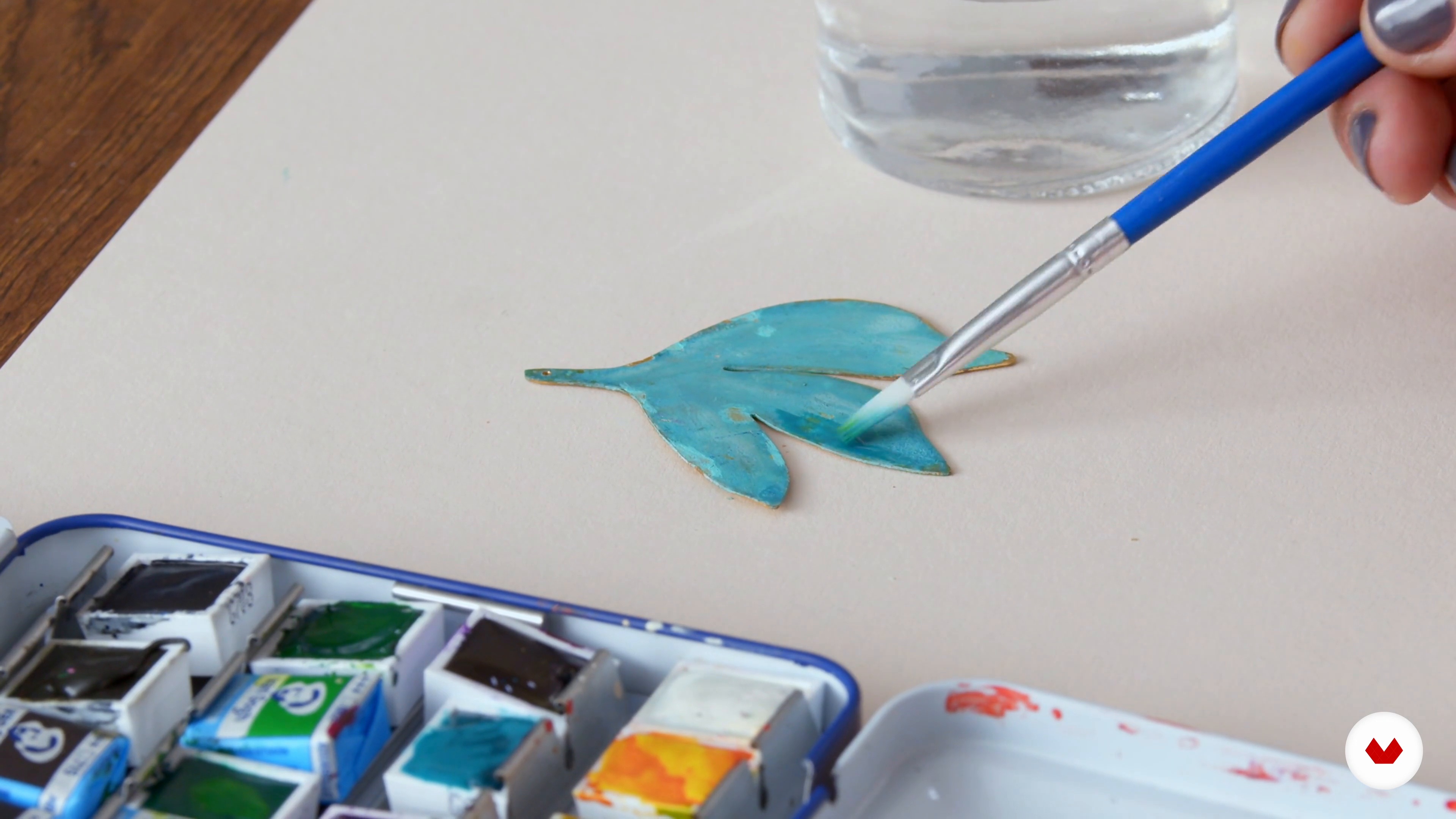
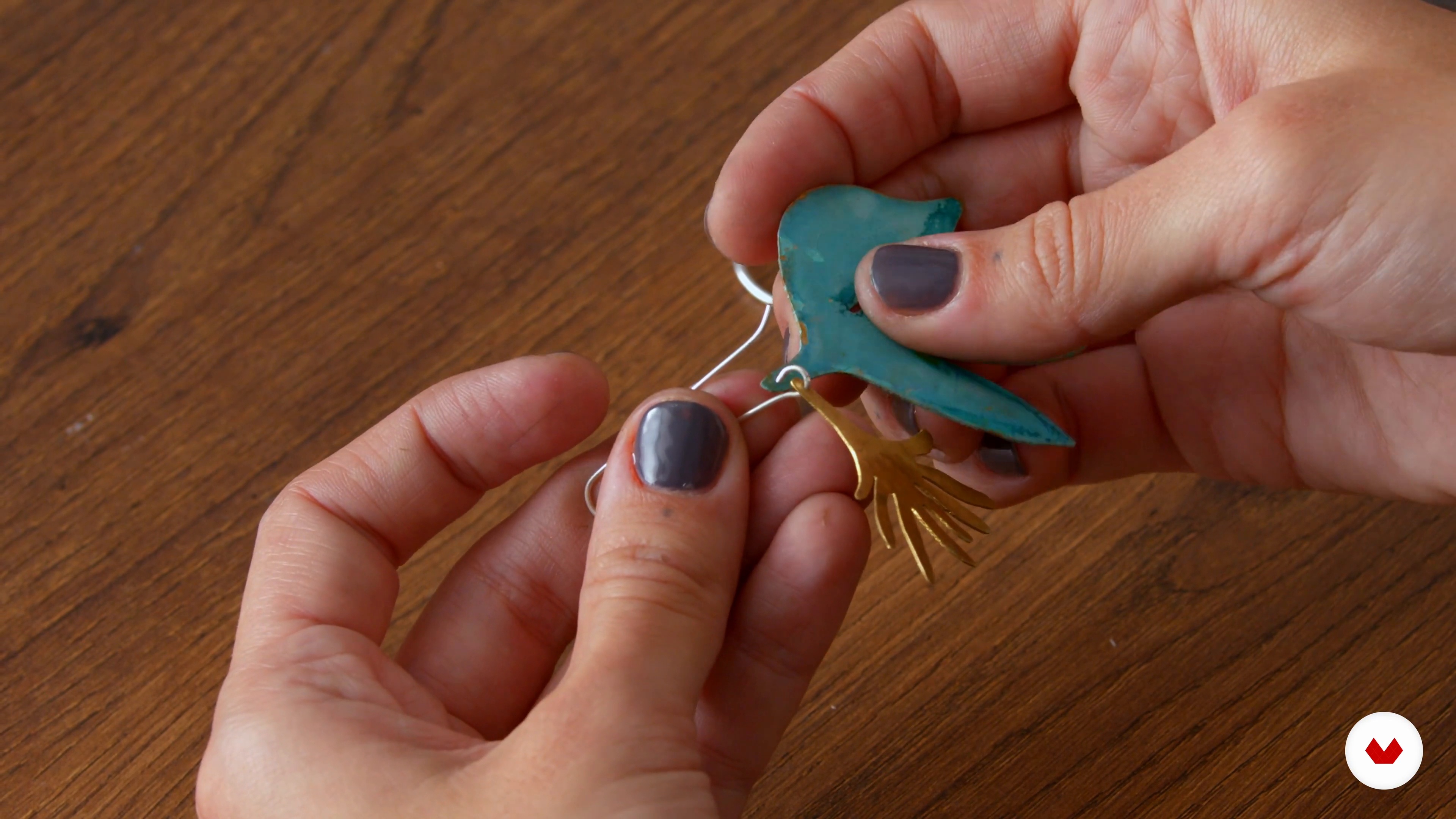
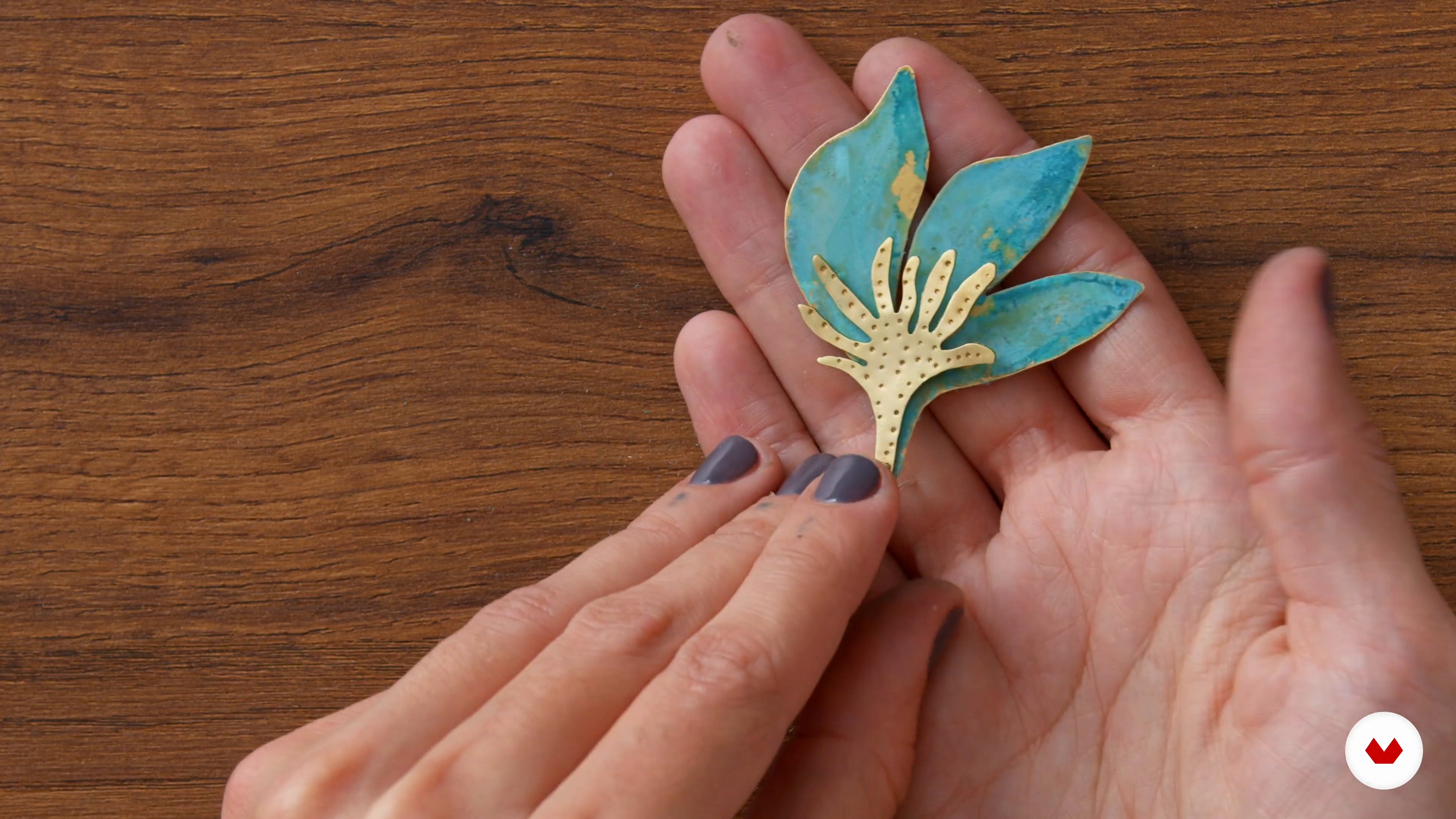

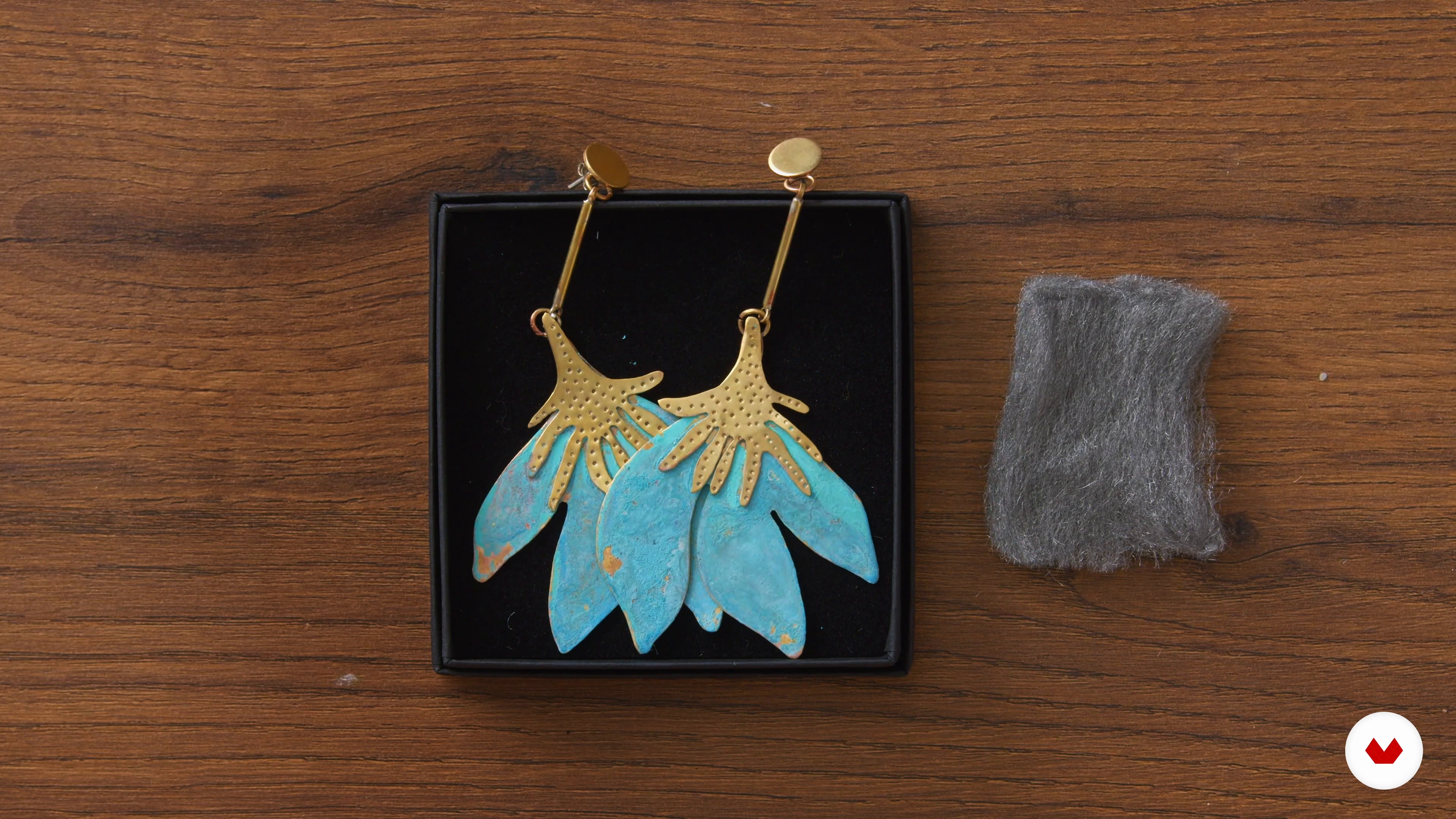

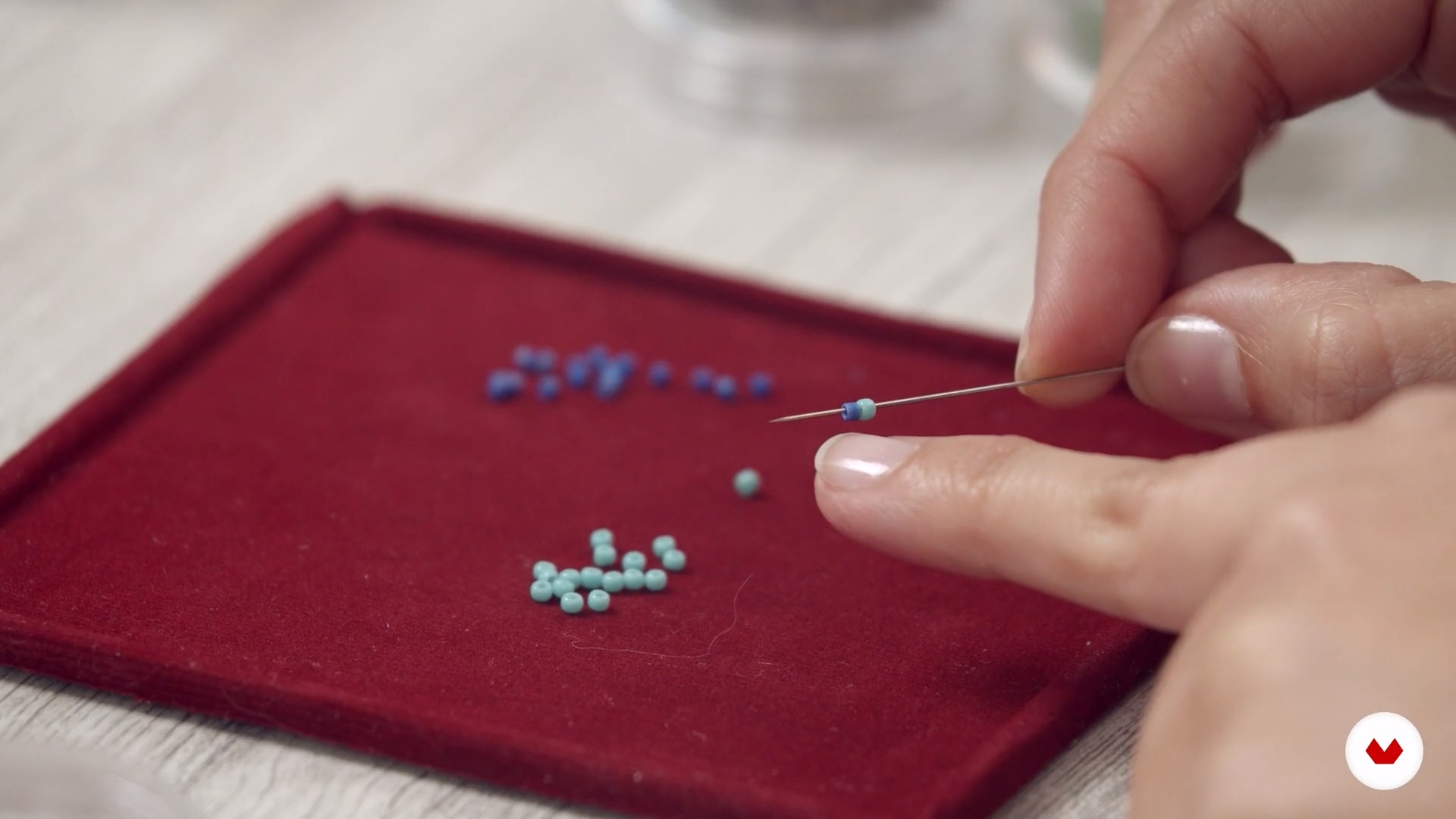







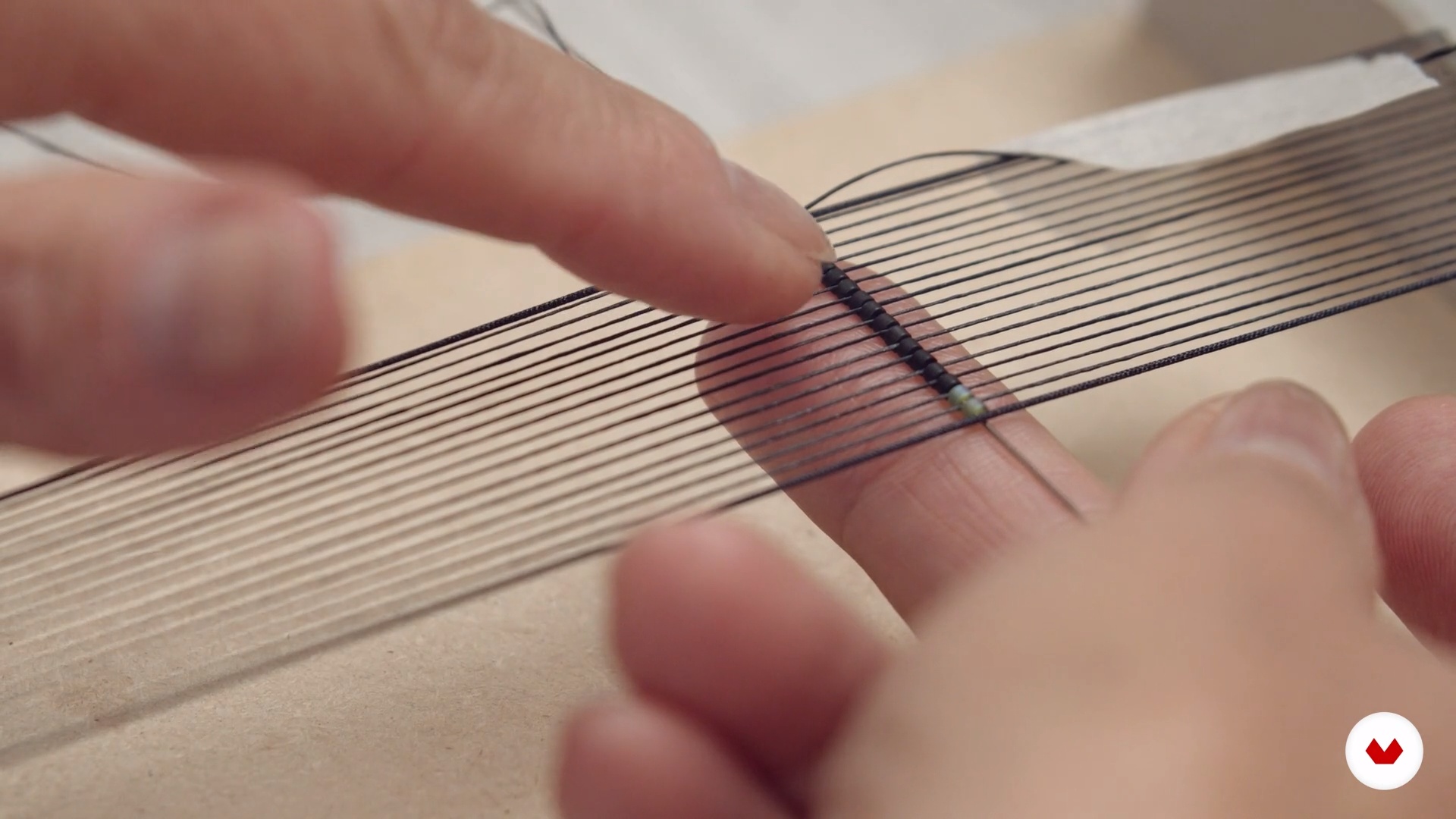
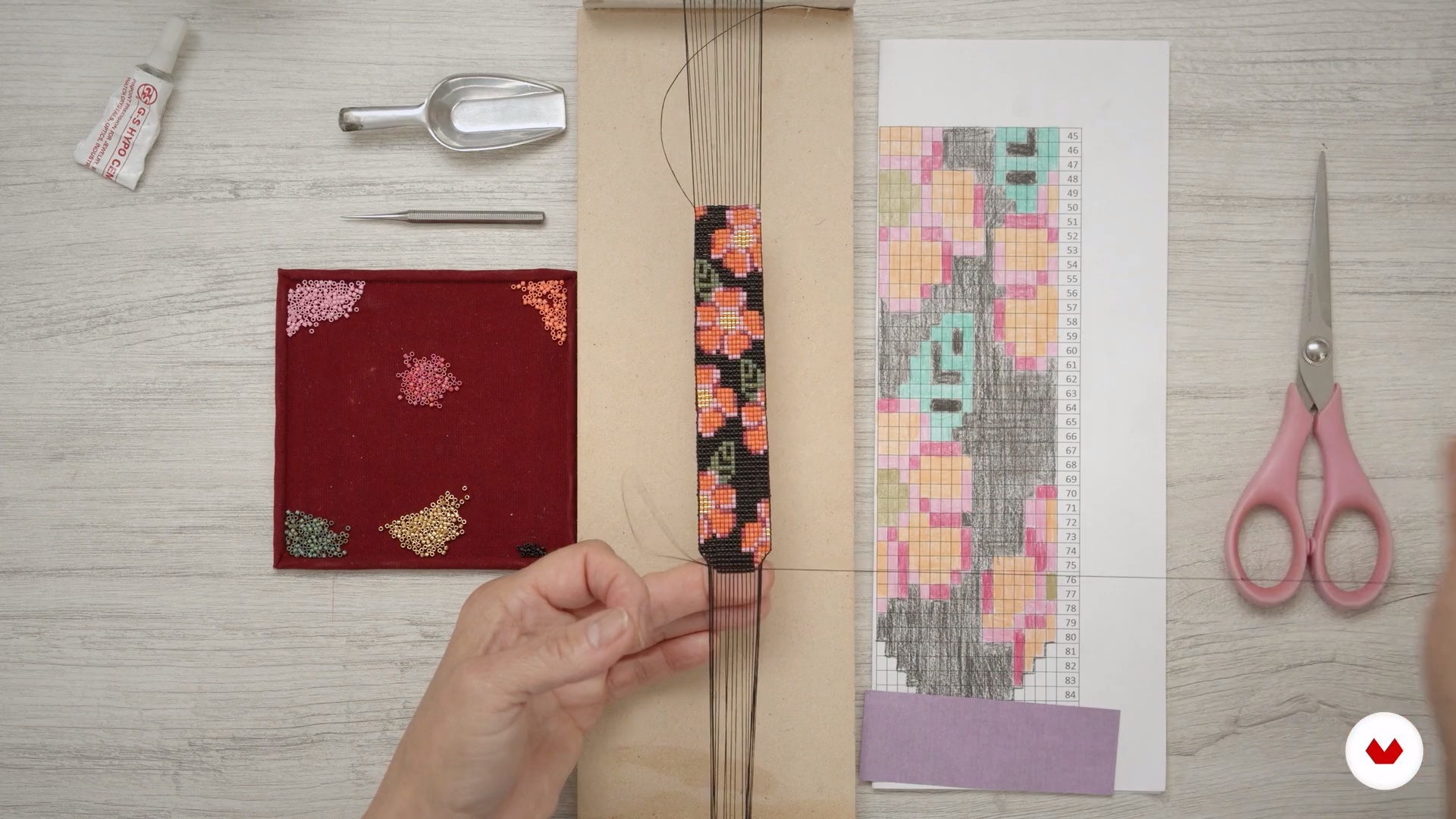
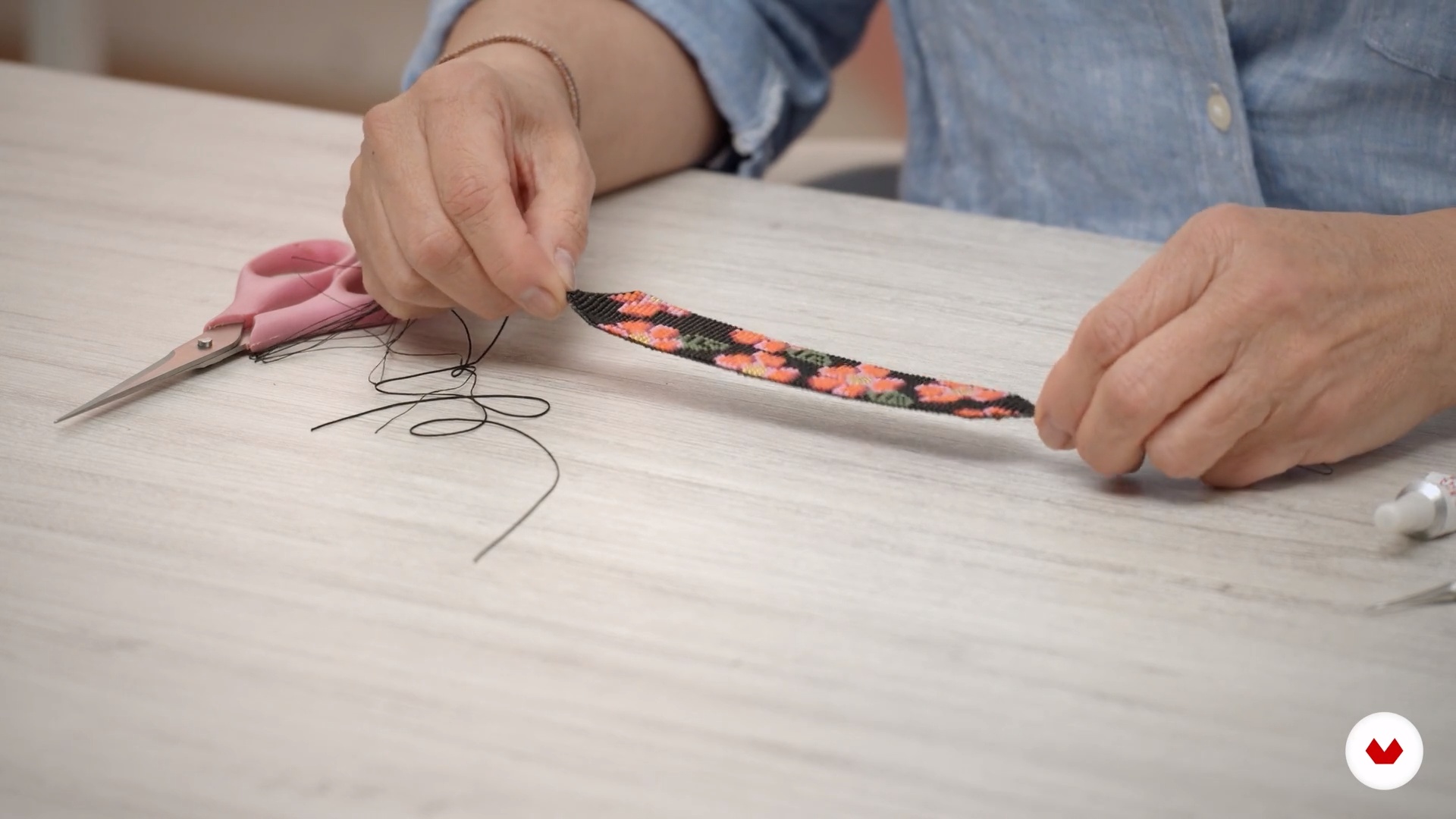
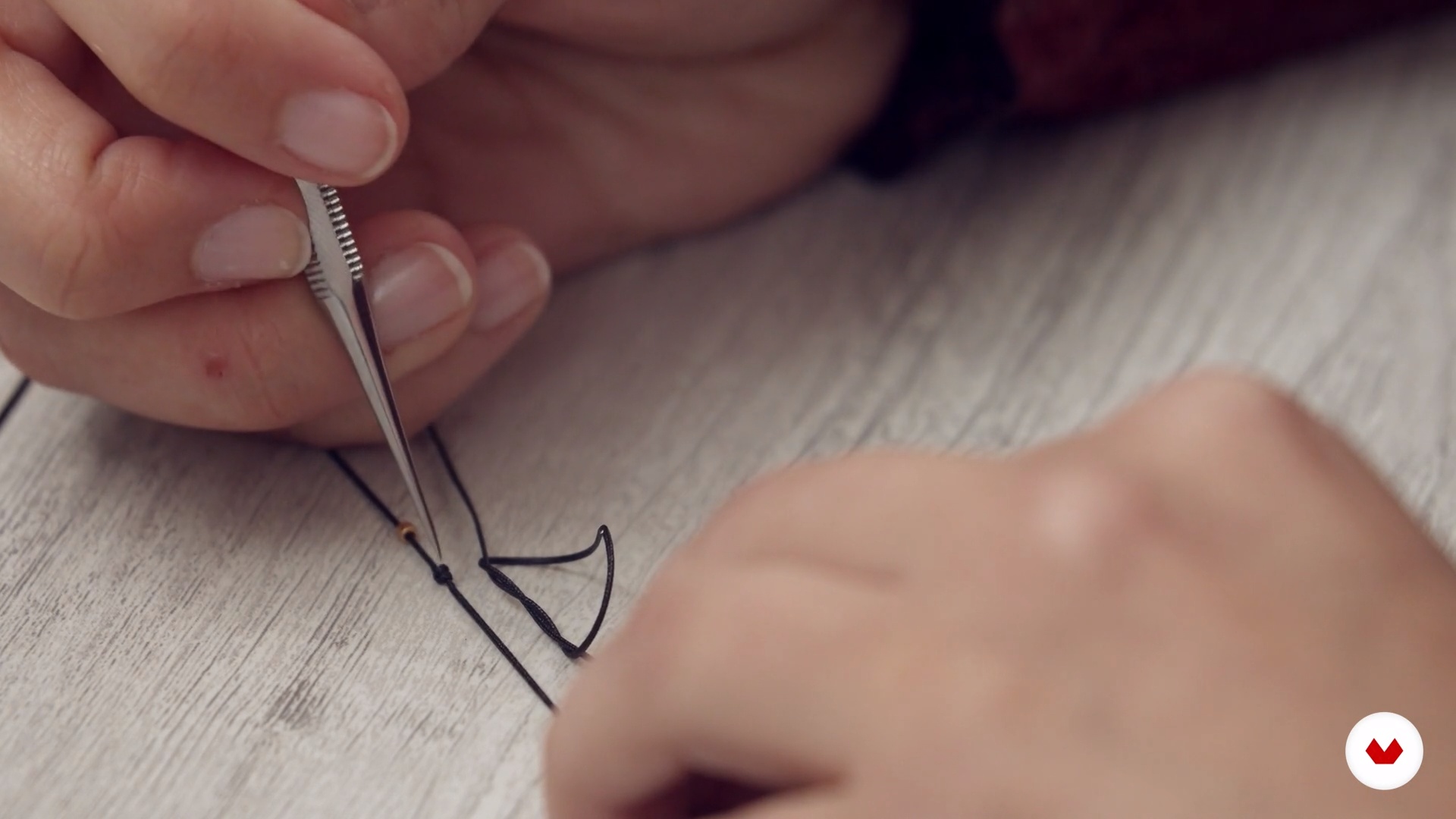

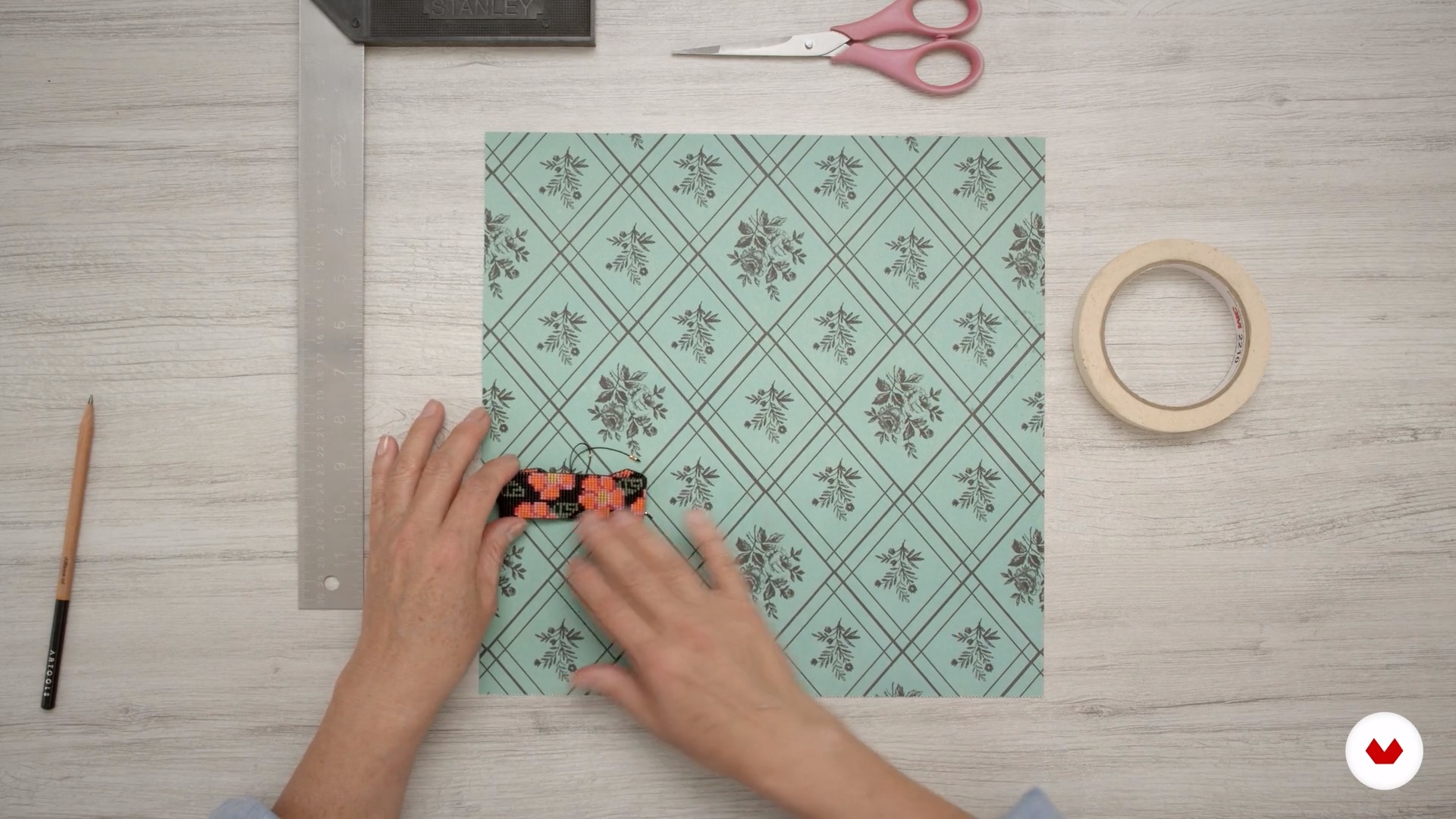


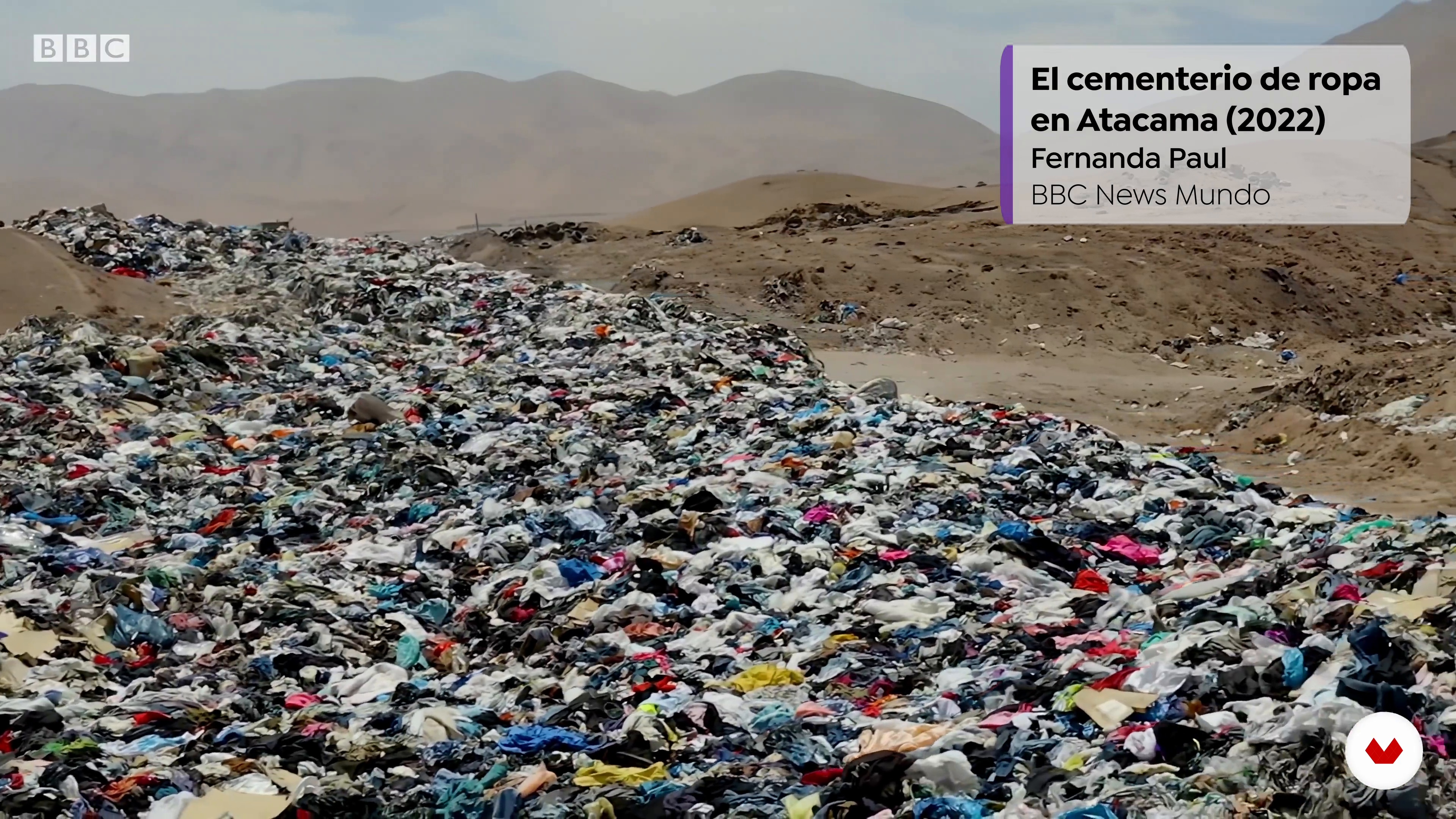
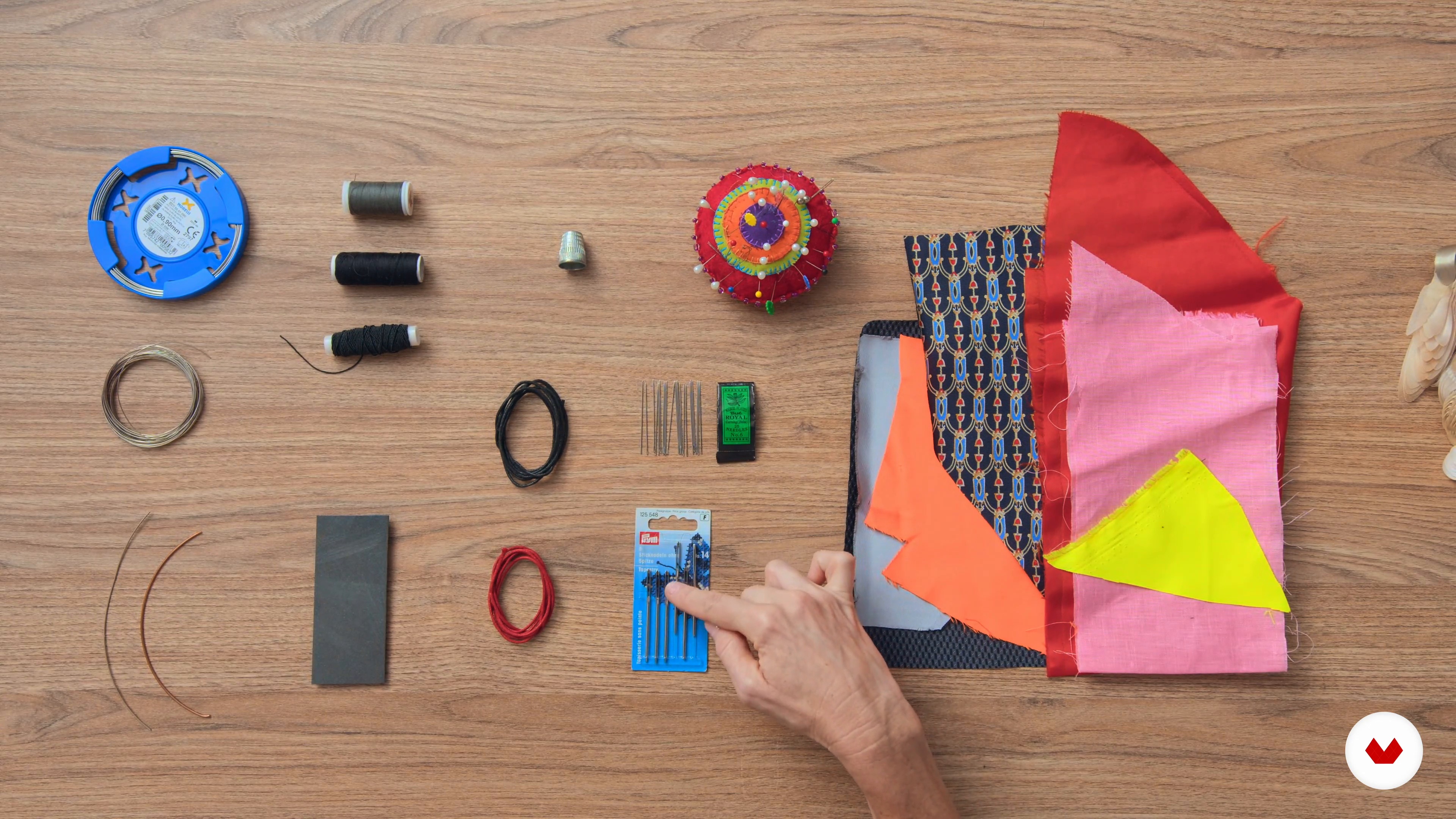
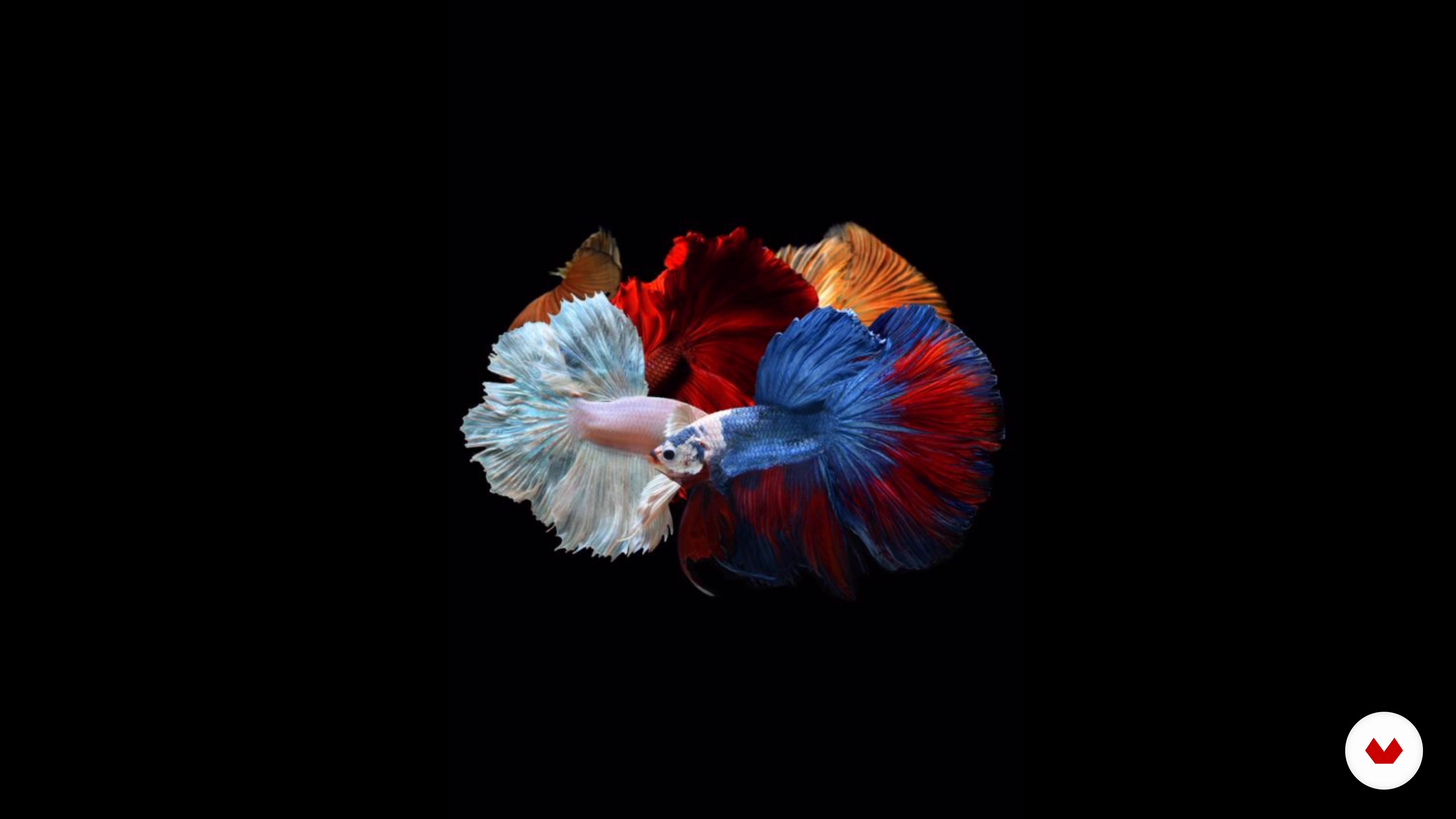
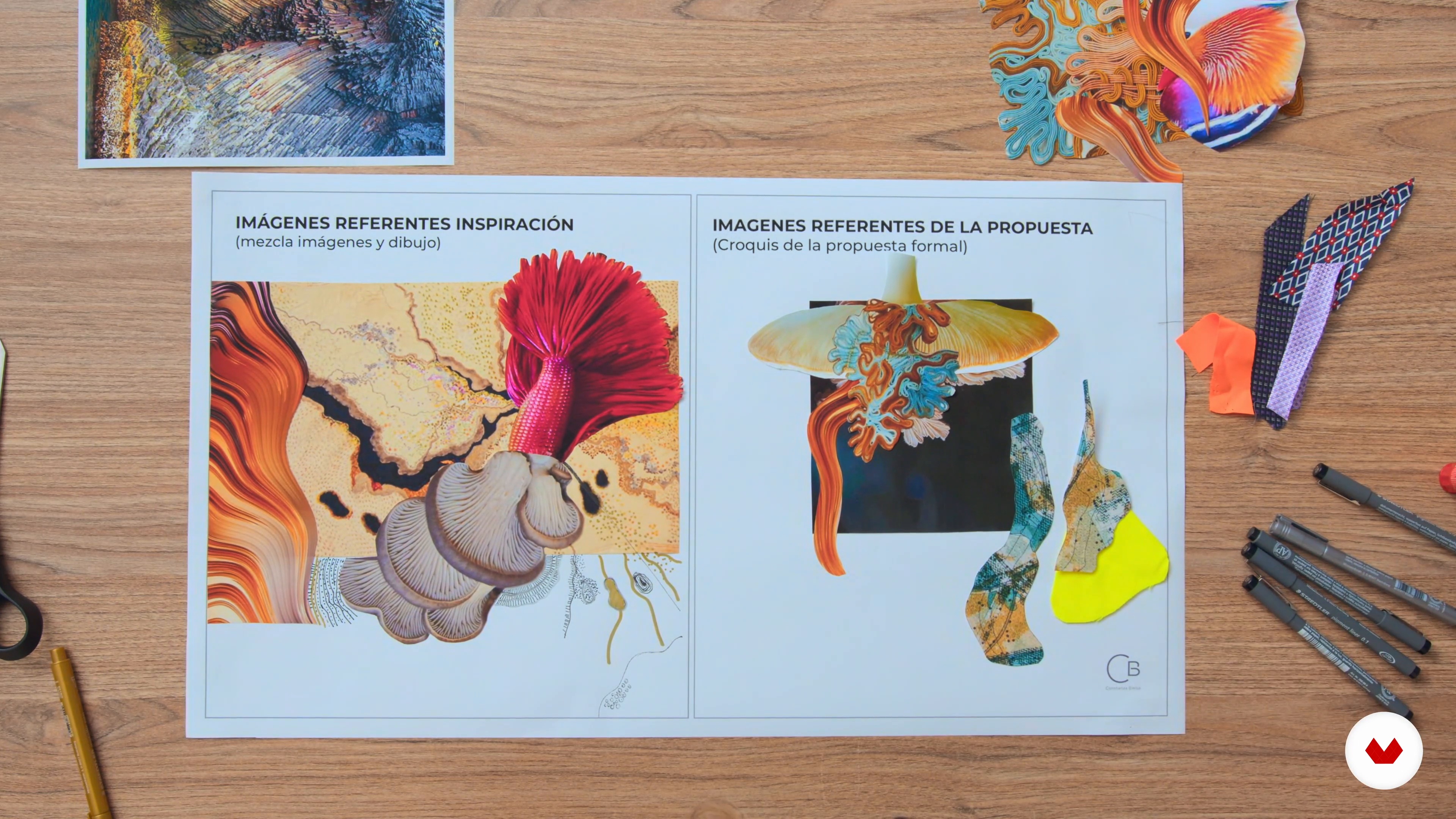

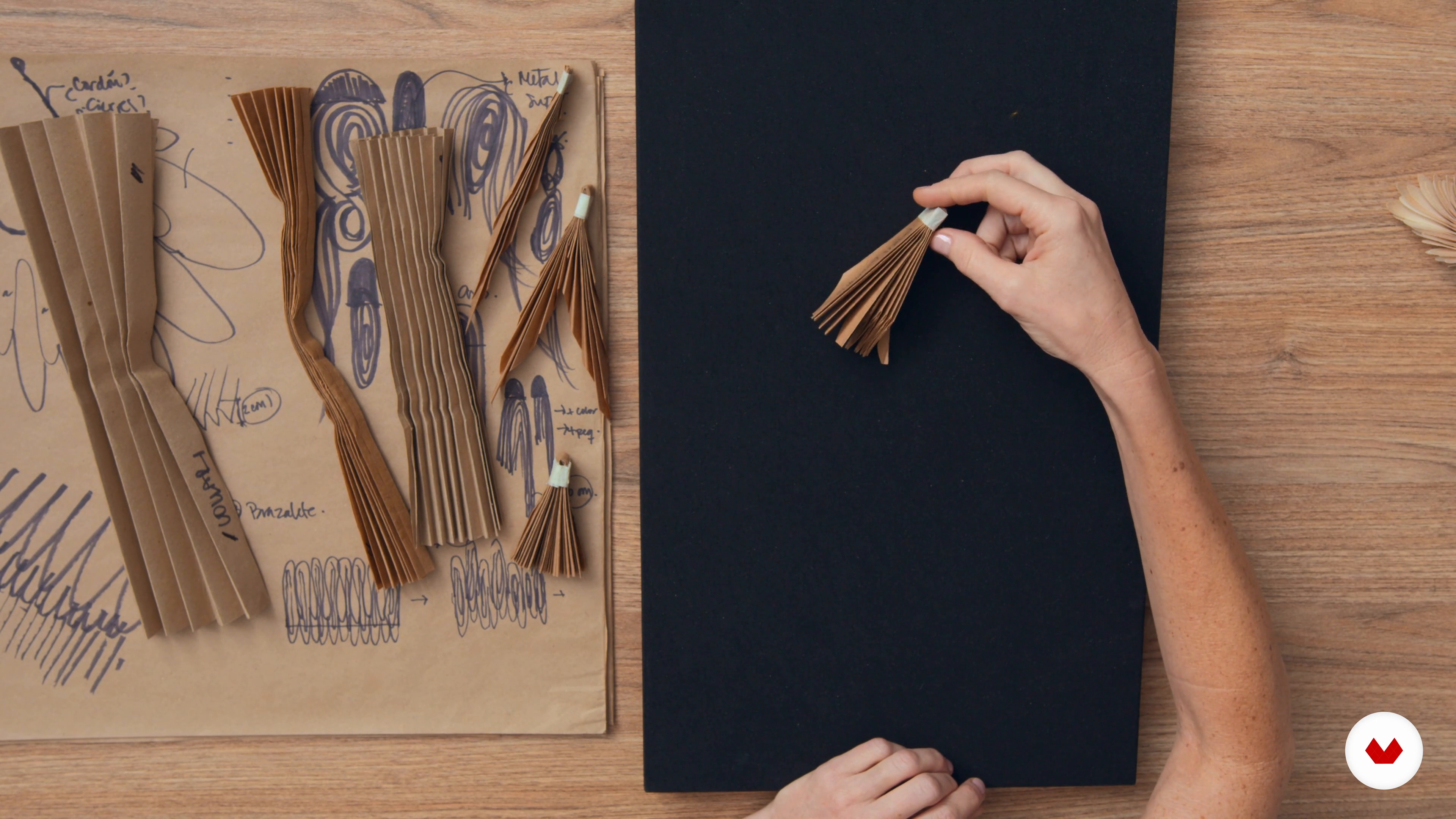

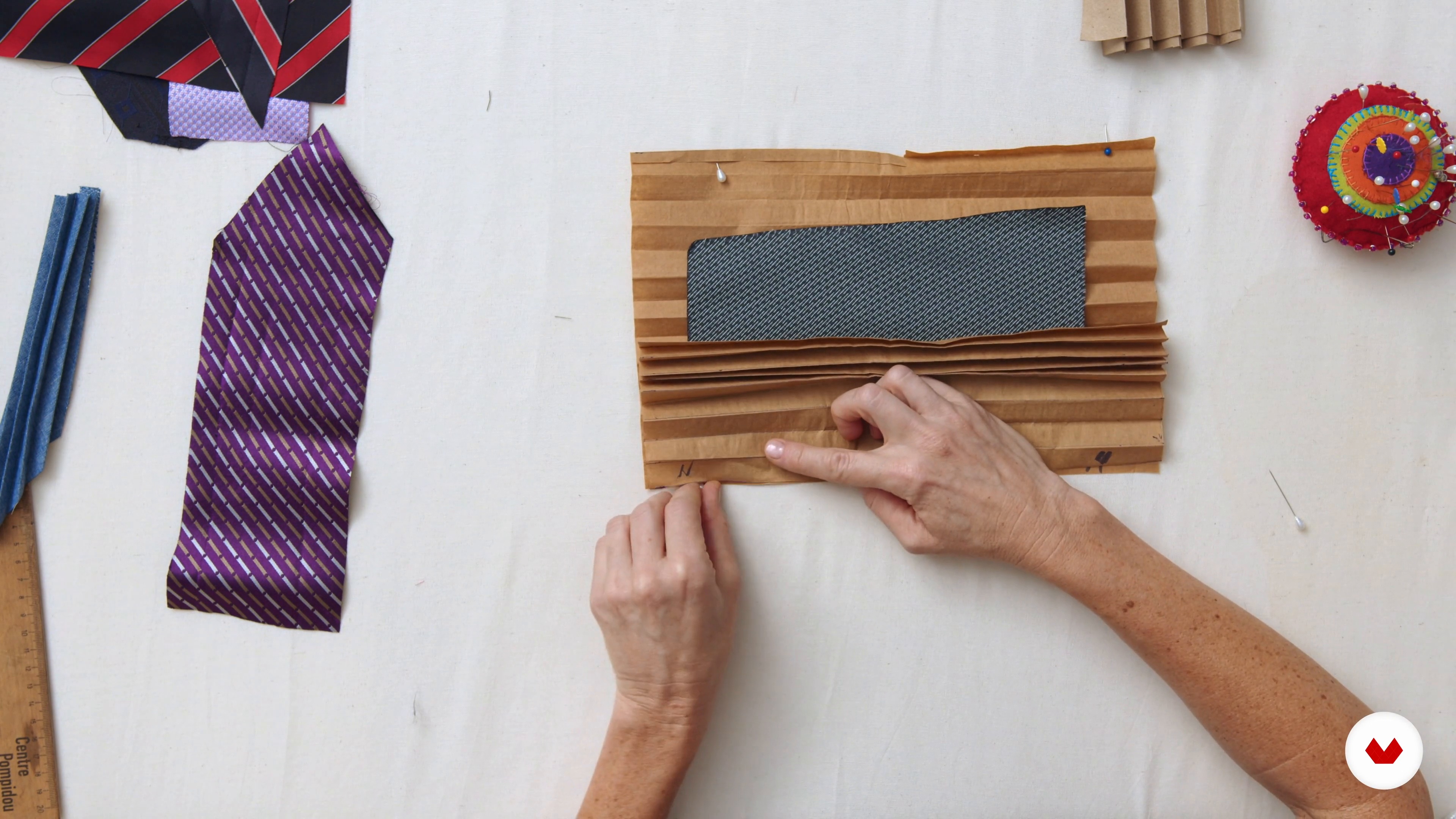
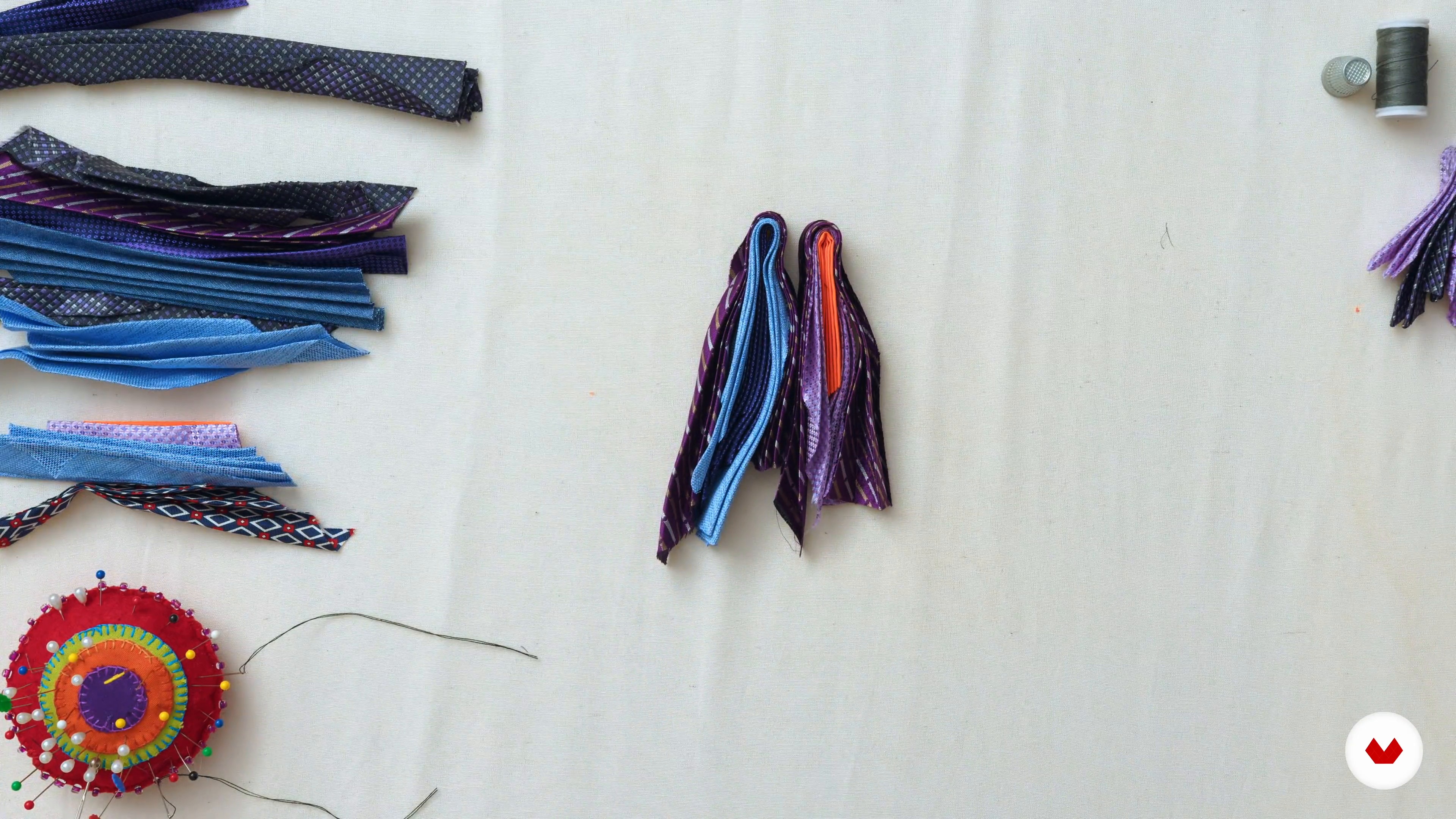
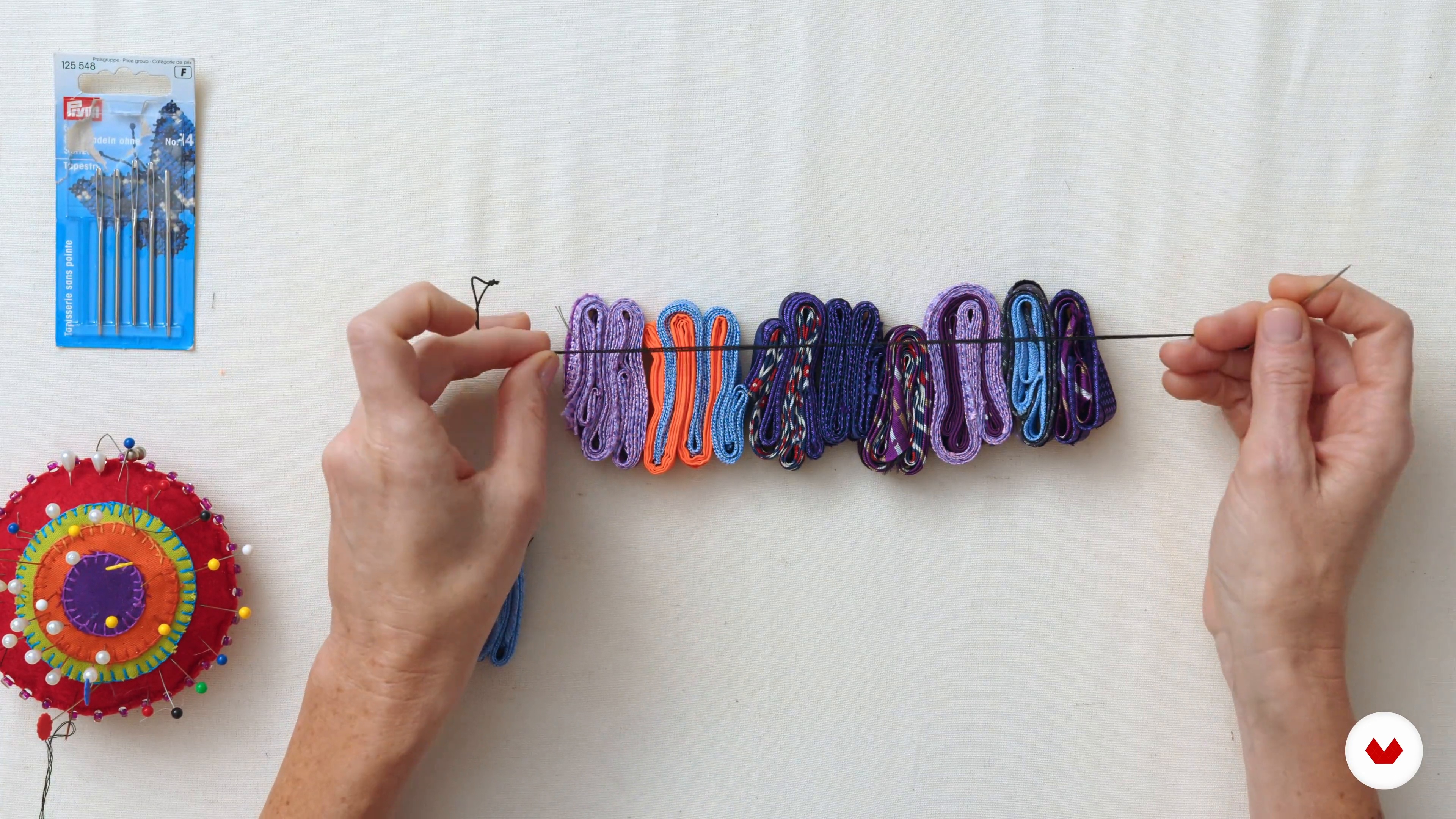

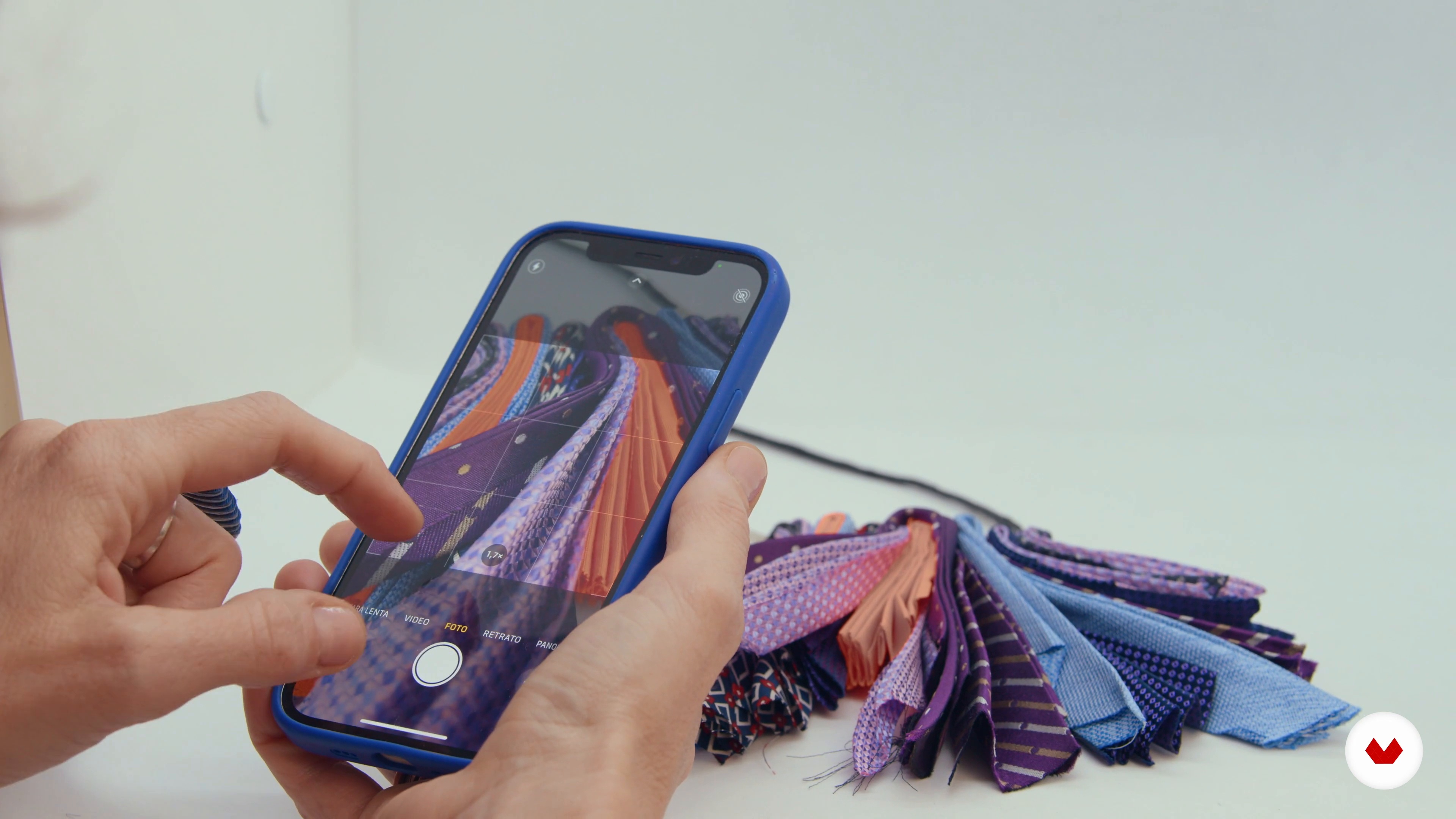
- 261 students
- 105 lessons (15h 8m)
- 96 additional resources (37 files)
- Online and at your own pace
- Audio: Spanish, English
- Spanish · English · Portuguese · German · French · Italian · Polish · Dutch
- Level: Beginner
- Unlimited access forever
What is this course's project?
Creation of a piece of metal jewelry using cutting, filing, welding, and finishing techniques.
Who is this specialization for?
Ideal for jewelry design enthusiasts and professionals who want to explore innovative and traditional techniques using metal, wire, macramé, and more. Perfect for those looking to express their creativity and develop unique pieces with a personal and contemporary touch.
Requirements and materials
No extensive prior knowledge is required. Basic jewelry tools such as pliers, pliers, and fine files are recommended. Materials such as wire, beads, stones, and metal are essential for exploring the techniques taught and creating unique, personalized pieces.

What to expect from this specialization course
-
Learn at your own pace
Enjoy learning from home without a set schedule and with an easy-to-follow method. You set your own pace.
-
Learn from the best professionals
Learn valuable methods and techniques explained by top experts in the creative sector.
-
Meet expert teachers
Each expert teaches what they do best, with clear guidelines, true passion, and professional insight in every lesson.
-
Certificates
PlusIf you're a Plus member, get a custom certificate for every specialization course. Share it on your portfolio, social media, or wherever you like.
-
Get front-row seats
Videos of the highest quality, so you don't miss a single detail. With unlimited access, you can watch them as many times as you need to perfect your technique.
-
Share knowledge and ideas
Ask questions, request feedback, or offer solutions. Share your learning experience with other students in the community who are as passionate about creativity as you are.
-
Connect with a global creative community
The community is home to millions of people from around the world who are curious and passionate about exploring and expressing their creativity.
-
Watch professionally produced courses
Domestika curates its teacher roster and produces every course in-house to ensure a high-quality online learning experience.
FAQs
Domestika's specialization courses are online classes that provide you with the tools and skills you need to complete a specific project. Every step of the project combines video lessons with complementary instructional material, so you can learn by doing. Domestika's specializations also allow you to share your own projects with other students, creating a dynamic course community.
All specialization courses are 100% online, so once they're published, specialization courses start and finish whenever you want. You set the pace of the class. You can go back to review what interests you most and skip what you already know, ask questions, answer questions, share your projects, and more.
The specialization courses are divided into different modules. Each one includes lessons, informational text, tasks, and practice exercises to help you carry out your project step by step, with additional complementary resources and downloads. You'll also have access to an exclusive forum where you can interact with other students, as well as share your work and your final project, creating a community around the specialization course.
You can redeem the specialization course you received by accessing the redeeming page and entering your gift code.








